
A Day At The Rickinghall Classic Car Show
We arrived at 9.30 am at the Ricknghall Car Show to be greeted by the lovely Geoff Short, on behalf of the Jaguar Car Club,


We arrived at 9.30 am at the Ricknghall Car Show to be greeted by the lovely Geoff Short, on behalf of the Jaguar Car Club,

Our Ford Transit MKII has been with classic car technicians Steve and Lydia recently as the strip-down continues. Lydia took the covers and foams off
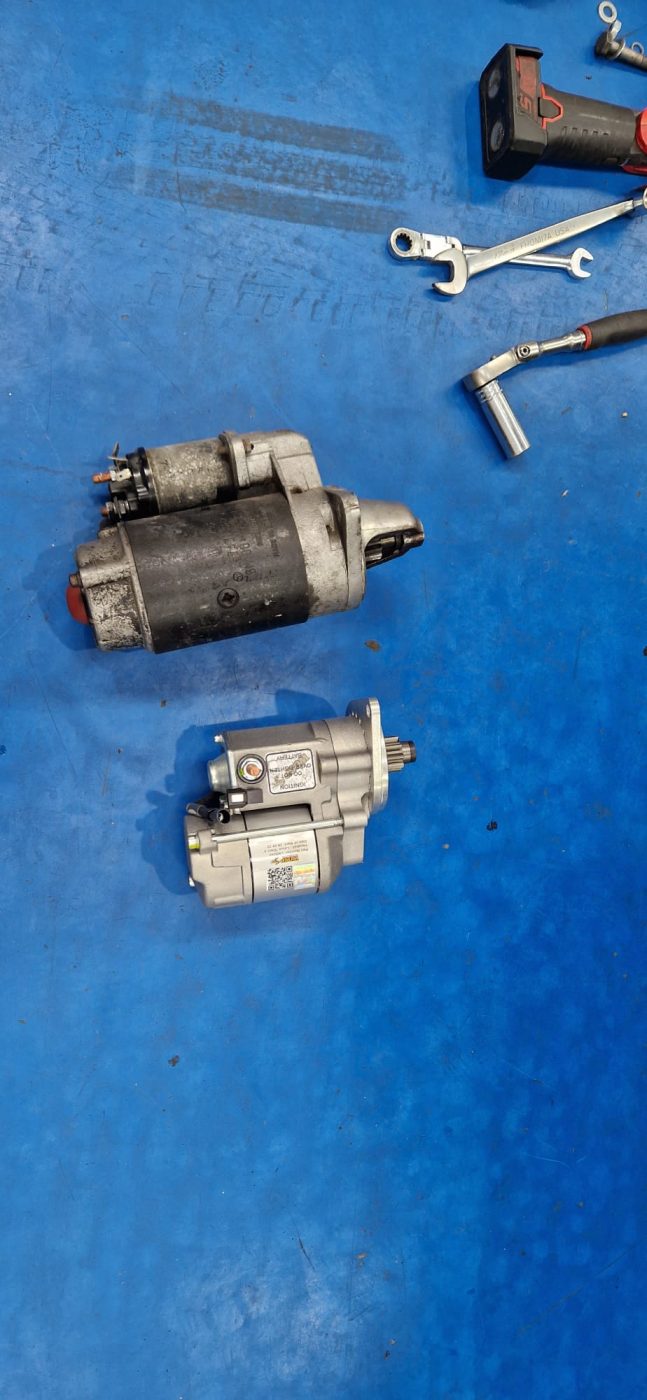
Classic car technician Jon has been working on our 1980 Talbot Lotus Sunbeam which has recently returned to the Bridge Classic Cars workshop. Jon’s main
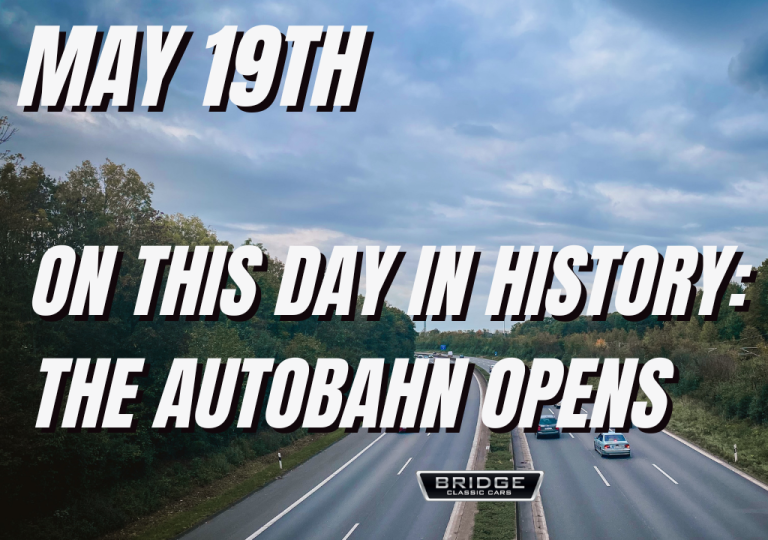
On May 19th 1935, the first section of the now-famous Autobahn opened. This first section was around 14 miles long and was opened by Adolf

We recently welcomed a 1964 Jaguar MKII into the Bridge Classic Cars workshop. Despite this beautiful classic car not being here very long, our team
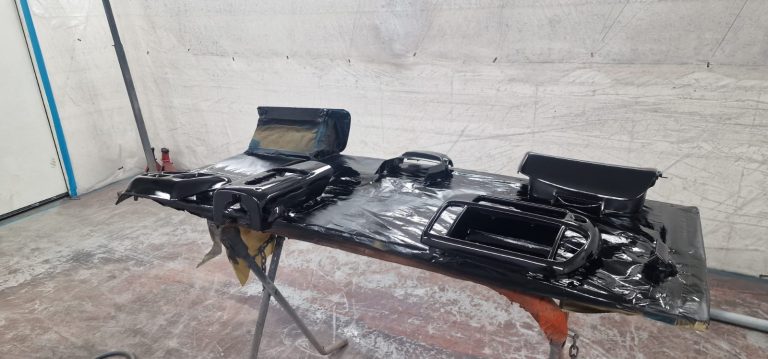
At the request of the new owner of our 2005 Suzuki Every, classic car technician Al has painted the white interior components black. The newly
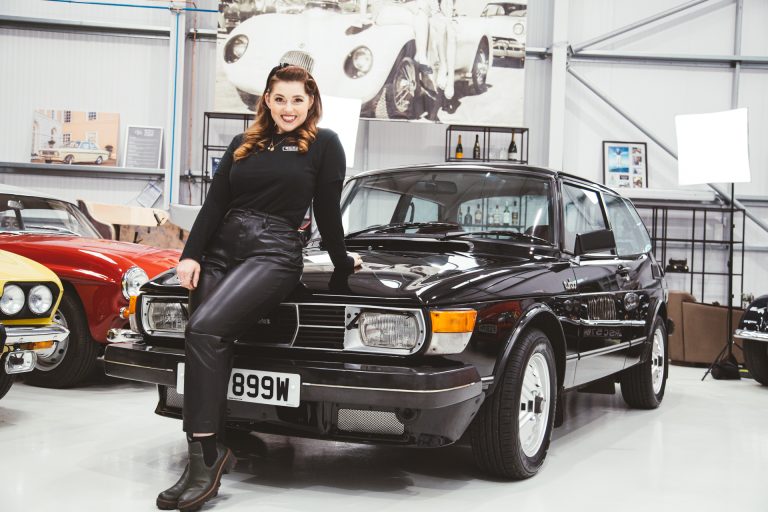
Our 1980 Saab 99 Turbo is live on the Bridge Classic Cars Competitions website. After being refurbished by our team of classic car technicians, it
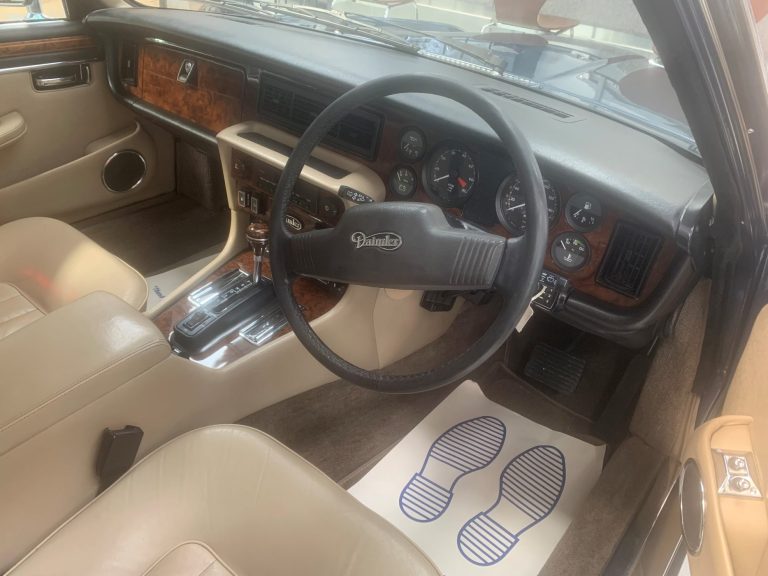
Our 1987 Daimler Double Six recently returned to the Bridge Classic Cars workshop. After leaving us last year, it has come back for our team
When we delivered our 1958 Austin-Healey ‘Frogeye’ Sprite to William Gordon, who had won it through Bridge Classic Cars Competitions, we couldn’t help but notice

Classic car technician Brian has been working on our 1959 Jensen 541R and has been making parts for the dash of our rare Jensen. Brian

Our 1958 AC Ace has had a new tonneau cover made by Brian and Lydia. Brian made paper patterns for the steering wheel cover before

Today marks the halfway point of Mental Health Awareness Week 2023. The official theme for this year is anxiety. This theme was set by the
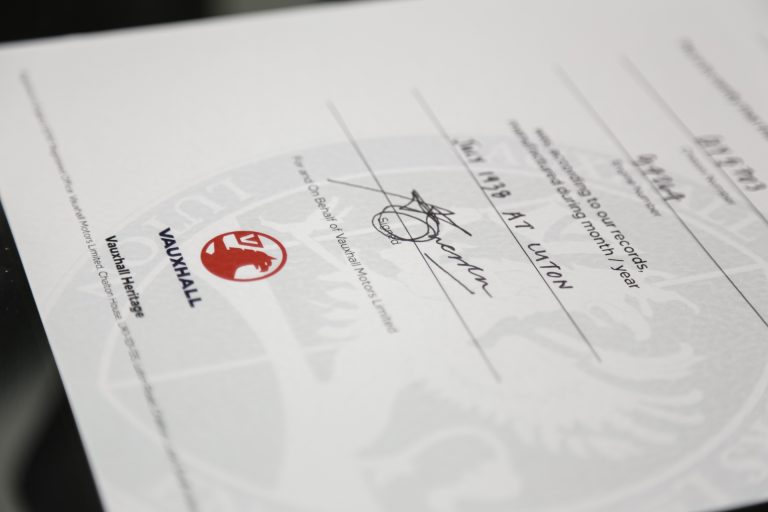
We recently received a certificate of manufacture from Vauxhall Heritage which gave us a bit more information about our Vauxhall Wingham. As a result of
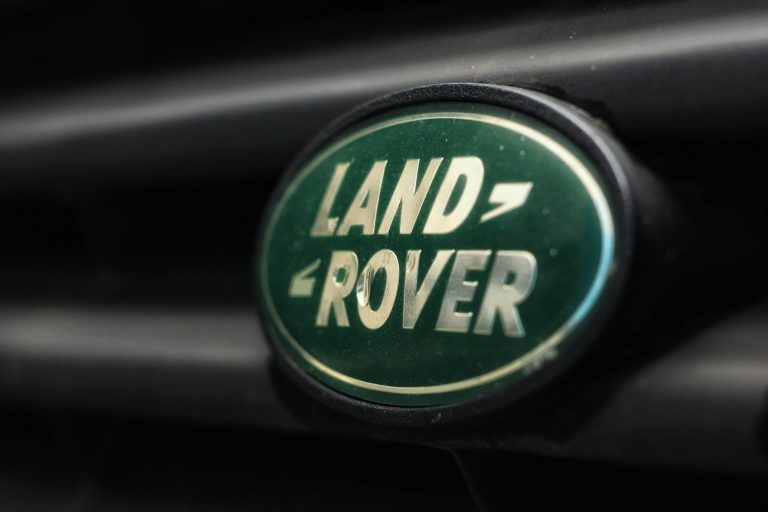
The Land Rover Defender is an iconic vehicle that has left an undeniable mark on the automotive industry. Renowned for its ruggedness, versatility, and off-road

Bridge Classic Cars Director, Gordon is going to be attending both the Monaco and Barcelona Grand Prix this year. To acknowledge his trip, we have
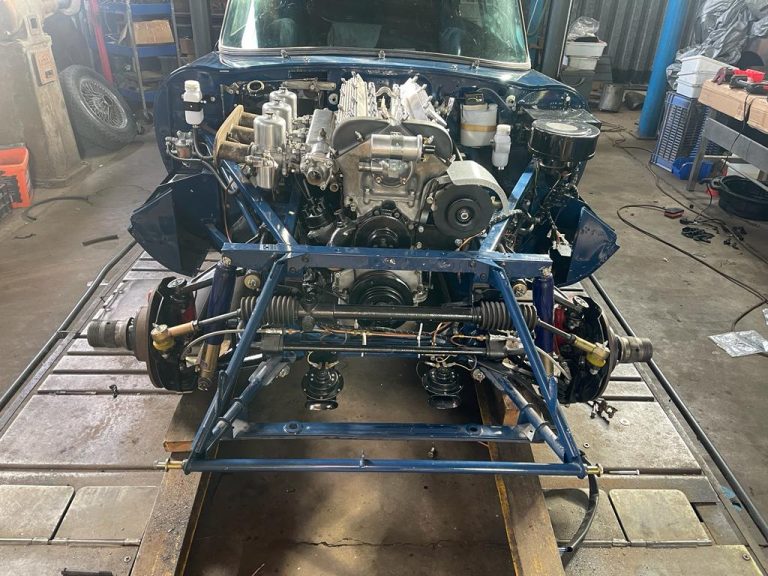
The reassembly of our very special 1968 Jaguar E-Type has well and truly begun. With the engine going into the future competition car, it has

A good friend of Bridge Classic Cars, John Ryall, recently sent us some photos of The Cape 1000 – a grand touring rally that is
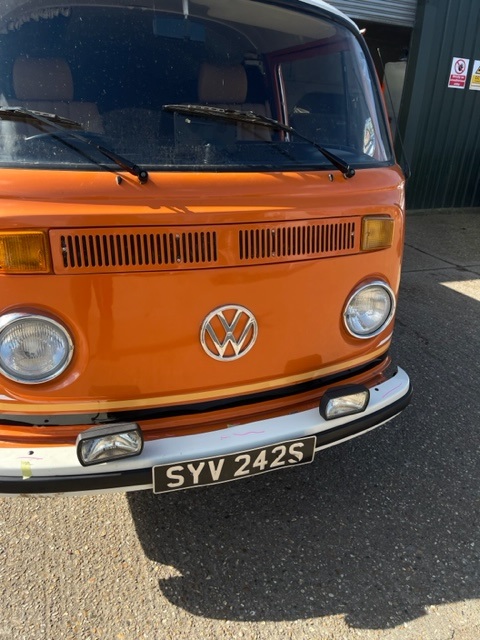
Work has begun on our 1977 Volkswagen T2 Kombi. As various areas of imperfections have been noted by the team, these will all be rectified

Episode 2 of Talking Classics with Bridge Classic Cars is now live on our YouTube Channel. This episode is all about the Lotus Elise. During

Our 1971 Jensen FF MKII has been with classic car technician John after returning to the workshop for a few issues to be resolved. John

After classic car technician Brian had used paper patterns to get accurate sizes for the roof of our 1929 Riley 9 Tourer, he removed these,
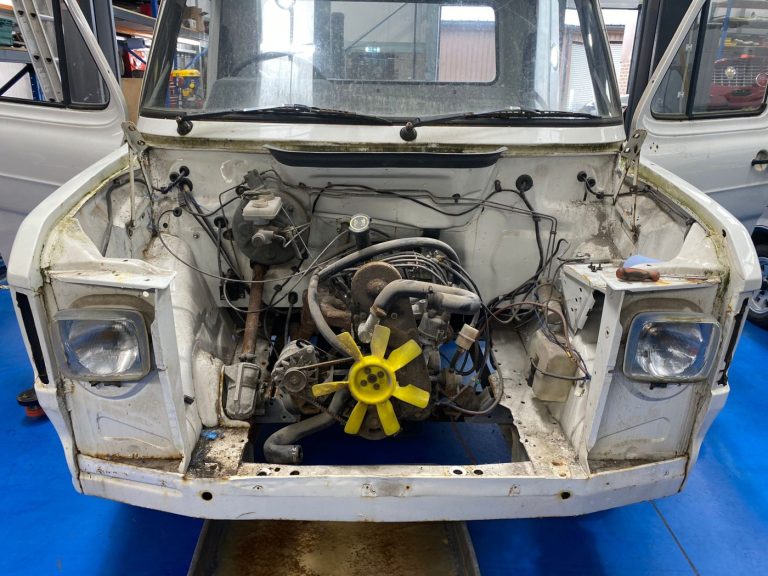
Classic car technician Steve has begun work stripping down our Ford Transit MKII Tipper. Before the workshop team gets stuck into restoring this commercial vehicle
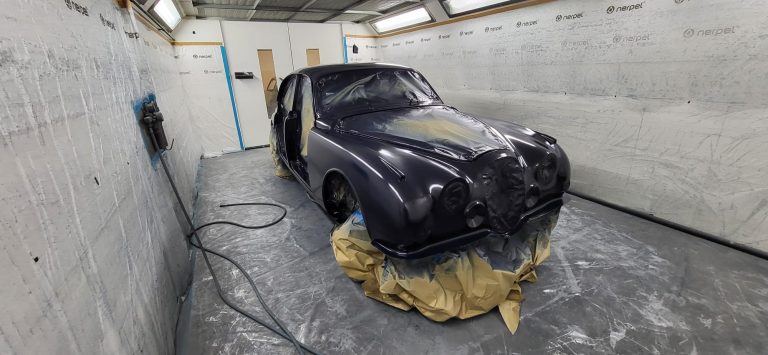
After being stripped and undergoing some repairs on its bodywork, our 1964 Daimler 250 V8 has continued its time in the Bridge Classic Cars paintshop

Episode 2 of Talking Classics with Bridge Classic Cars goes live tonight at 7 pm. Nick talks about our 1998 Lotus Elise S1, Craig talks
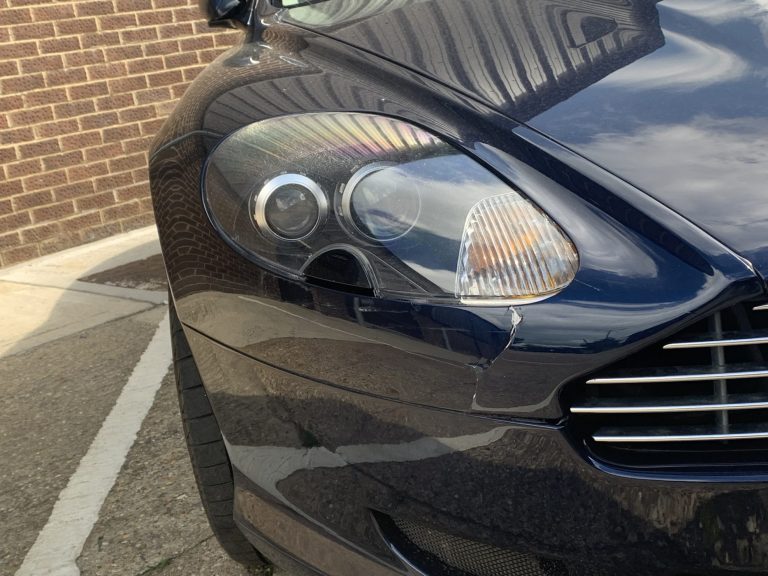
Unfortunately, since returning to the Bridge Classic Cars workshop, our 2005 Aston Martin DB9 has picked up a little bit of damage. However, our team

The wooden body of our 1905 Riley 9HP has returned and has been put in place on the chassis of this potential prototype vehicle. After

Our very own Molly and our 2000 Toyota Regius Camper were recently featured on the Badass Customs International Facebook Page. It’s always nice to see

When William Gordon won our 1958 Austin-Healey ‘Frogeye’ Sprite through Bridge Classic Cars Competitions, we took a long drive up to Scotland to deliver his

Bridge Classic Cars Competitions lucky winner, Steve Edge, is now the proud owner of his 2000 Toyota Regius Camper. After his winning ticket number of
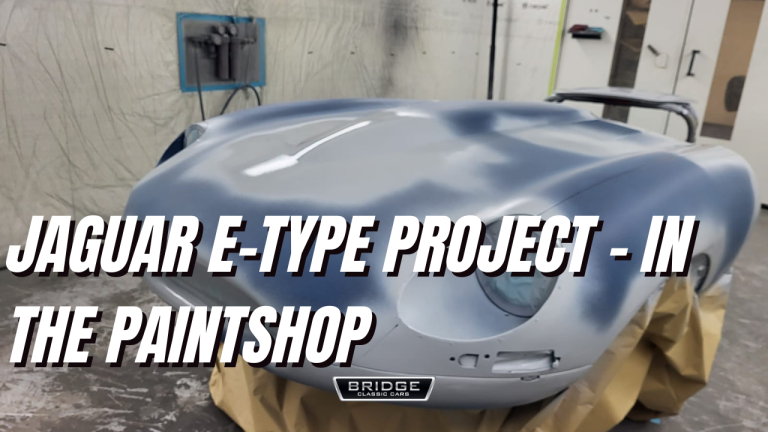
Our 1968 Jaguar E-Type Series 1.5 continues to make progress as it moves closer to becoming a competition car through Bridge Classic Cars Competitions. In
We arrived at 9.30 am at the Ricknghall Car Show to be greeted by the lovely Geoff Short, on behalf of the Jaguar Car Club, who had organised the day. The day was sunny and breezy with about 200 cars in attendance of varying makes, marks, models and eras, everything from our 2009 Porsche Caymen to a classic Mini and even vintage tractors.
Molly and I had a wander about the show and were lucky enough to be able to meet some of the owners of the exhibiting vehicles. A gentleman called Mike talked us through his leaf-green Austin Healey Frog-eye Sprite which he has restored from scratch over the last 20 years, another couple talked us through their Austin Seven which ran very well and had a lovely vintage suitcase strapped to the back. Molly fell in love with a beautifully cared-for Fiat, her owner Heidi keeps her pride and joy well polished!
As well as the cars on display there was also a craft fair filled with lots of homemade items including fudge!
We welcomed Freddie to the team this weekend, he fitted in like part of the furniture and was able to talk to members of the public about our Porsche and also the 1980 Saab Turbo that we took over with us.
All in all a lovely day was had by all and marked the start of the car show season for us.
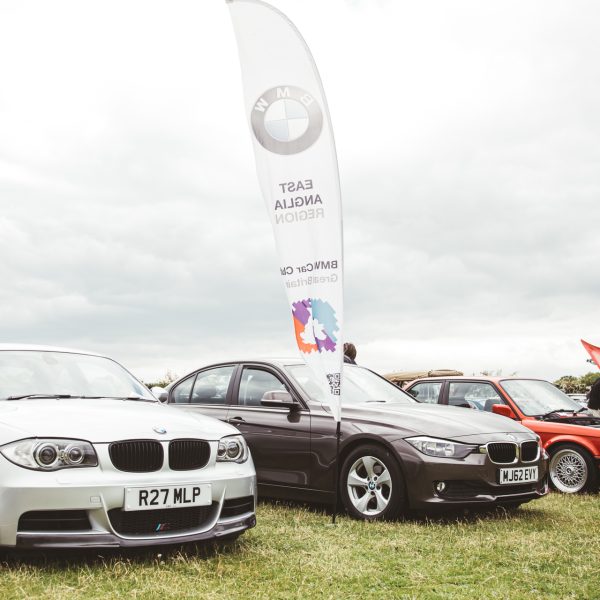
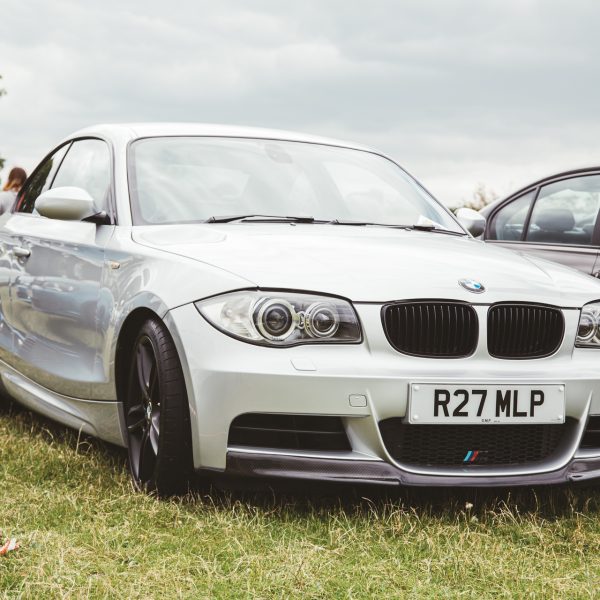

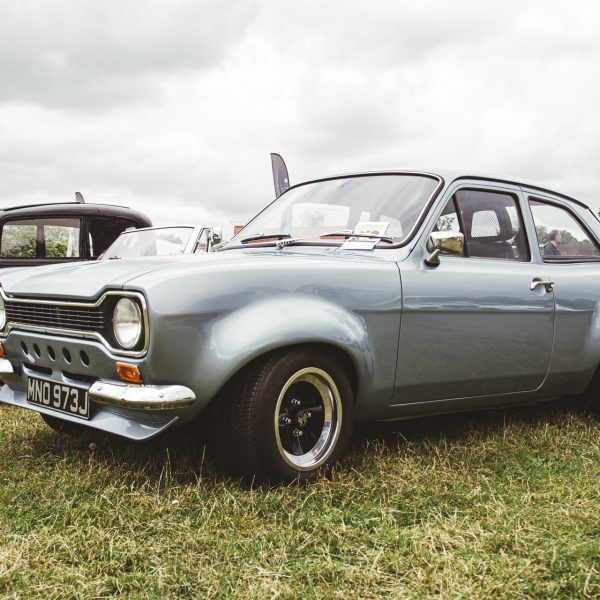
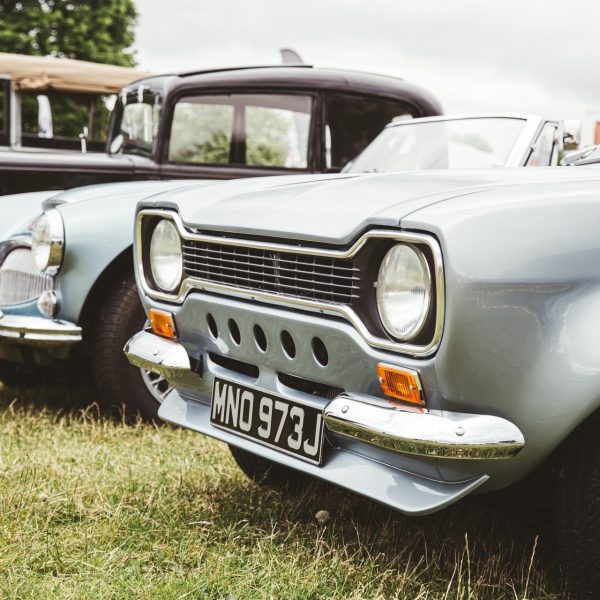



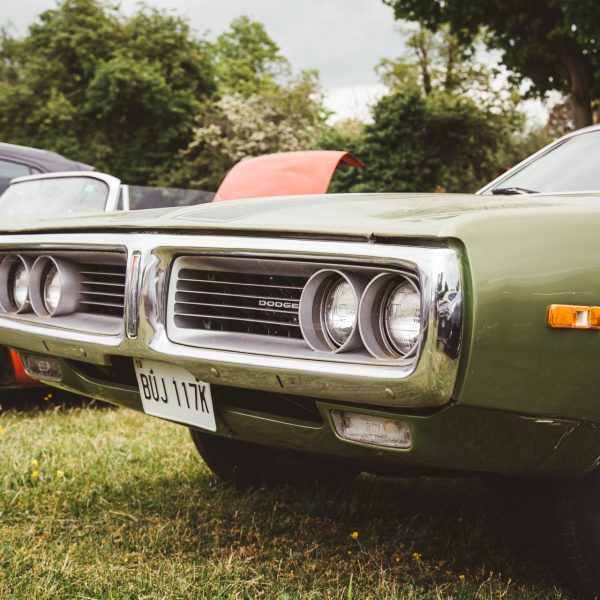
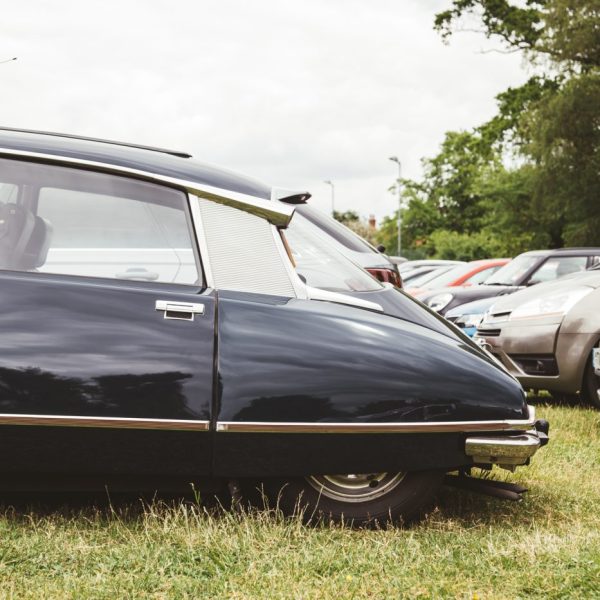
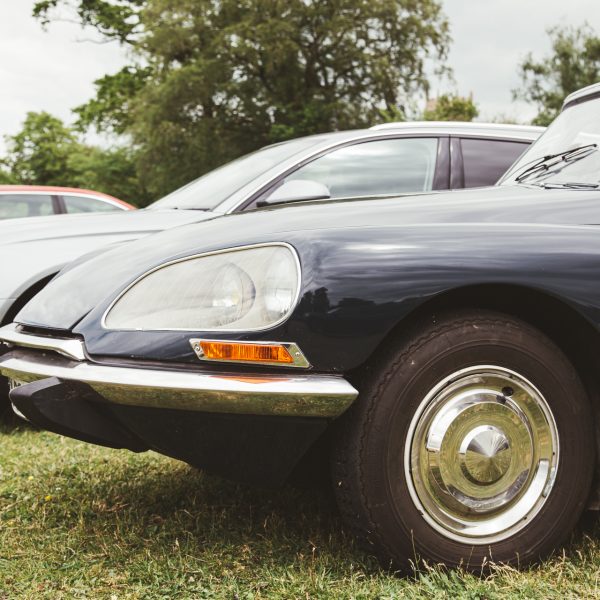

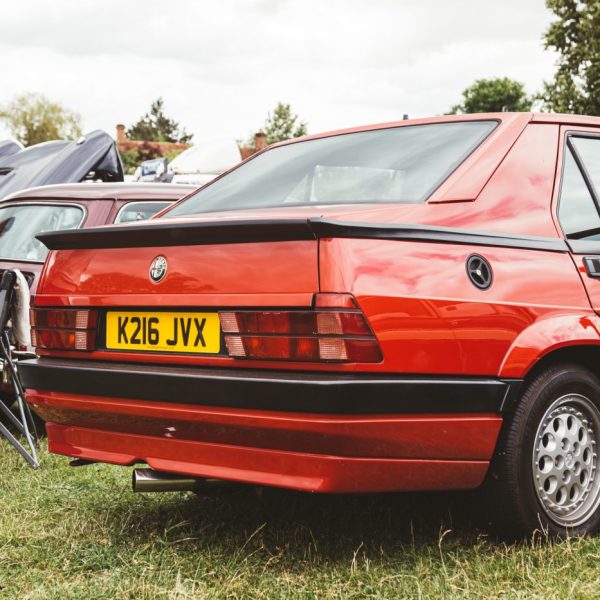




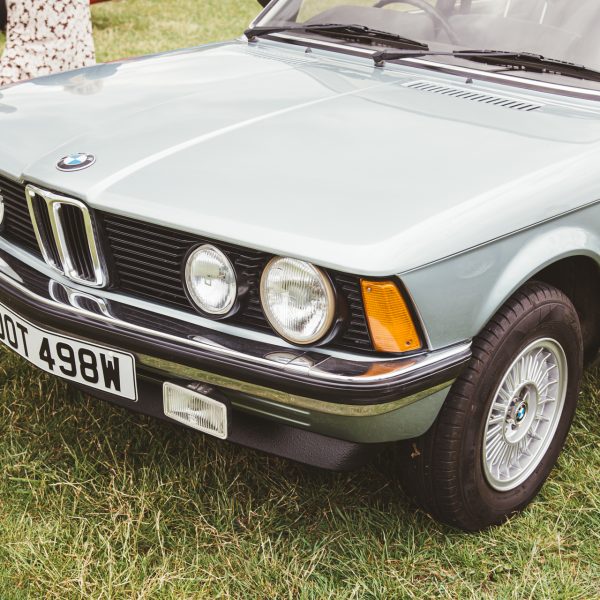
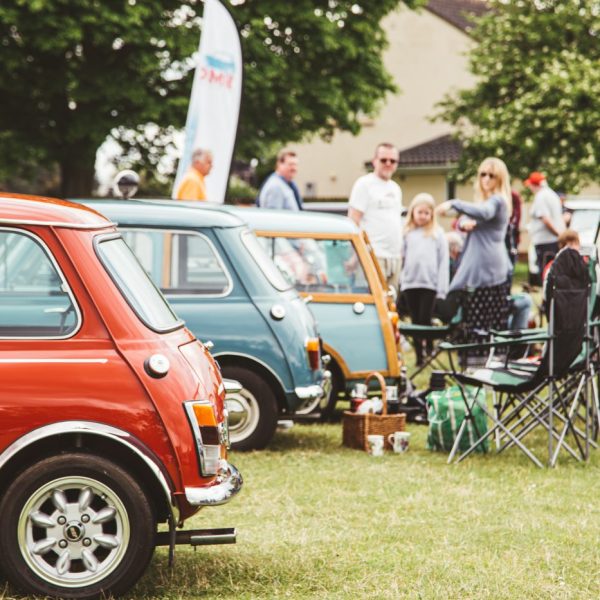
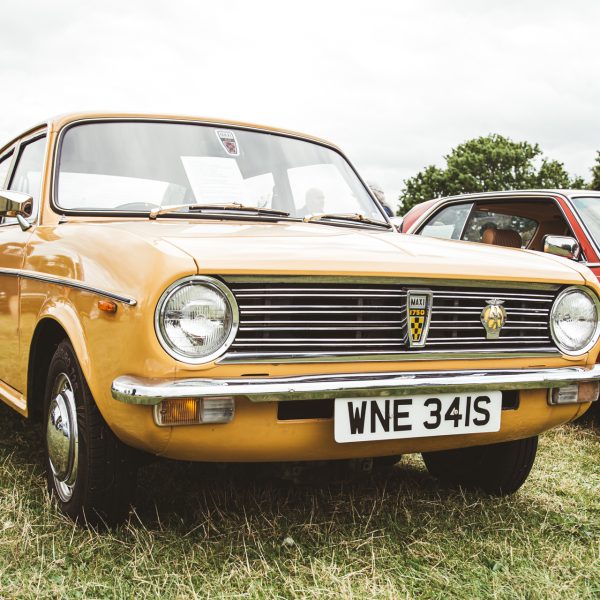
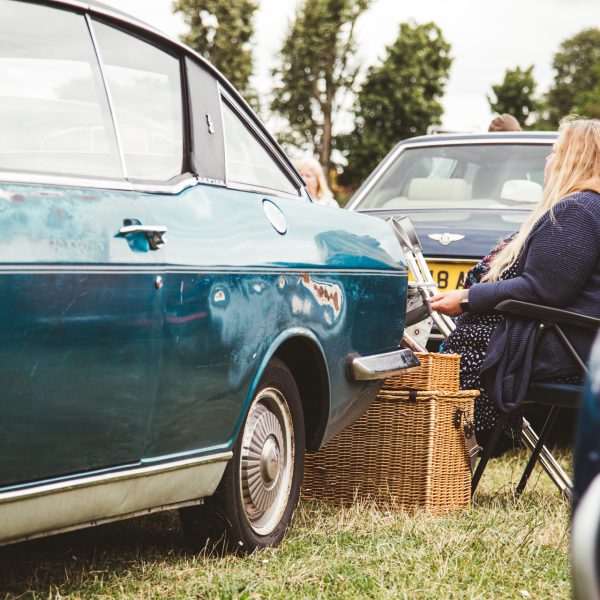
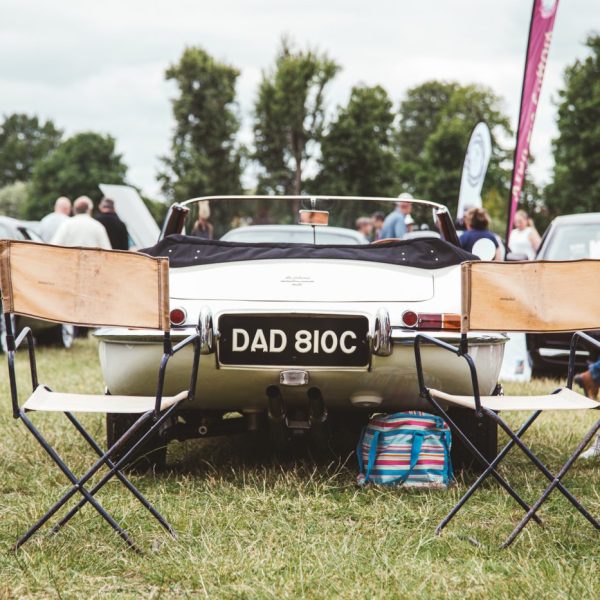
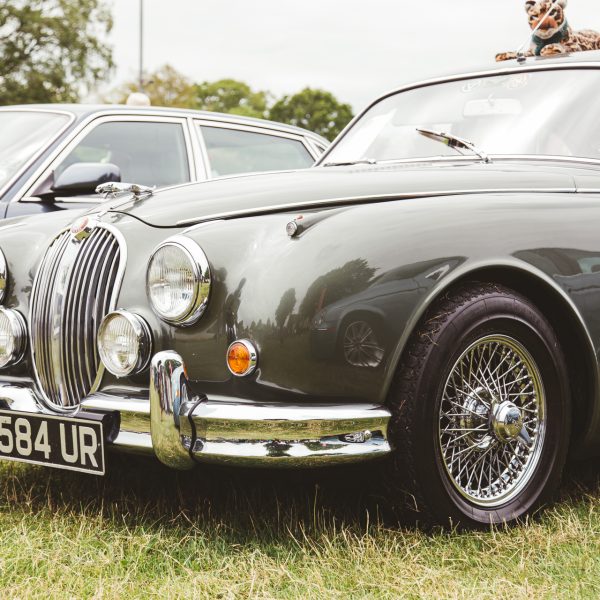
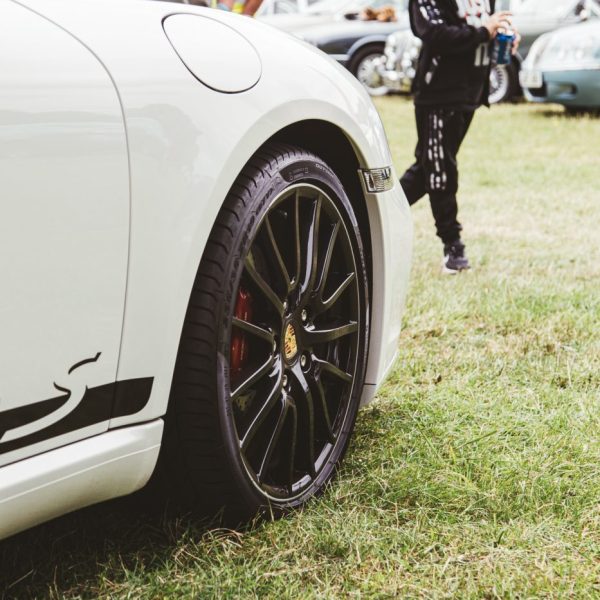



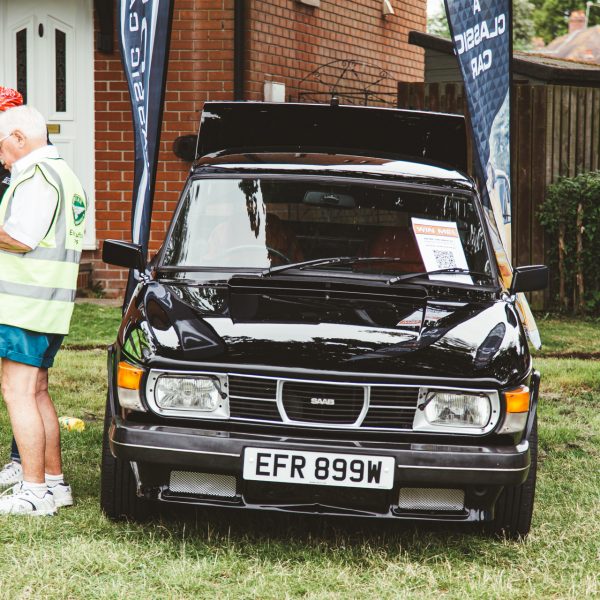
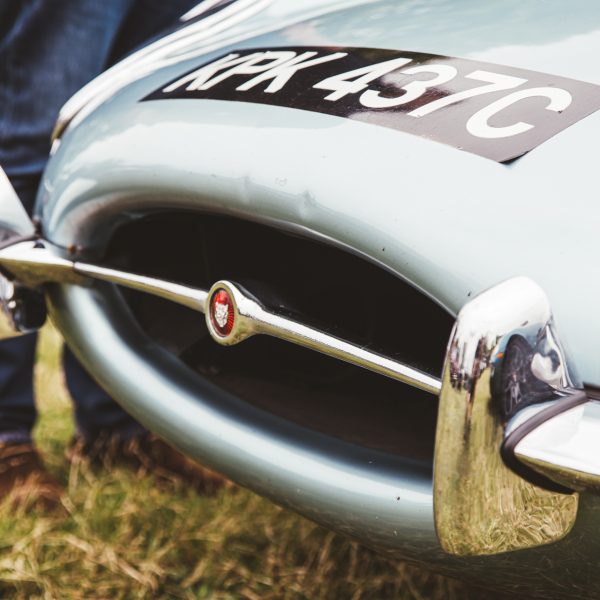
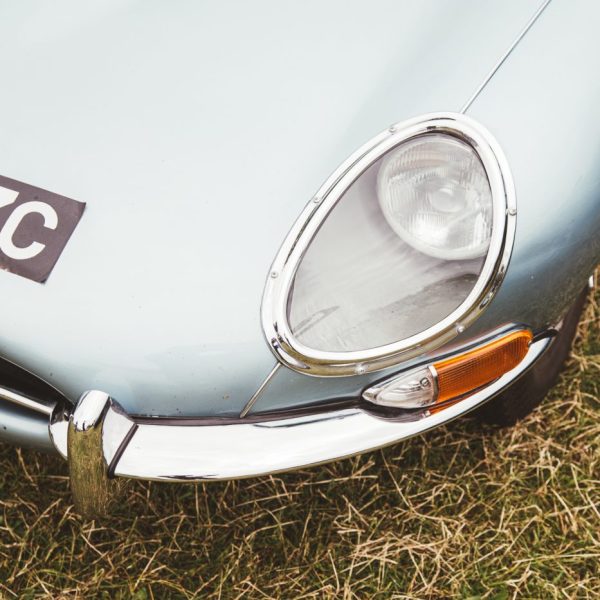
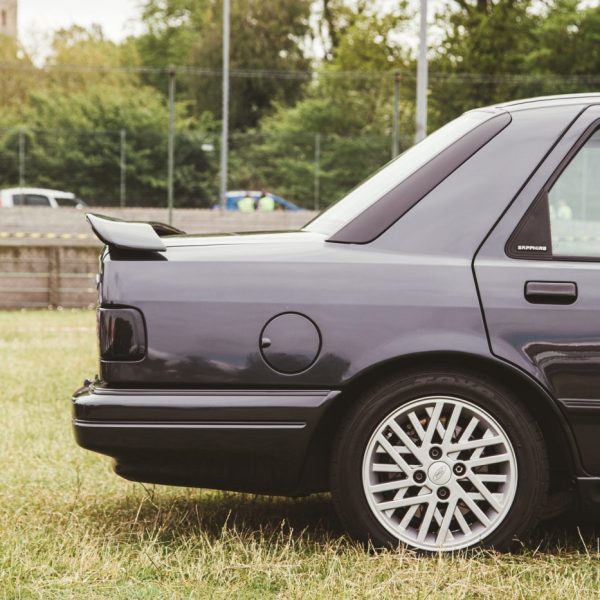

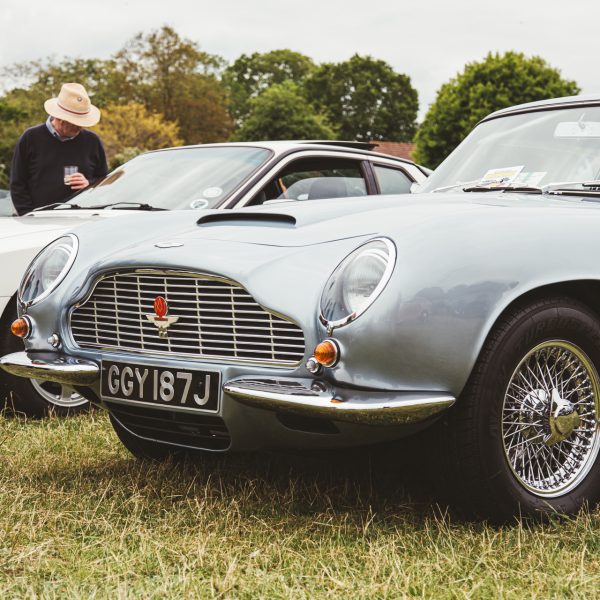
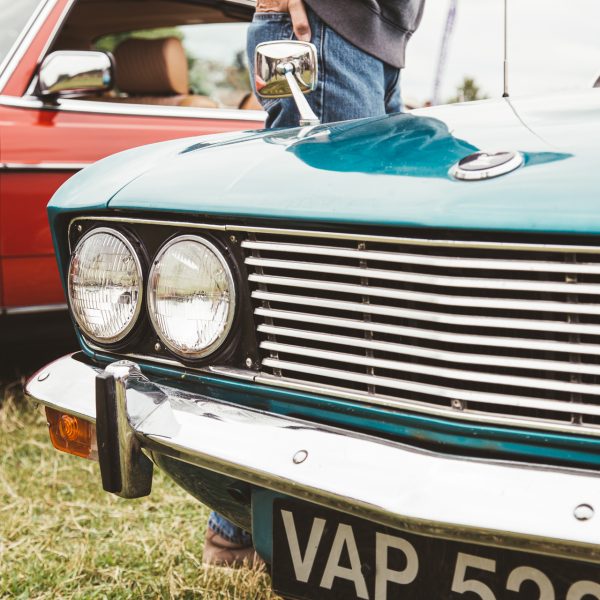
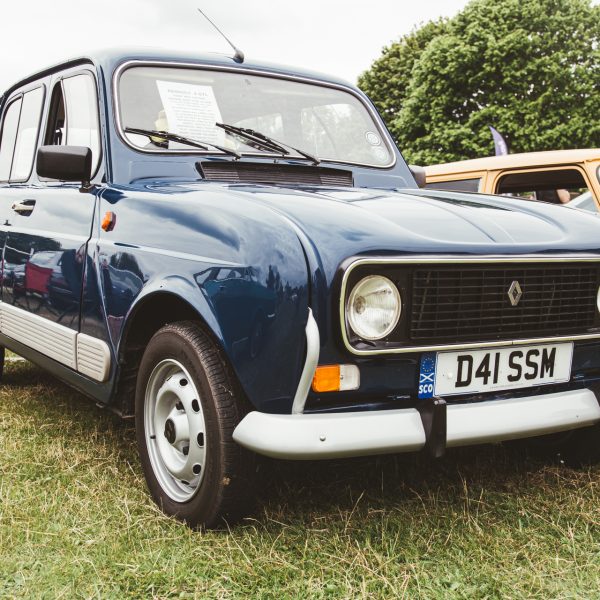
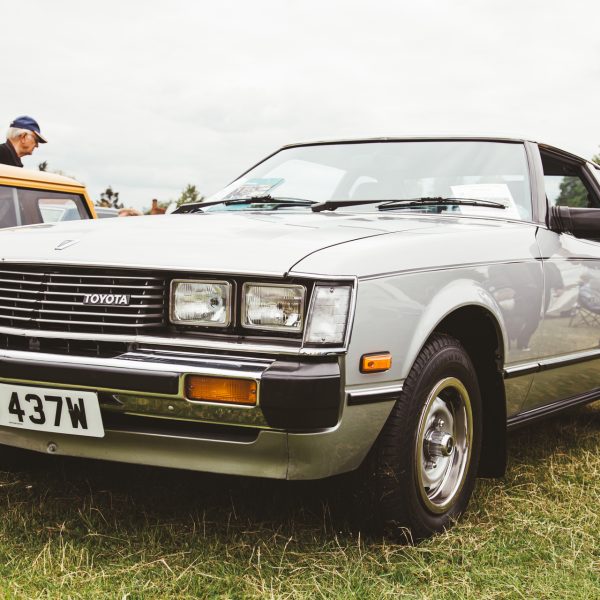
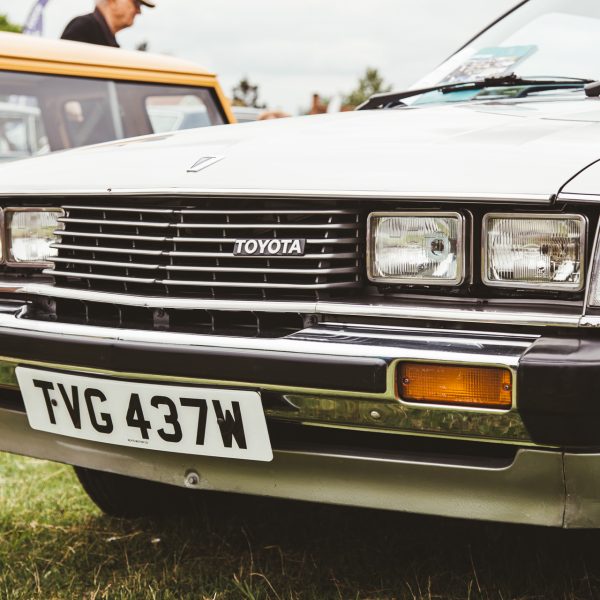

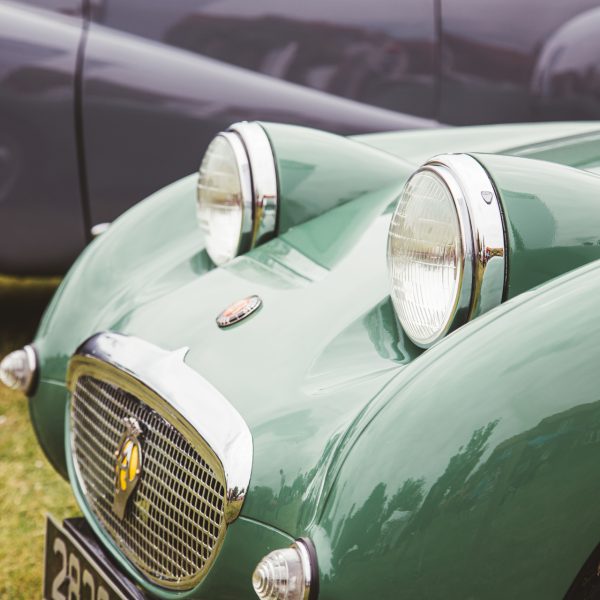

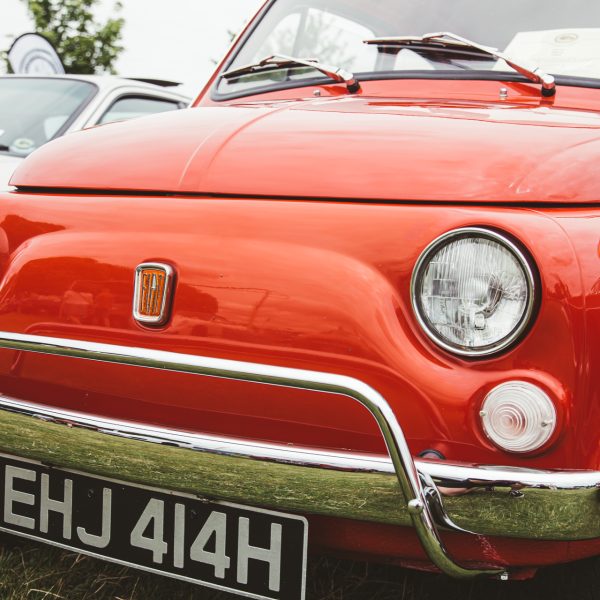
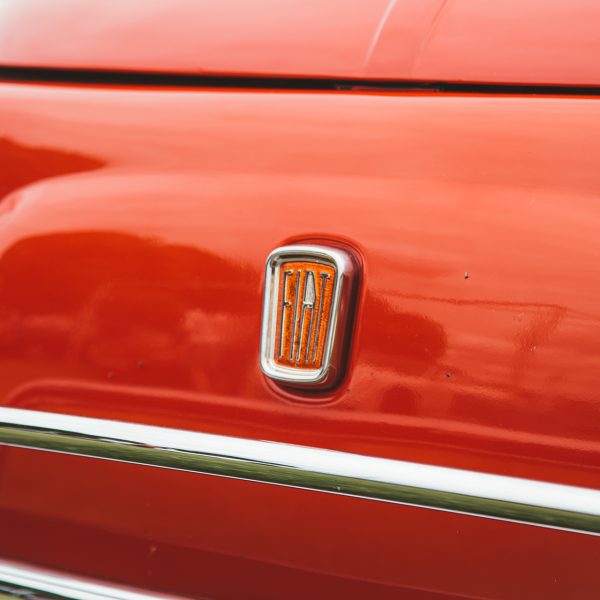
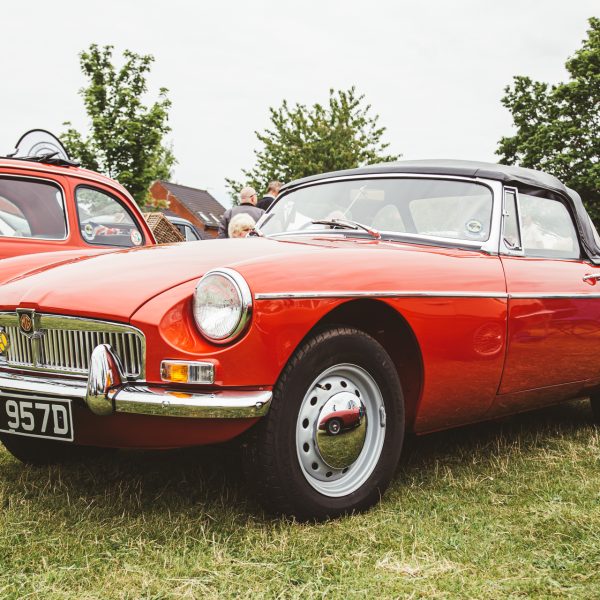


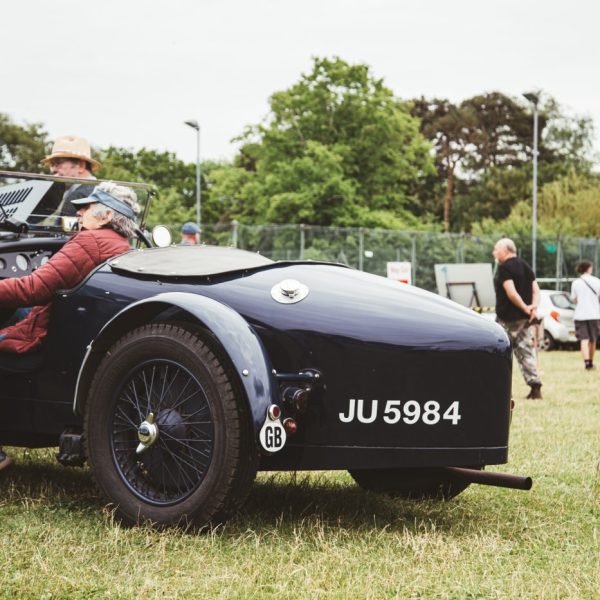
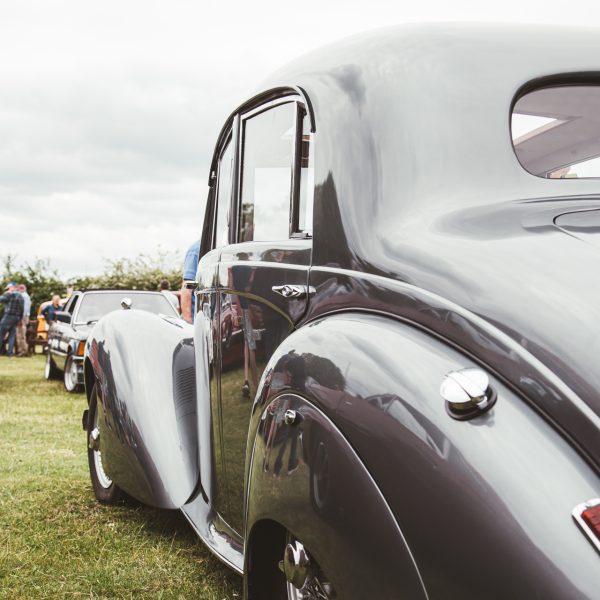
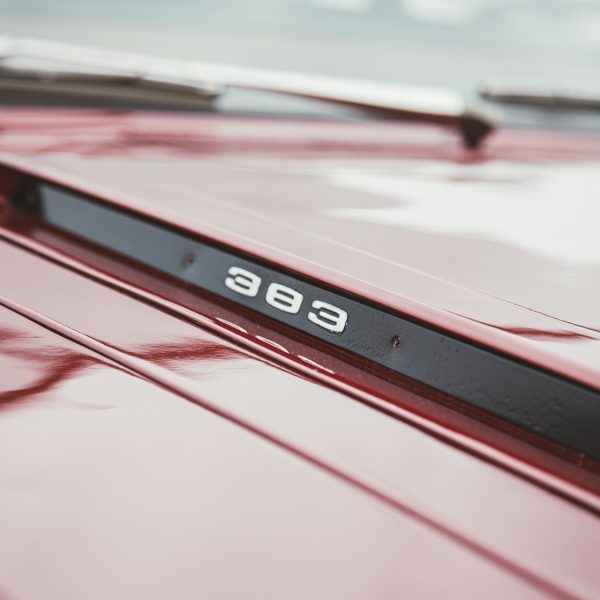
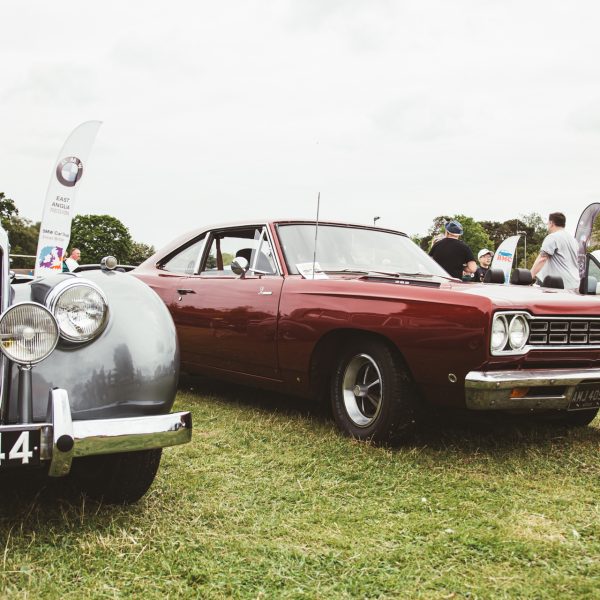
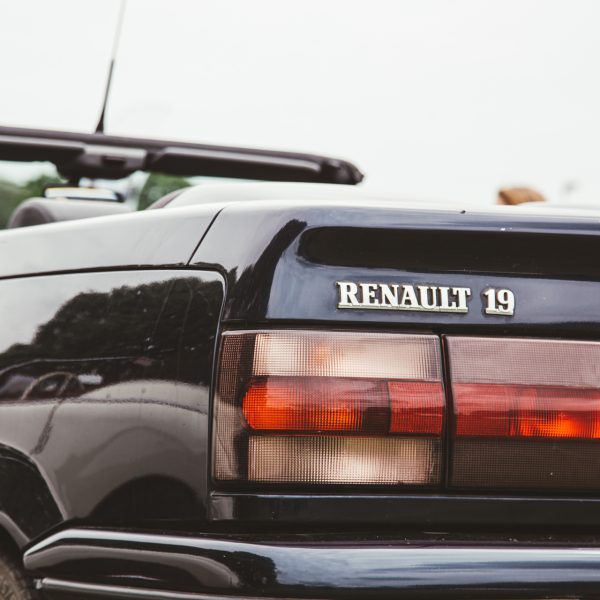
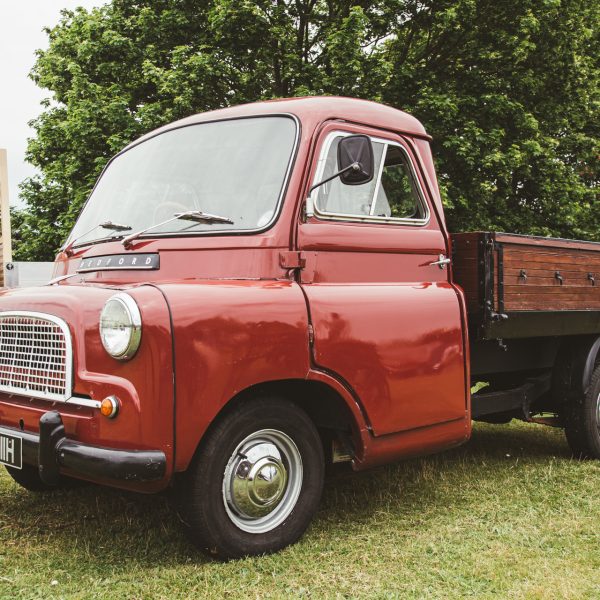
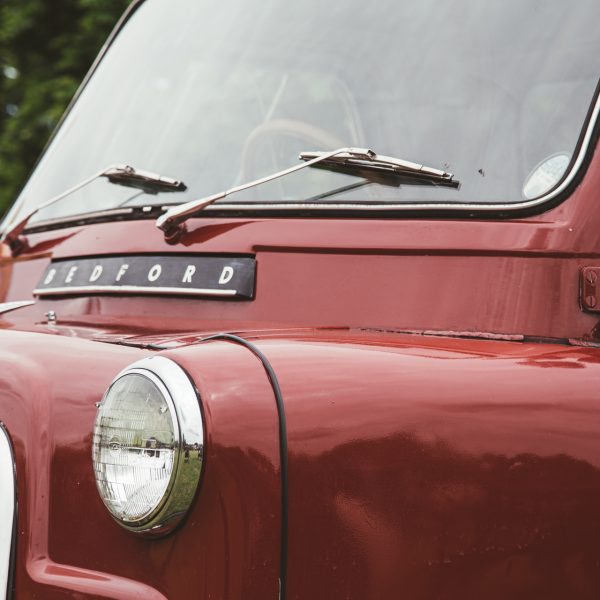

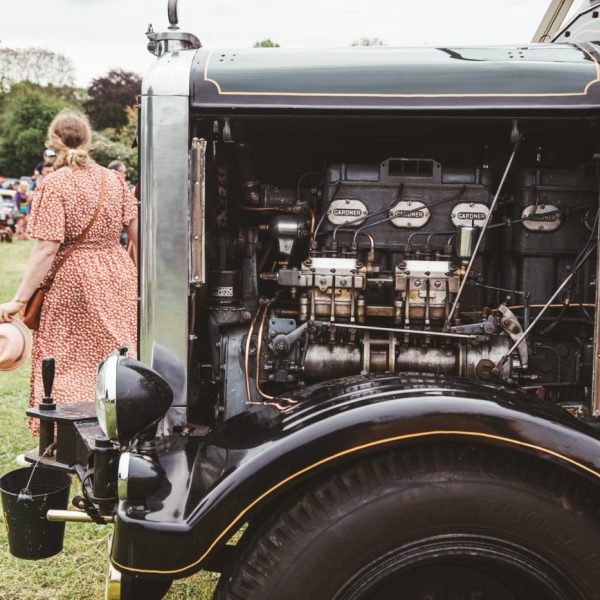
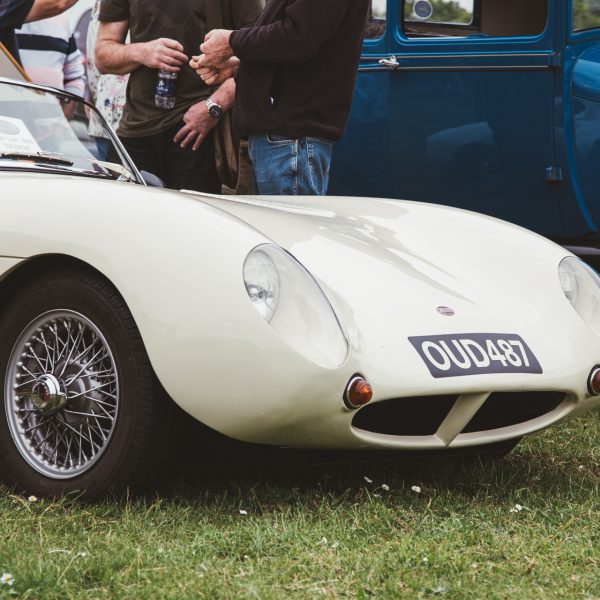
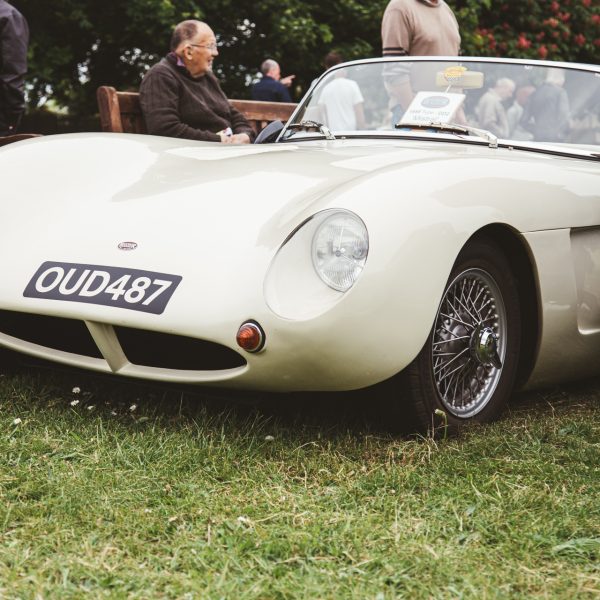

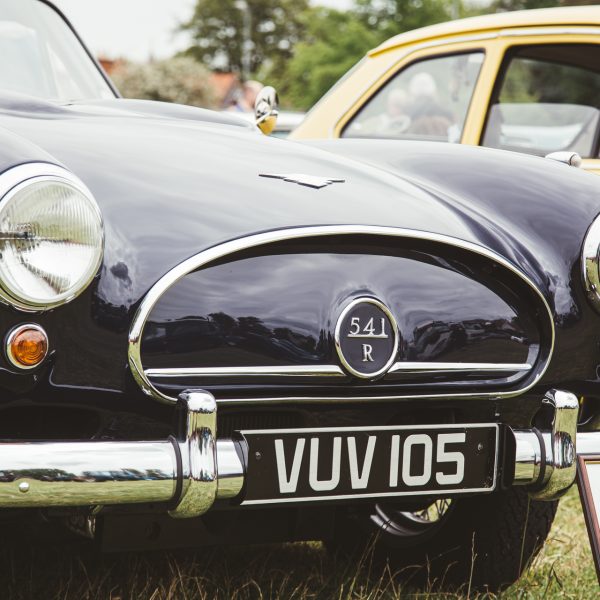
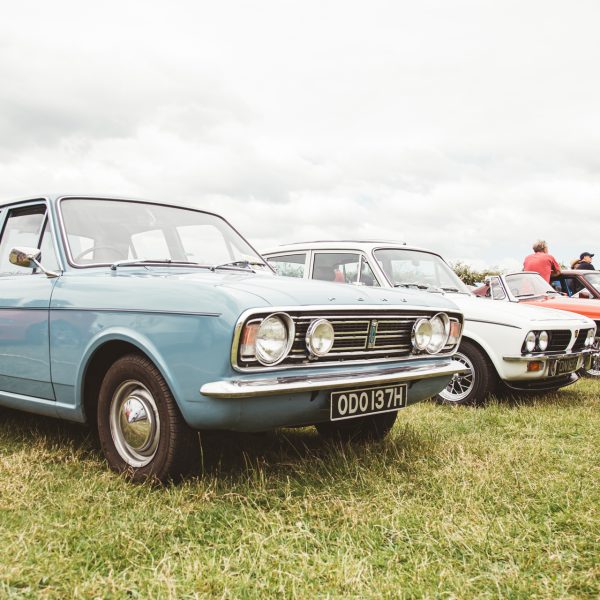
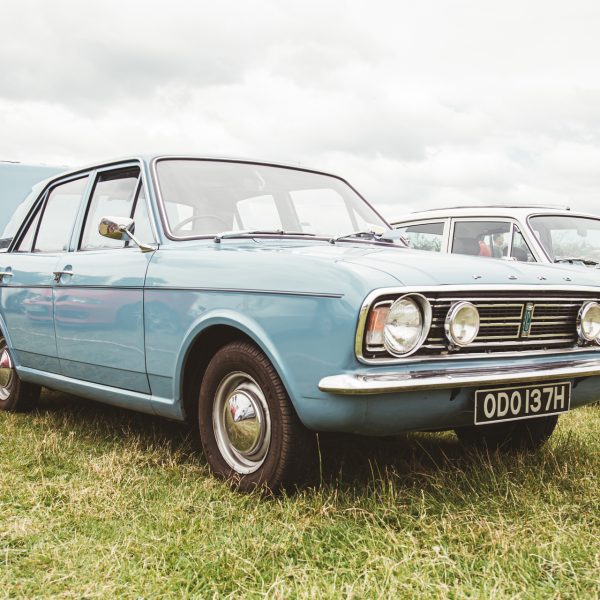
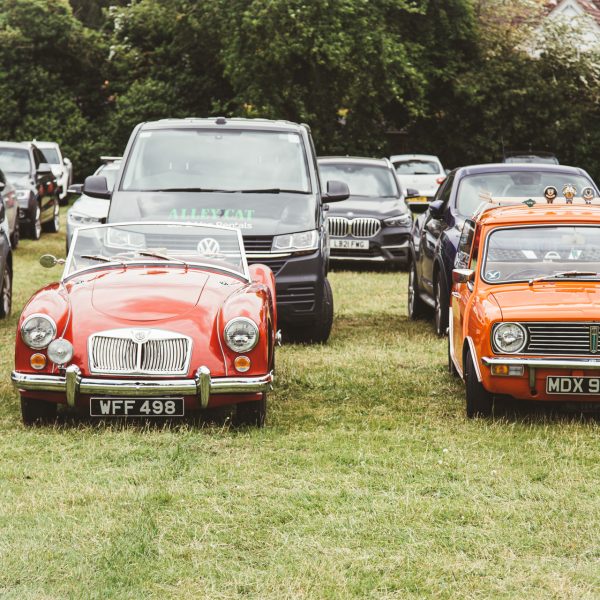

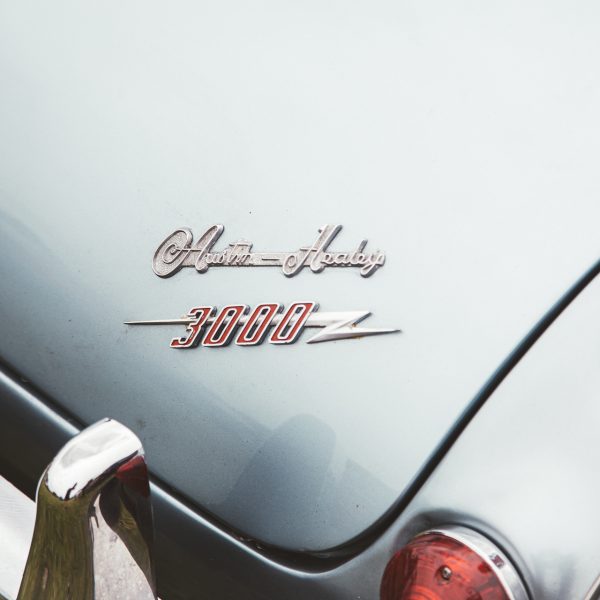
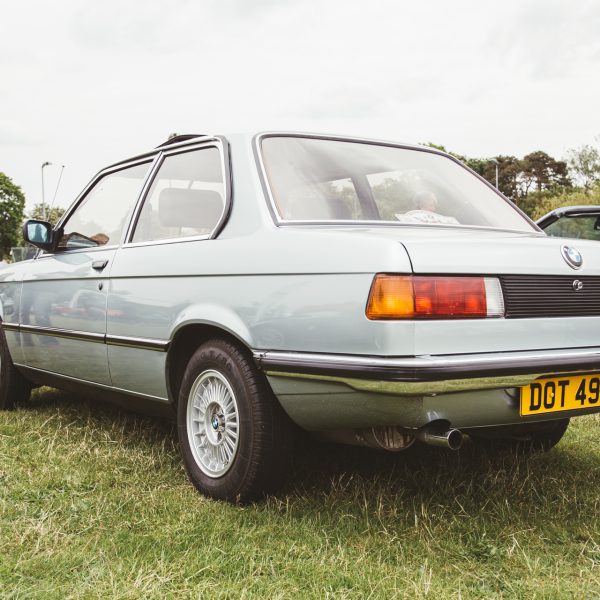
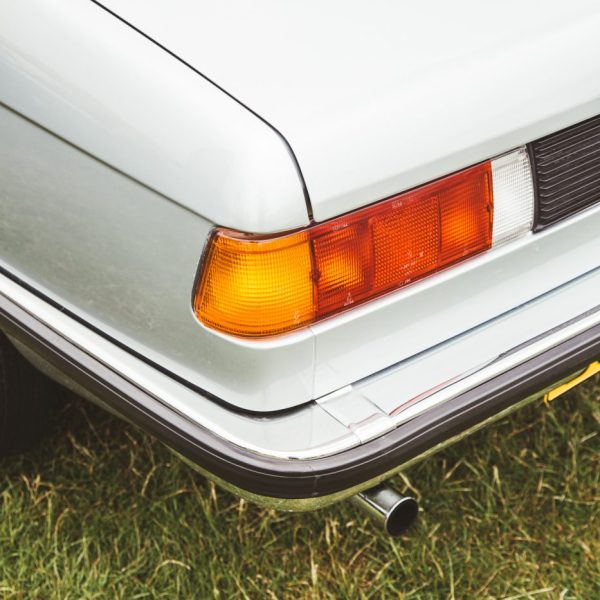
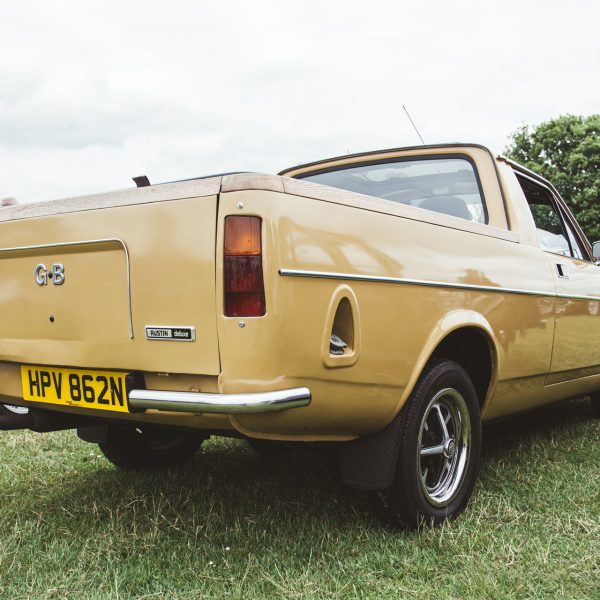
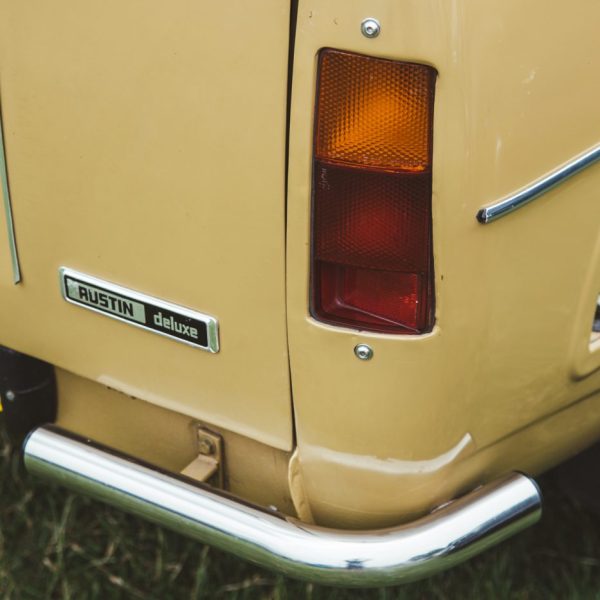
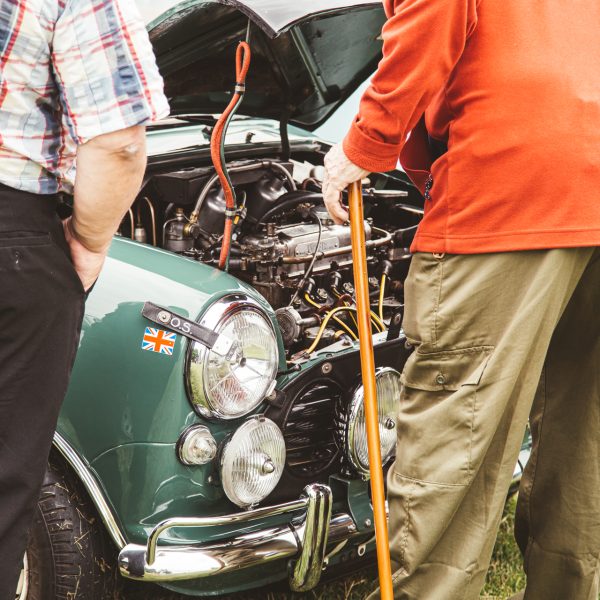
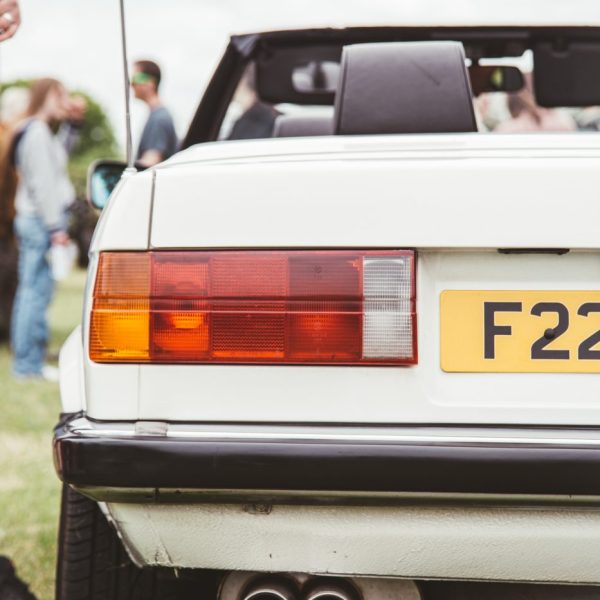
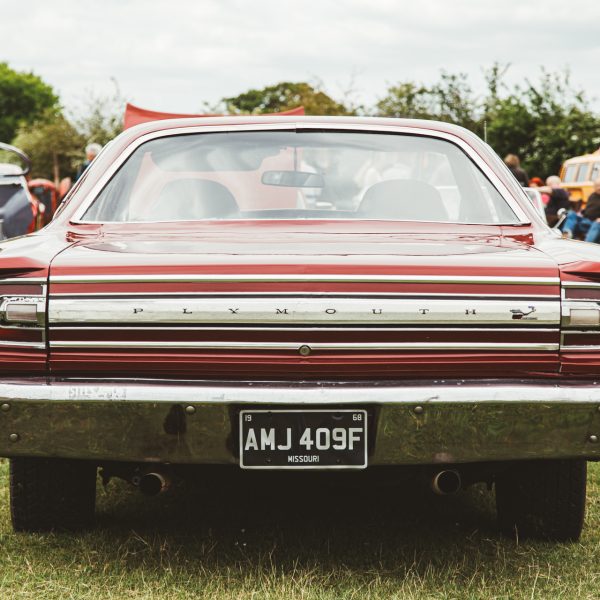
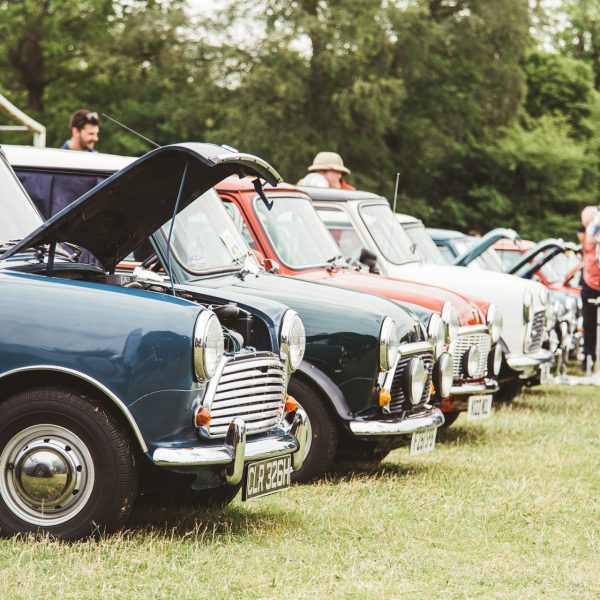

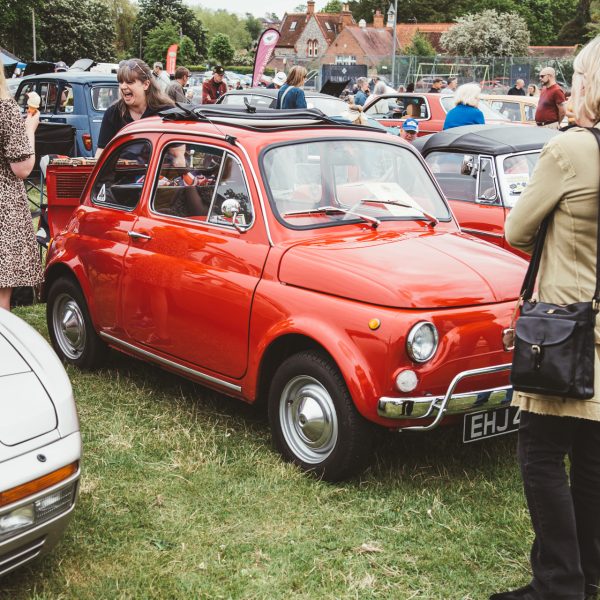
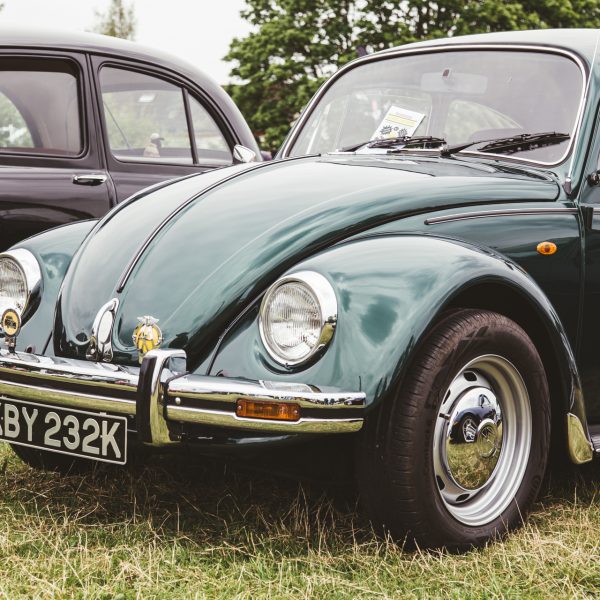
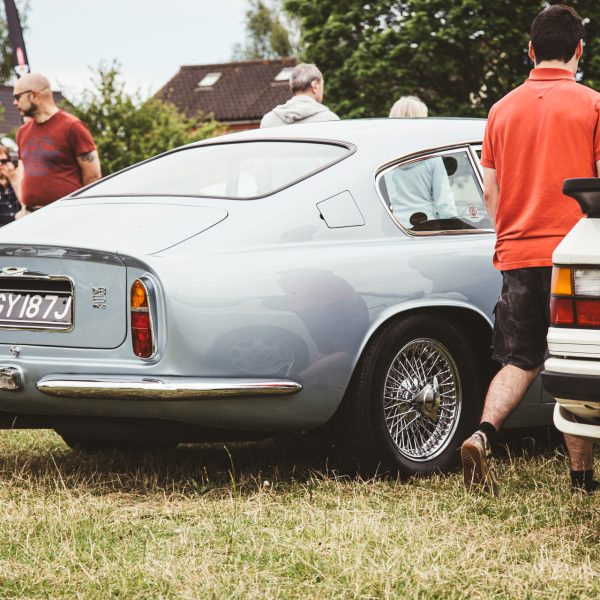



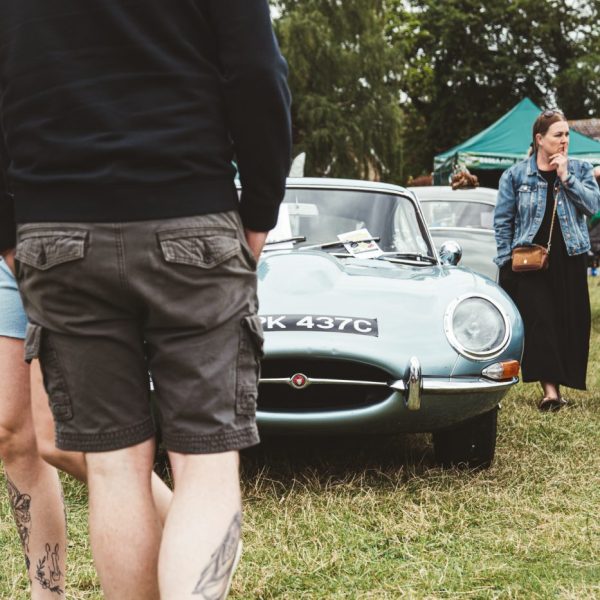

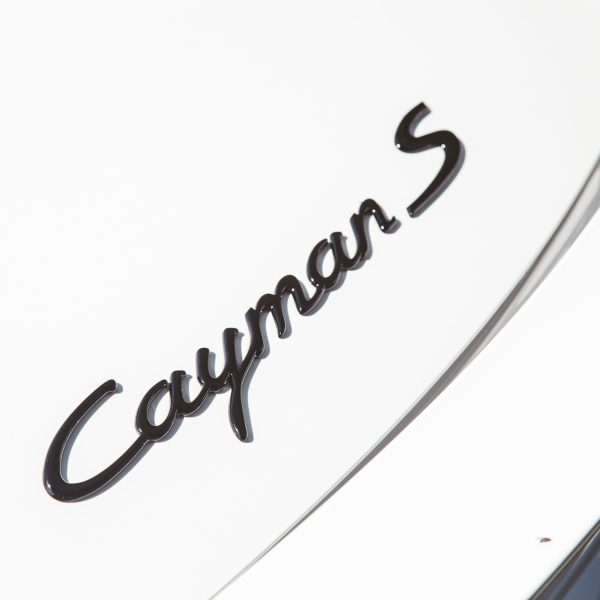

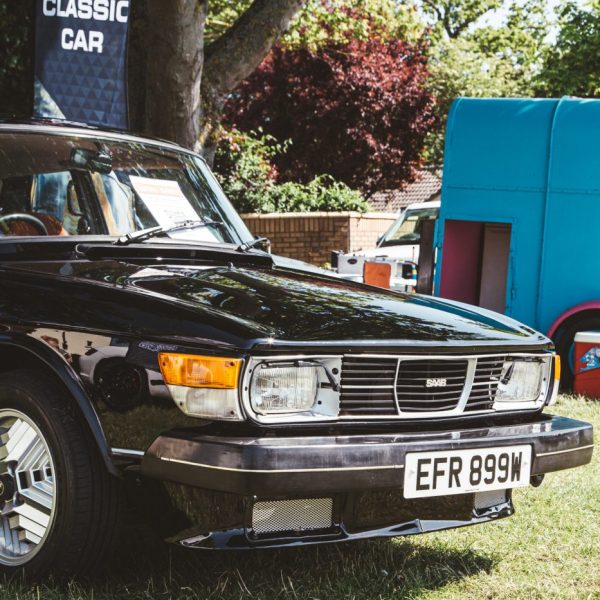
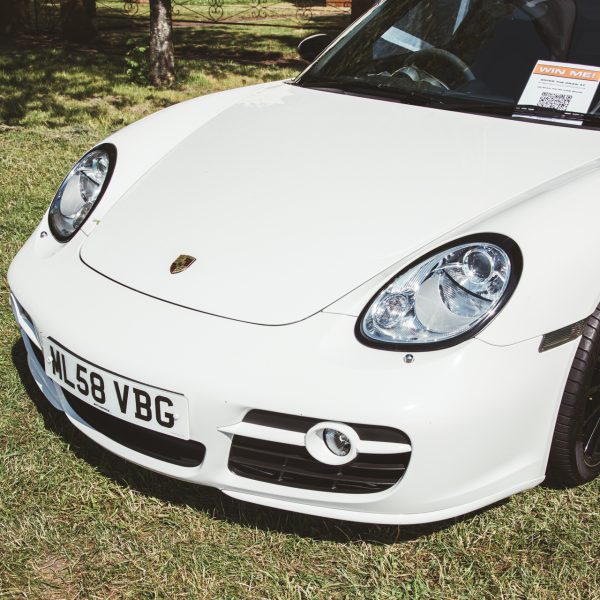
Our Ford Transit MKII has been with classic car technicians Steve and Lydia recently as the strip-down continues.
Lydia took the covers and foams off the frames before taking the frames apart and sandblasting them. This was in preparation for Chris in the Bridge Classic Cars paintshop to paint the frames. Lydia also took the covers apart as new vinyl is wanted which is being sewn to the original fabric faces.
While Lydia was working on the seats of our Transit, Steve carried on stripping the main body of the vehicle. A tool had to be made in order to remove the steering Pittman arm.
An adapted trolley was used to move the stripped Transit ready for it to be taken to the sandblasters.




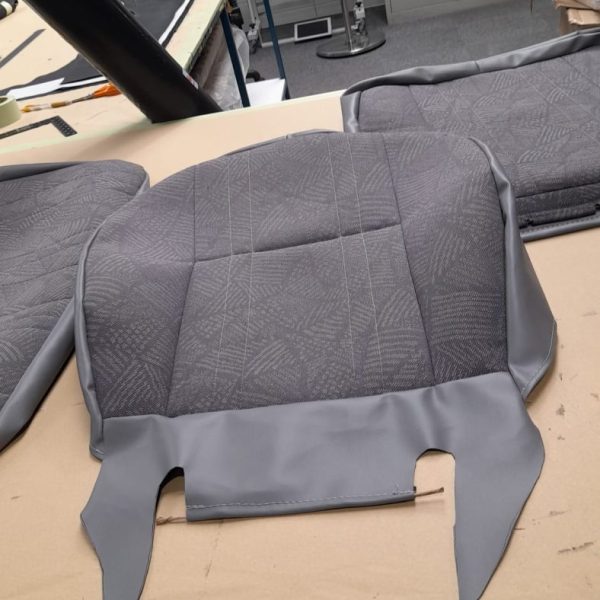
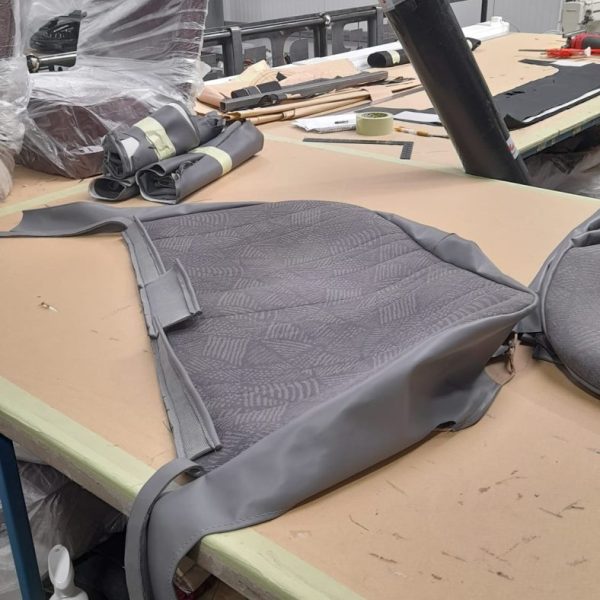
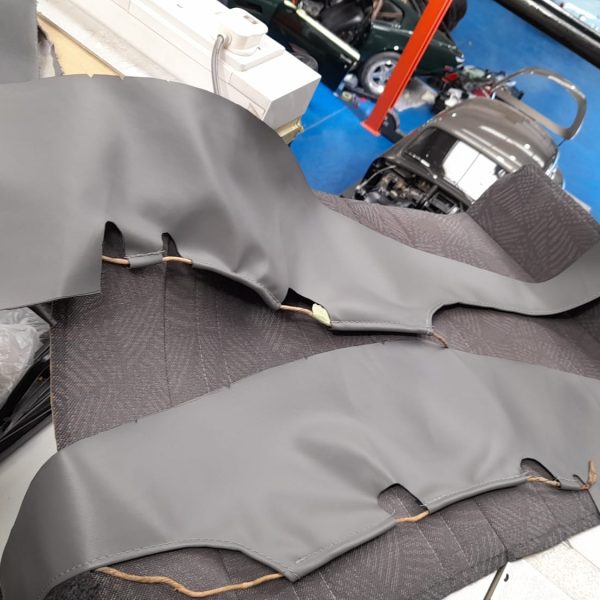
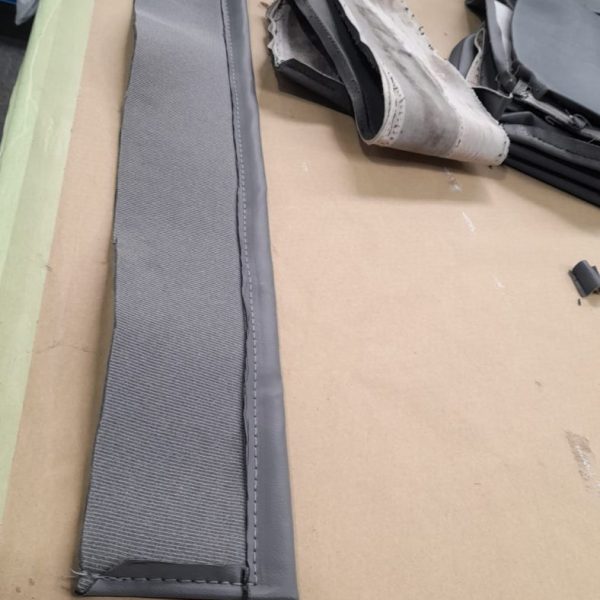

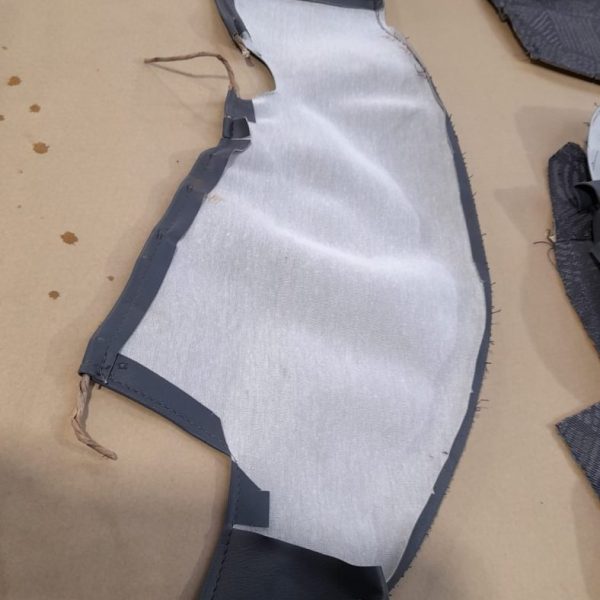



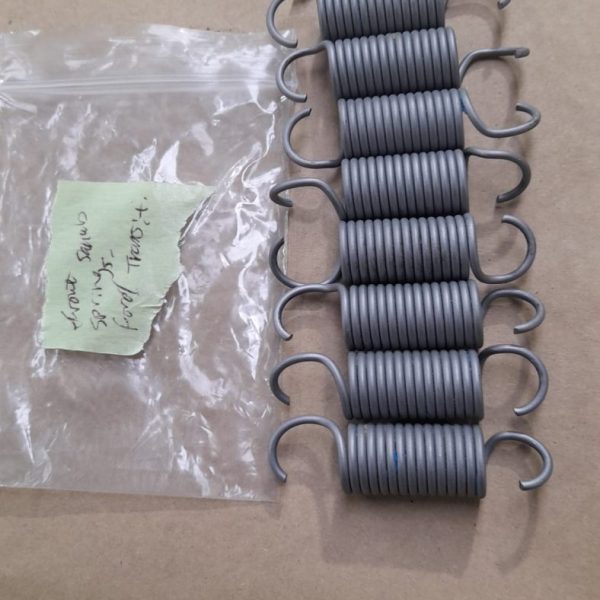



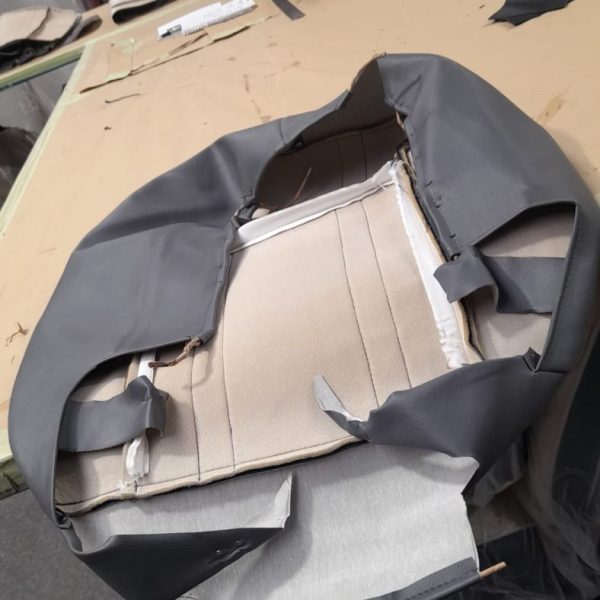
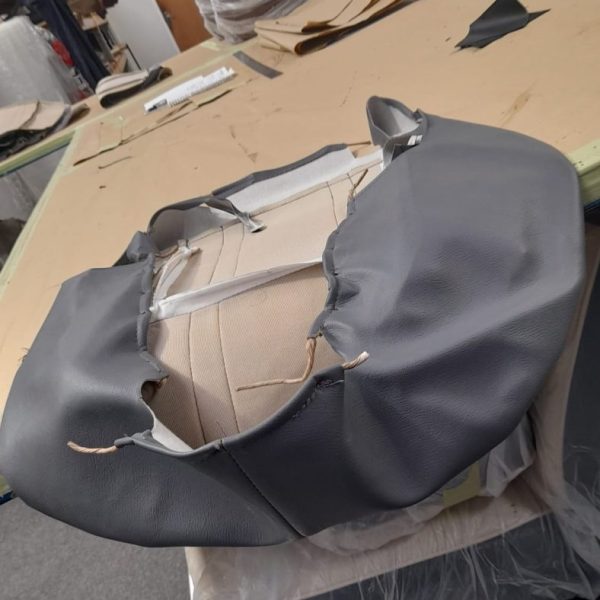
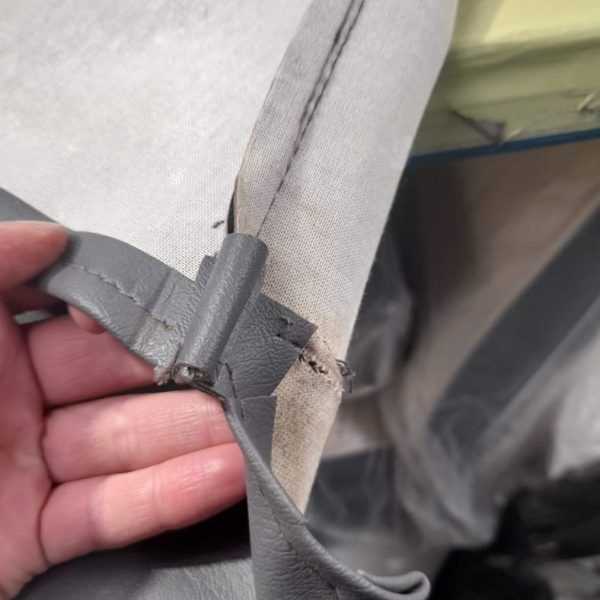



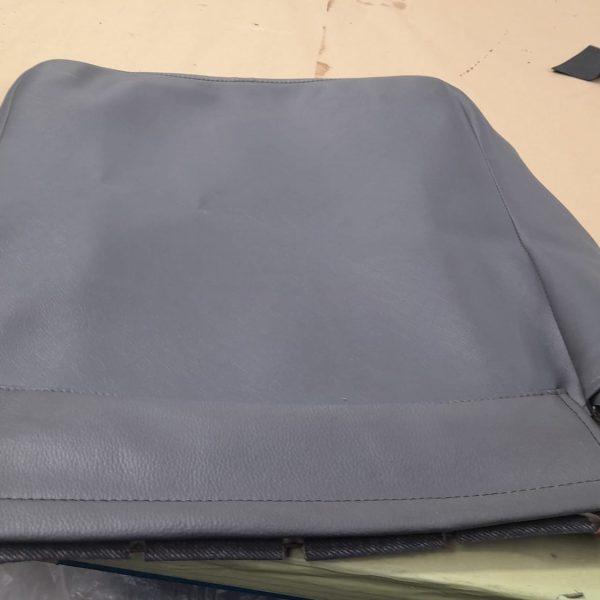



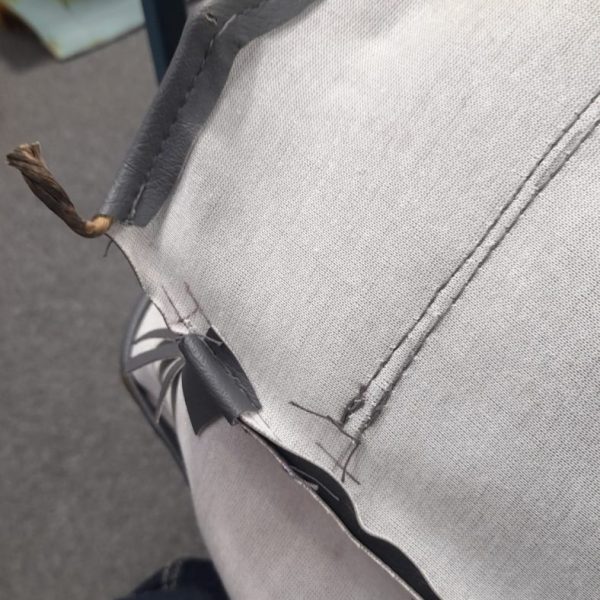
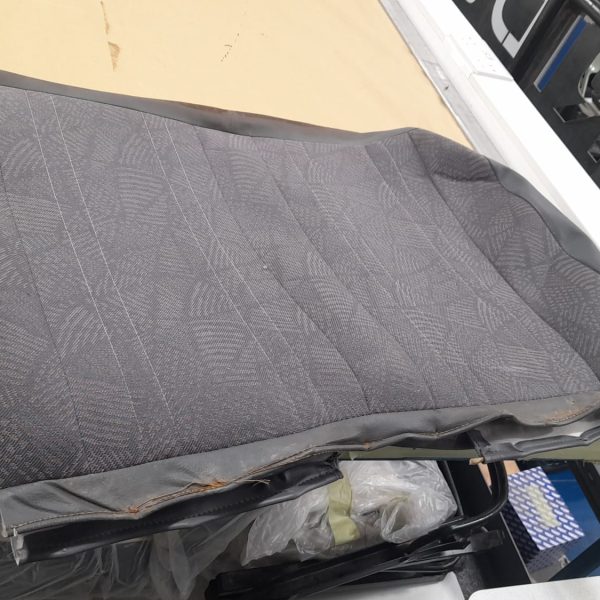







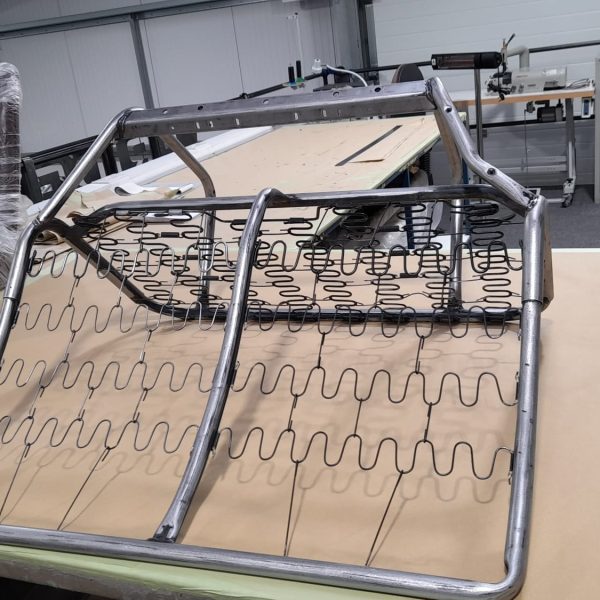


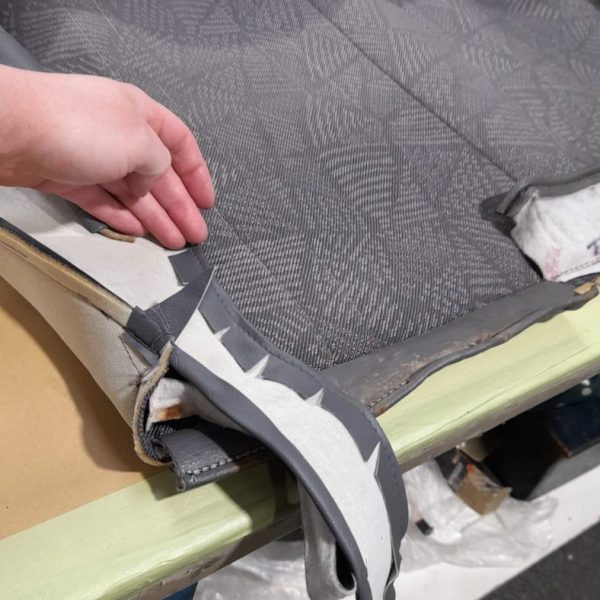



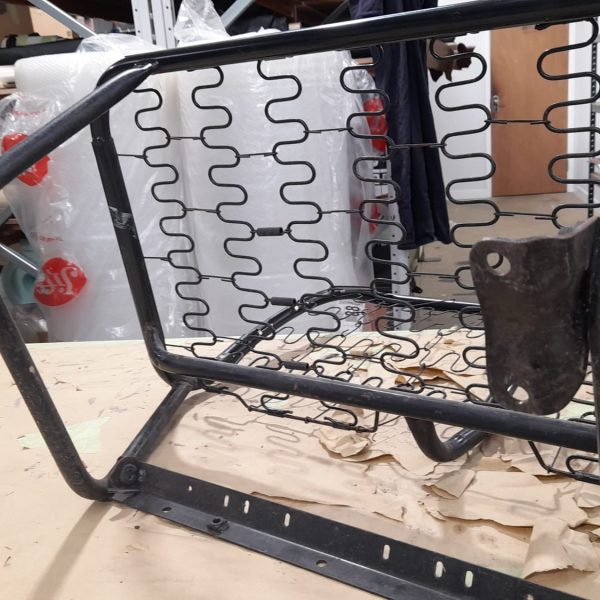


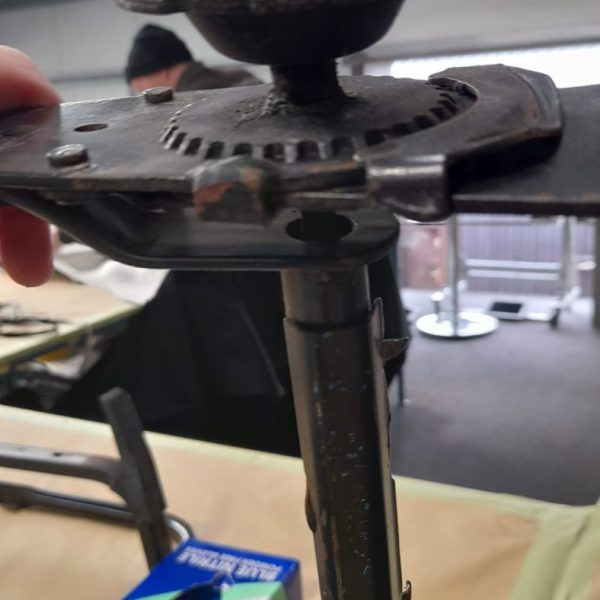





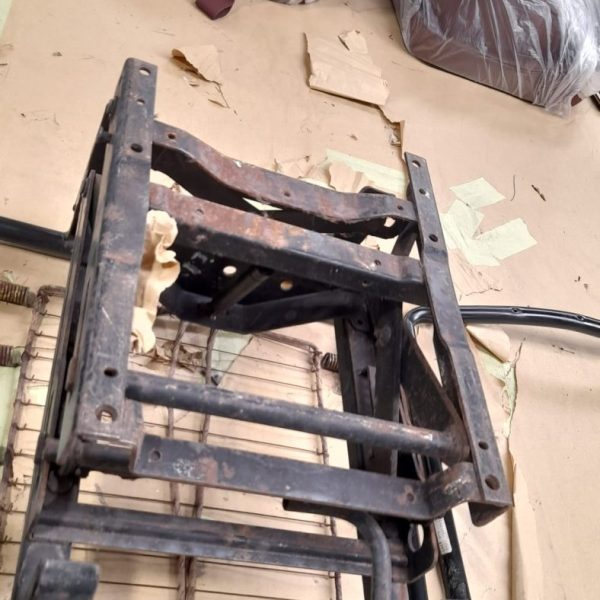
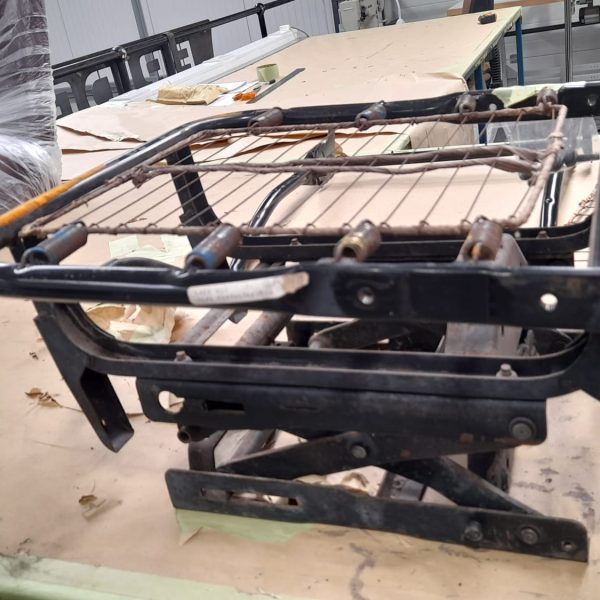


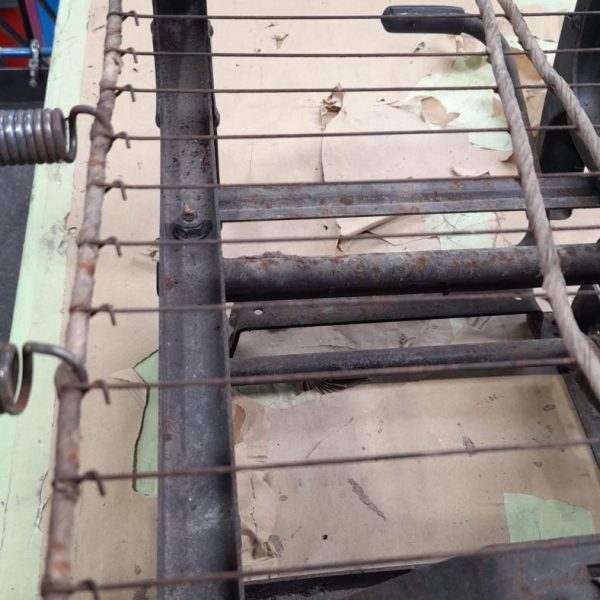



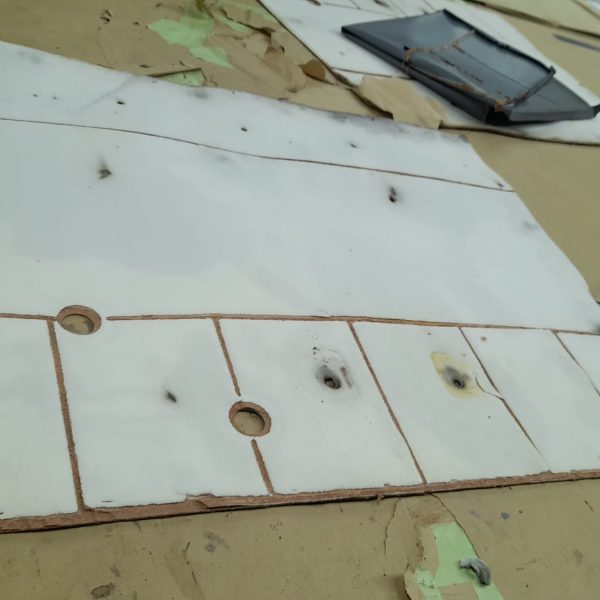


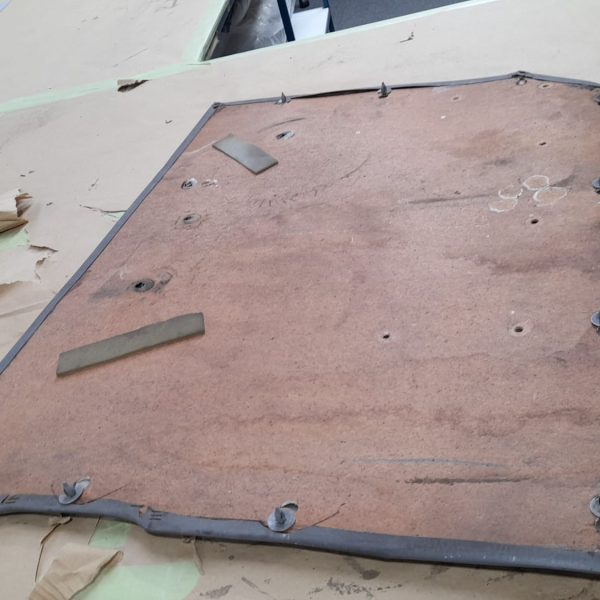



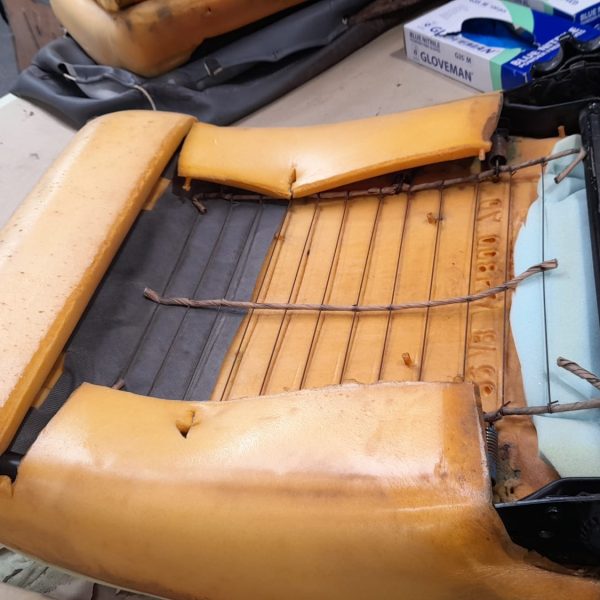
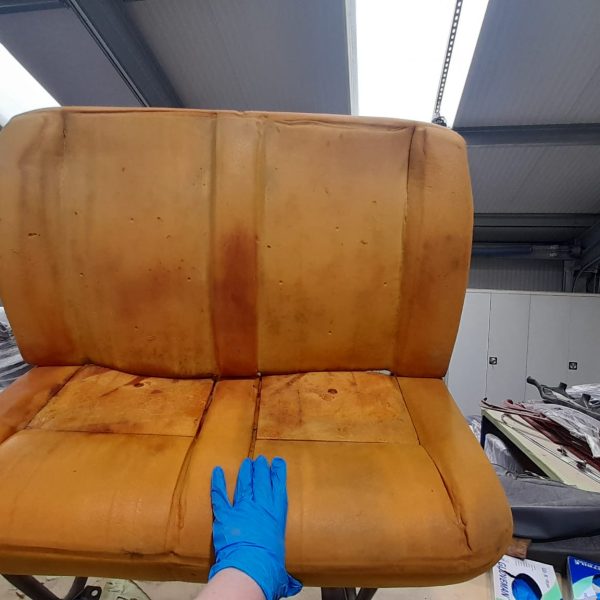

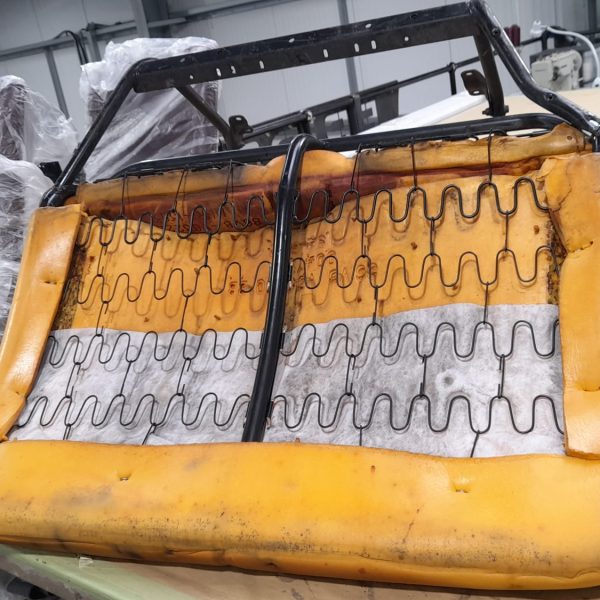




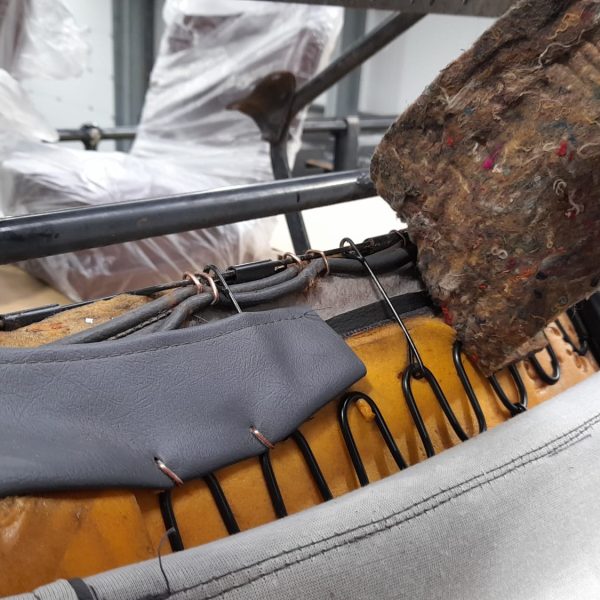

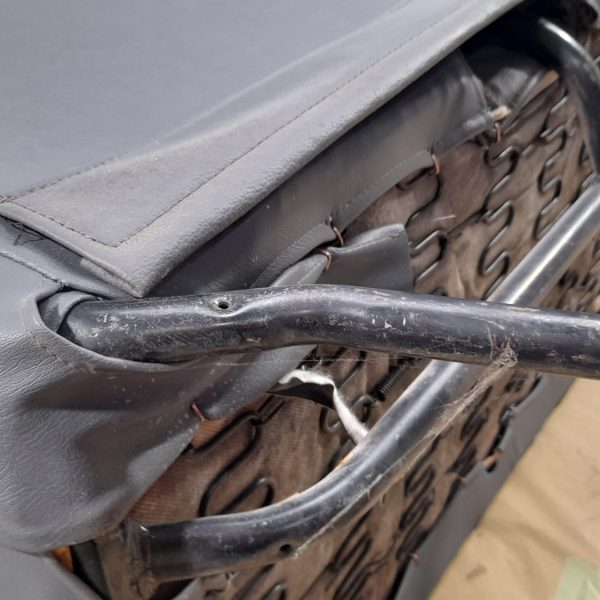


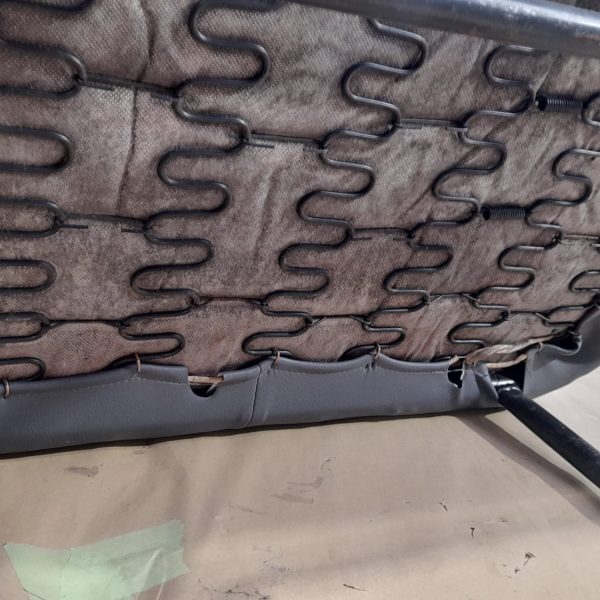







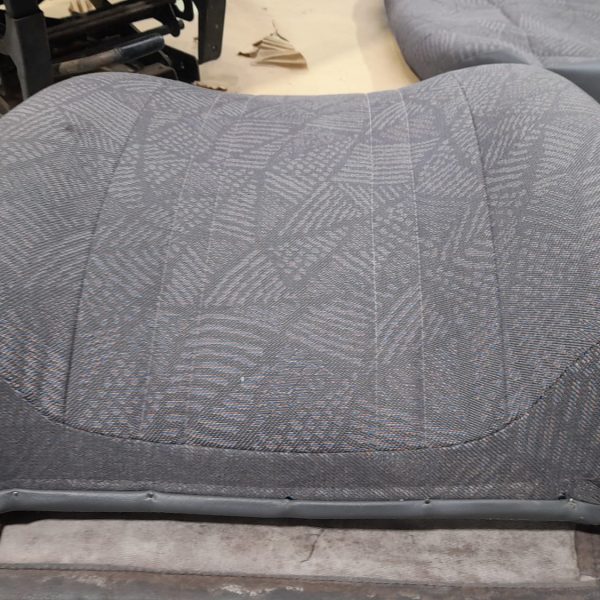





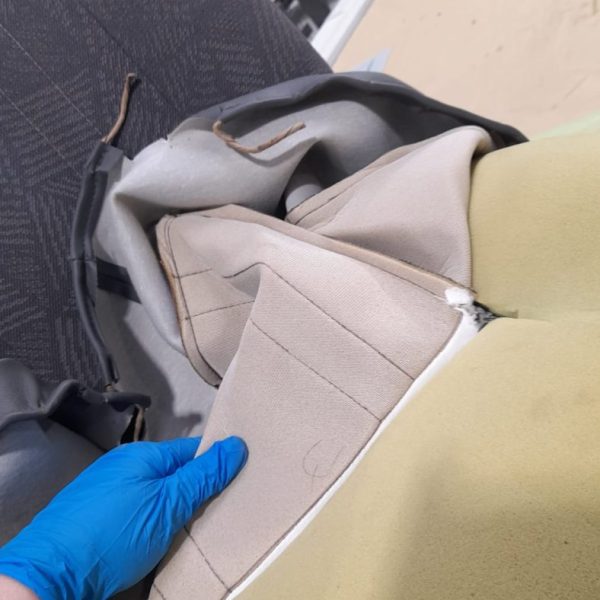

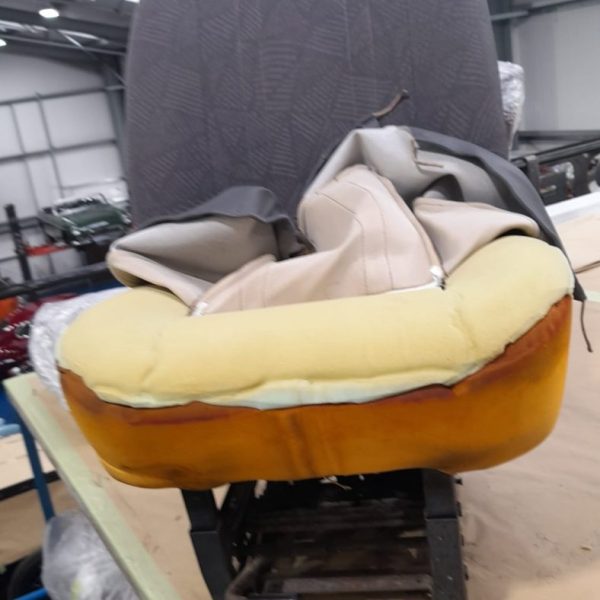
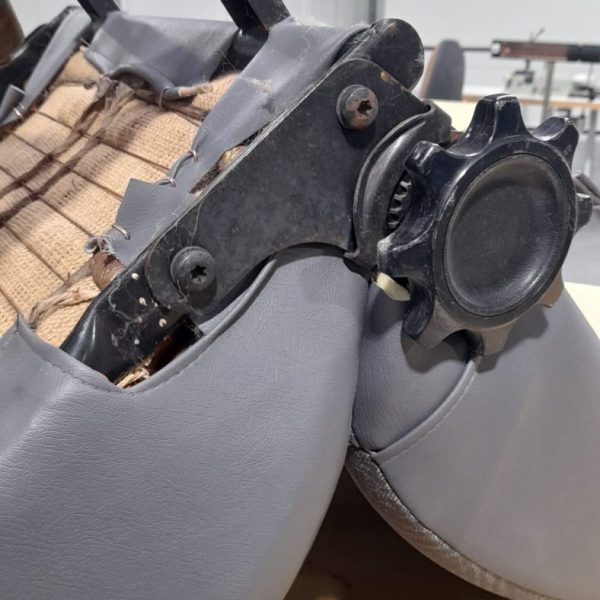

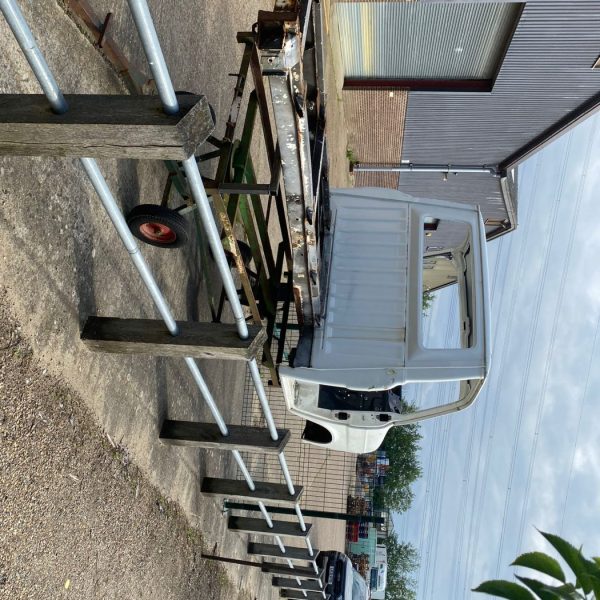
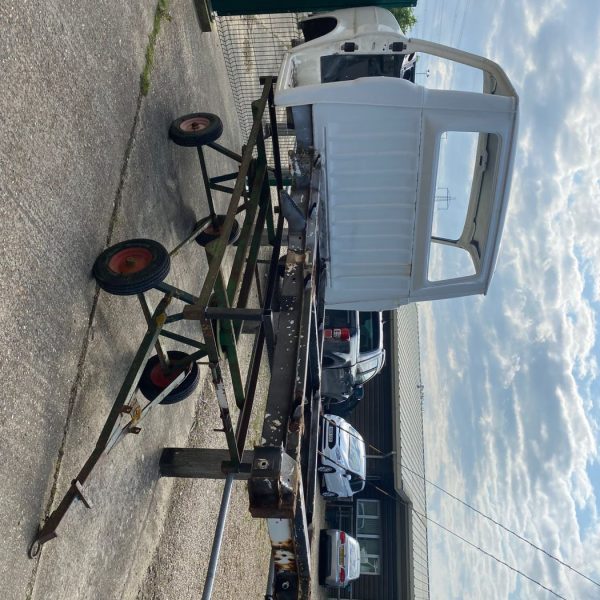







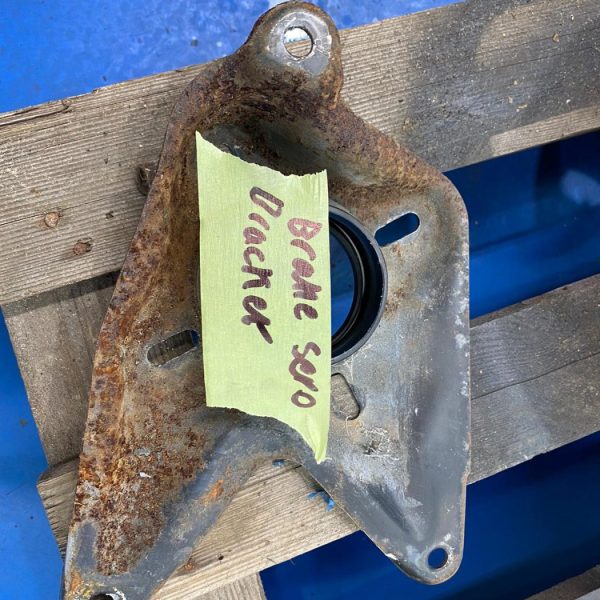

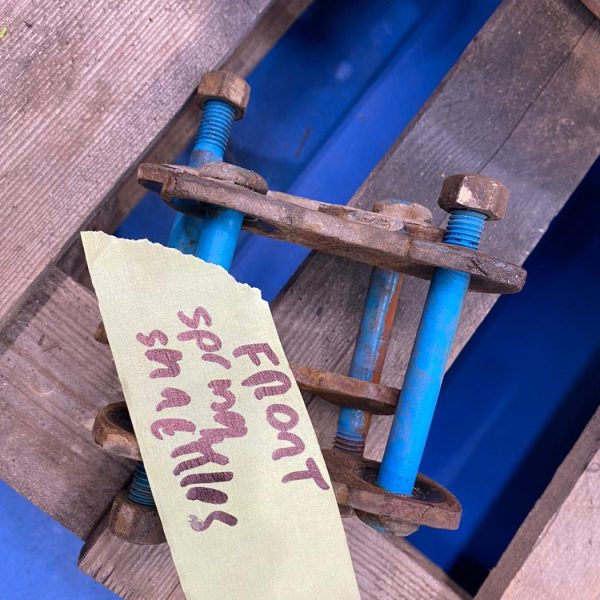



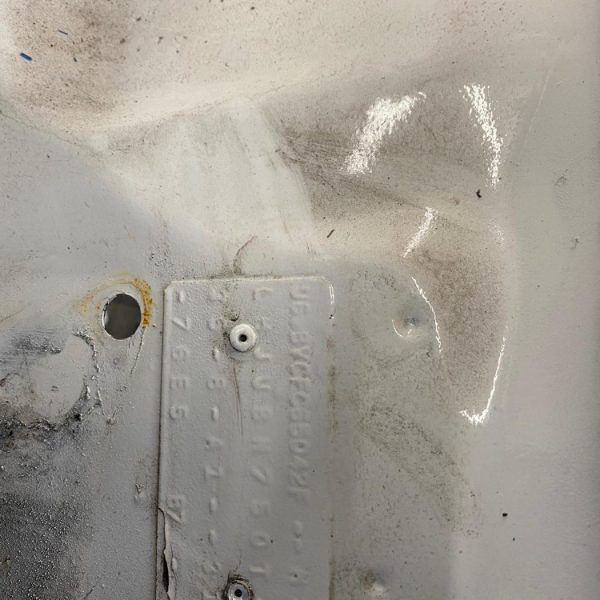




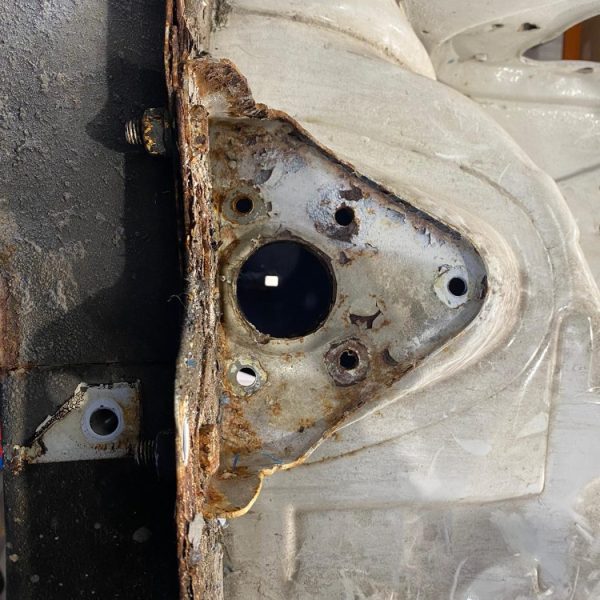
Classic car technician Jon has been working on our 1980 Talbot Lotus Sunbeam which has recently returned to the Bridge Classic Cars workshop.
Jon’s main focus was to replace the starter. To do this, he started by stripping the wires from the main terminal of the starter and labelled them. There were 5 connections here, plus a start connection from the solenoid to the starter – this was not required for the new starter. Jon removed the starter and installed the new one.
Once the new starter was in the car, only 2 of the 5 wires reached the connection. Jon made a short connector wire to run the power connections that were on the old starter. He used a small bolt to secure the connections together and then taped this up to cover. The loom was then fixed securely back into place.


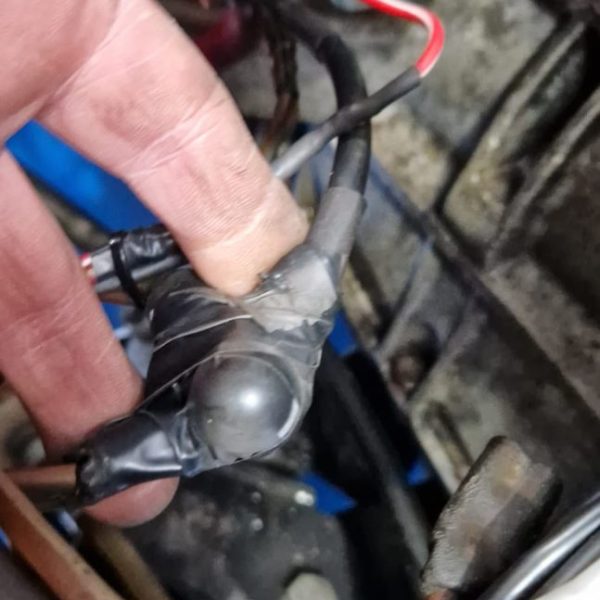
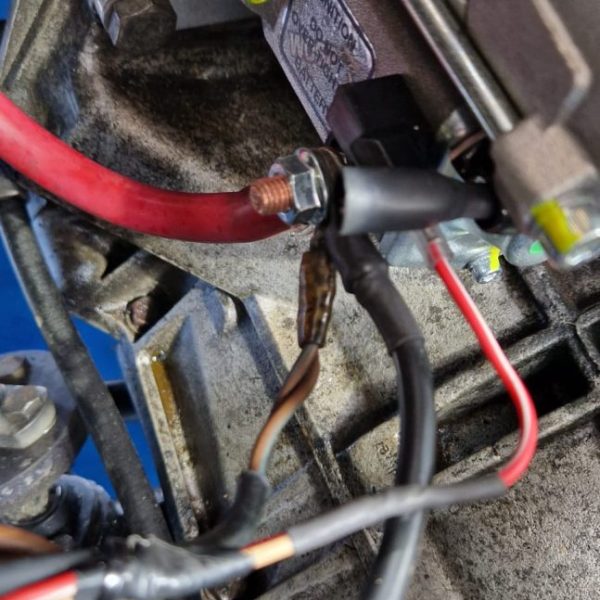




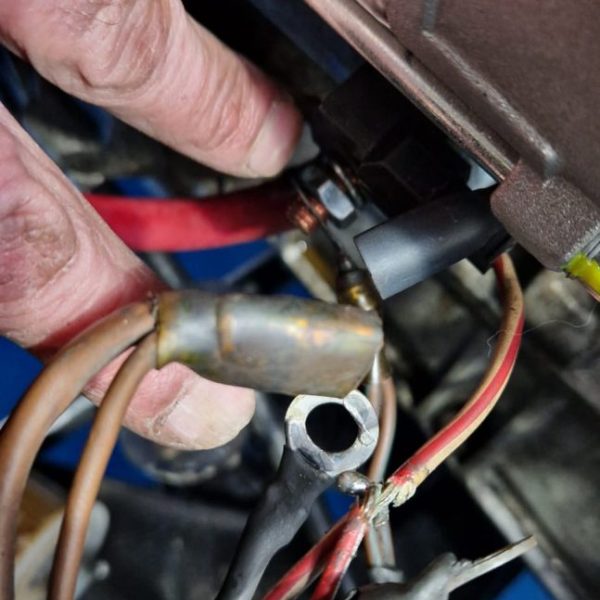
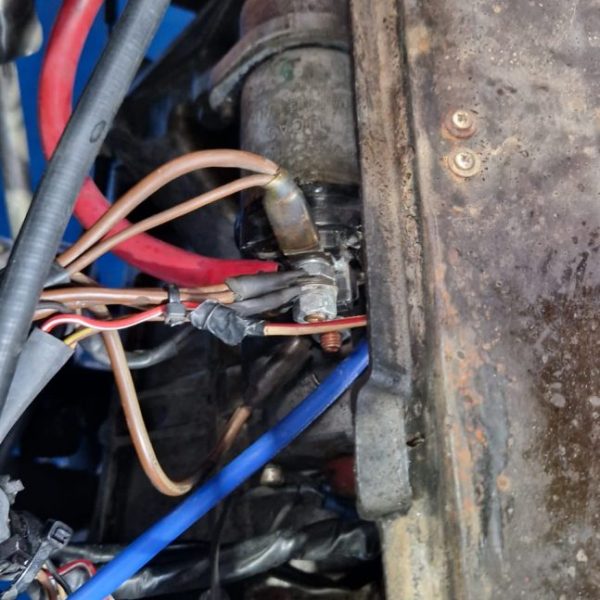



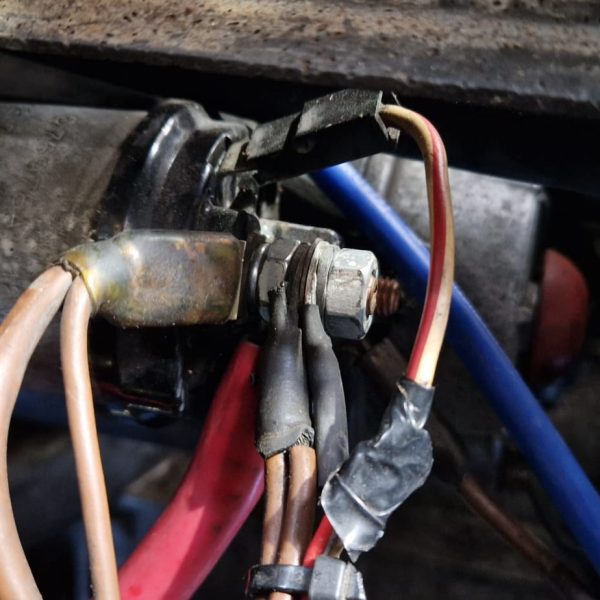
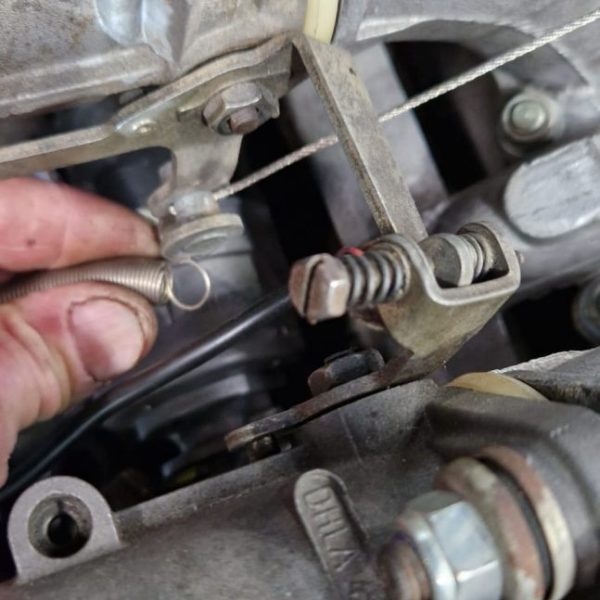
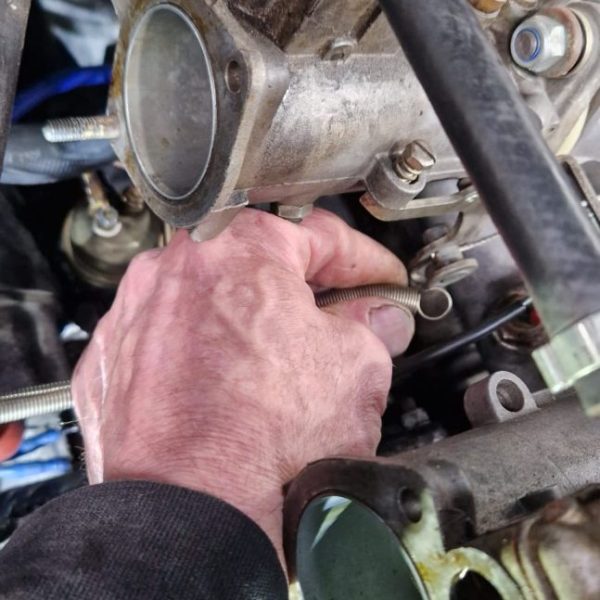



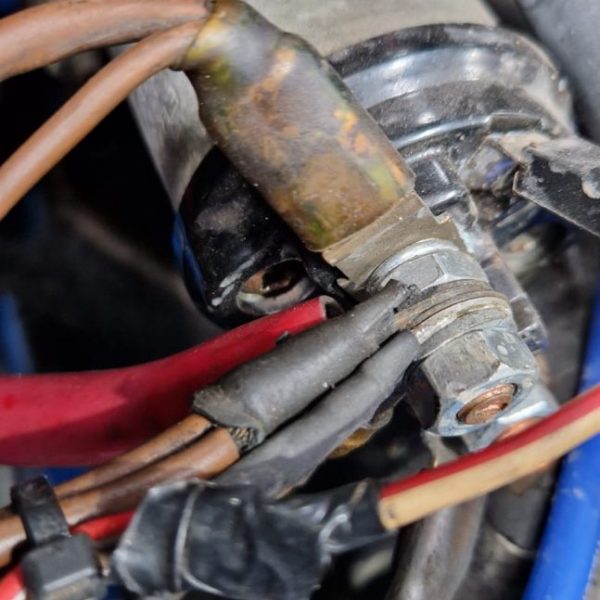

On May 19th 1935, the first section of the now-famous Autobahn opened. This first section was around 14 miles long and was opened by Adolf Hitler. Within just a few years, the Autobahn would expand to more than 7000 miles and was used for political gain for the Nazis, as well as demonstrating the high levels of engineering that were possible in Germany.
Today, the Autobahn is one of the most famous and desired roads in the world. Even though we are 88 years removed from the first opening, the road is still just as relevant throughout the automotive world as it was back in 1935.
The concept of the Autobahn was actually born in the 1920s, a time when automobiles were becoming more prevalent in German society. The idea at the time was to create a network of high-speed roads that would connect major cities and regions, enabling fast and efficient transportation for both people and goods.
The Autobahn has captured the attention of drivers right from the start. Stretching across the picturesque landscapes of Germany, it is a true demonstration of precision engineering, efficiency, and speed. With its unique characteristics and rich history, the Autobahn has become an icon of German culture and a source of interest from all over the world.
Probably the most defining feature of the Autobahn is the lack of a general speed limit on many of its sections. While there are recommended speed limits, and certain areas where speed restrictions are in place for safety reasons, a large part of the Autobahn allows drivers to unleash the full potential of their vehicles. Many people with a passion for cars see the Autobahn as one of the best driving experiences and travel great distances to drive on it.
Despite there not being a general speed limit, the Autobahn is an extremely well-designed and regulated road system. With multiple lanes, advanced traffic management systems, and strict driving rules, drivers are expected to exercise caution, follow traffic regulations, and respect the rights and safety of other road users. This emphasis on discipline and following the rules is what allows the Autobahn to allow high-speed driving.
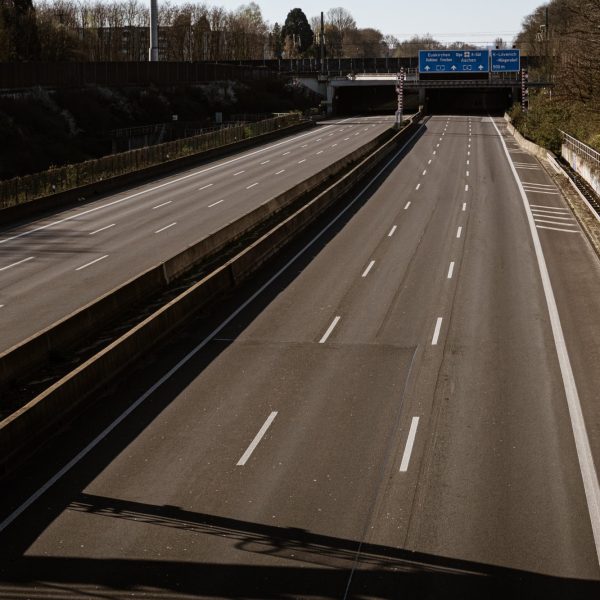
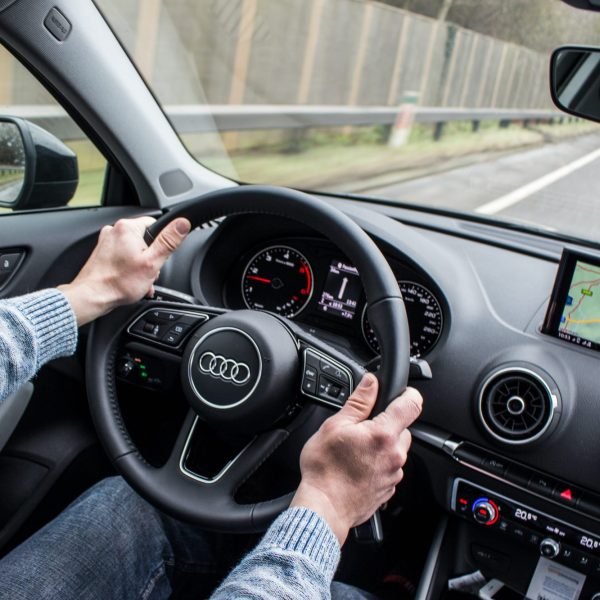
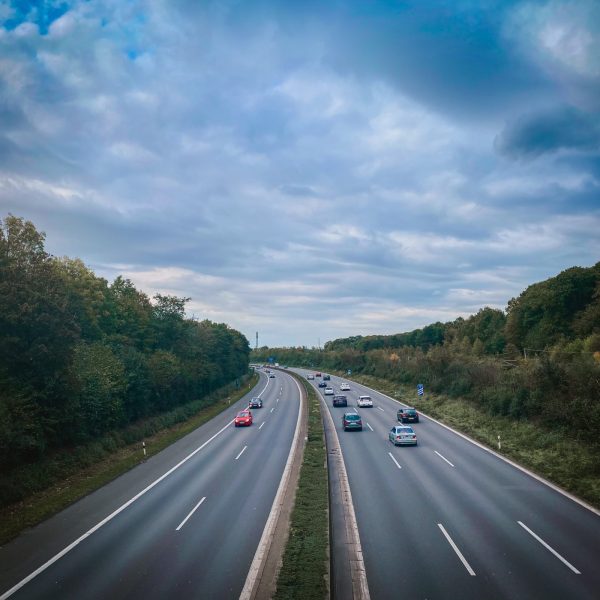
Safety has always been a big concern on the Autobahn so there are a range of safety measures in place to ensure the road is as safe as possible. There are crash barriers, intelligent traffic monitoring systems, and regular maintenance procedures. Another important factor is that Germany has a highly effective driver education and licensing system, which helps develop and promote a culture of responsible driving.
Speed and efficiency are clearly the main appeal of the Autobahn, however, it is hard to ignore the stunning natural beauty surrounding it. The Autobahn goes through quite a range of landscapes, from rolling countryside to dense forests and mountainous regions too.
The Autobahn’s impact extends beyond Germany’s borders as it has served as a model for multiple road systems globally. The idea of high-speed, well-maintained motorways has become a big part of modern projects, and the Autobahn’s success has certainly influenced transport policies in many countries.

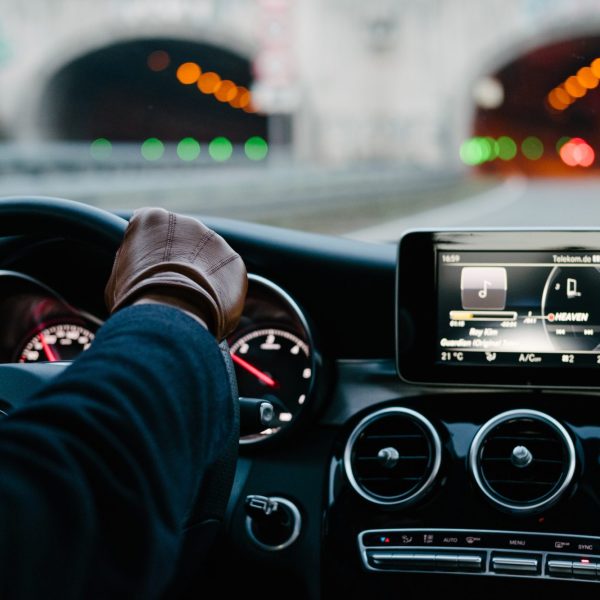
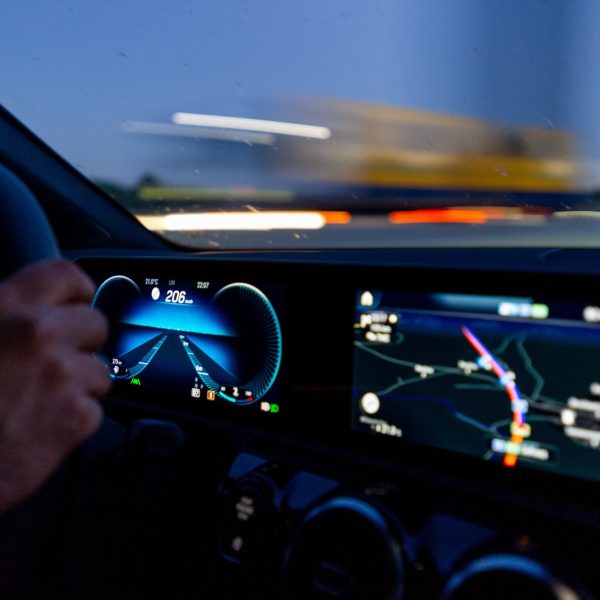
As loved as the Autobahn is by drivers, environmental concerns, such as increased carbon emissions, have caused debates about the sustainability of unlimited speed. Some people argue that speed limits should be introduced to reduce the ecological impact and further enhance road safety. The counter-argument to this is that the Autobahn’s status as a symbol of freedom and driving pleasure should be something that is maintained and protected.
In recent years, Germany has taken steps to address these concerns and some sections of the Autobahn now have speed limits. This is a sort of compromise between the desire for speed and the need for environmental responsibility.
Regardless of its connections to Hitler and any potential environmental impact, the Autobahn has to be recognised as a feat of incredible engineering. It offers drivers the opportunity to experience driving at speeds that they wouldn’t normally be able to and to truly experience the performance of their vehicles.
The debate of sustainability and unlimited speed will likely continue but, it’s hard to deny that the Autobahn has had a monumental impact on the automotive world and, whatever the future holds, it will always be an iconic driving experience.
We recently welcomed a 1964 Jaguar MKII into the Bridge Classic Cars workshop.
Despite this beautiful classic car not being here very long, our team of classic car technicians resolved several issues that the owner had reported to us. These include the car not starting, changing the auto choke to a manual, and a full health check.
Scott noticed that the oil pressure was showing at just 15psi. After attaching a mechanical oil gauge, the oil pressure reading was much better so Scott traced the issue back to a faulty sensor.
The fuel was drained and Scott cleaned the carbs and flushed the lines before checking over the rest of the car. While doing so, he noticed a snapped spoke on one of the wheels so swapped this out for the spare.





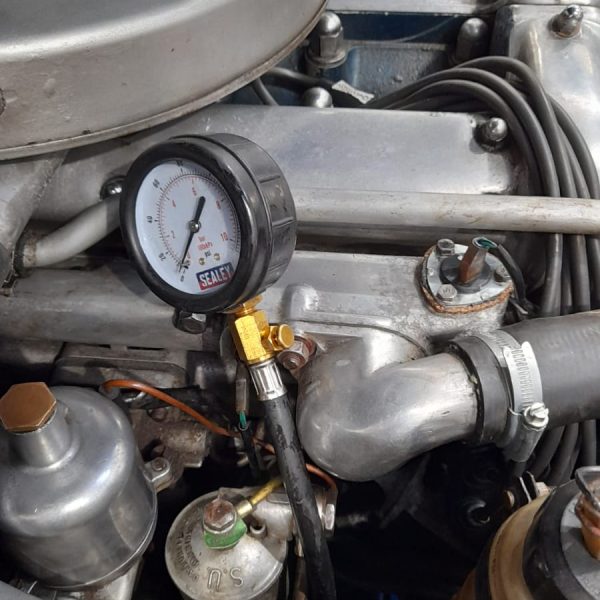



At the request of the new owner of our 2005 Suzuki Every, classic car technician Al has painted the white interior components black.
The newly painted parts give a crisp and stylish look to the interior of this stunning VW replica.
We hope that the new owner of our Suzuki Every is happy with the finish and enjoys their new camper.
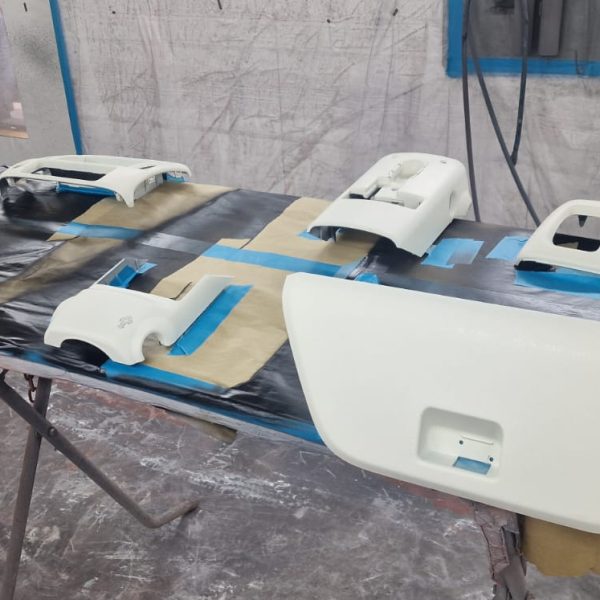

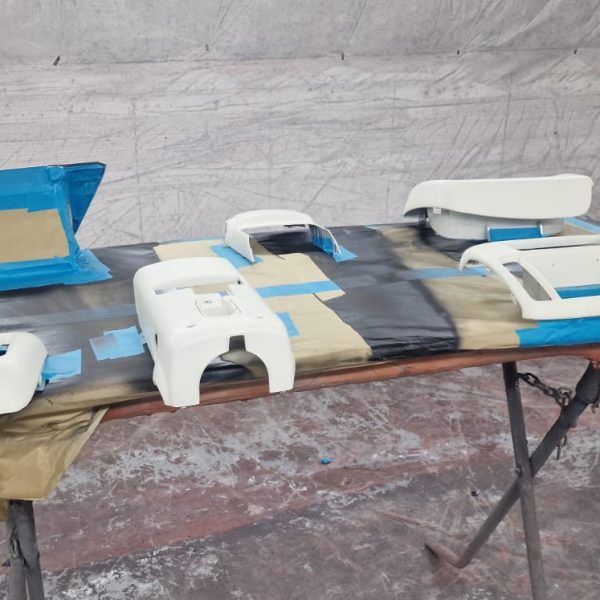
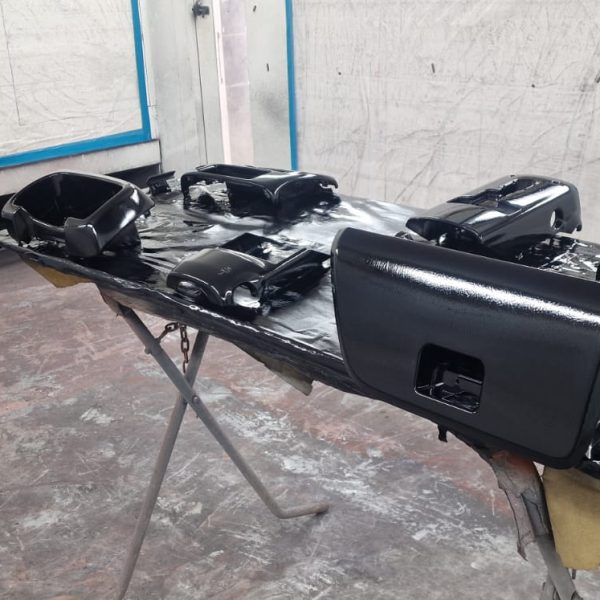

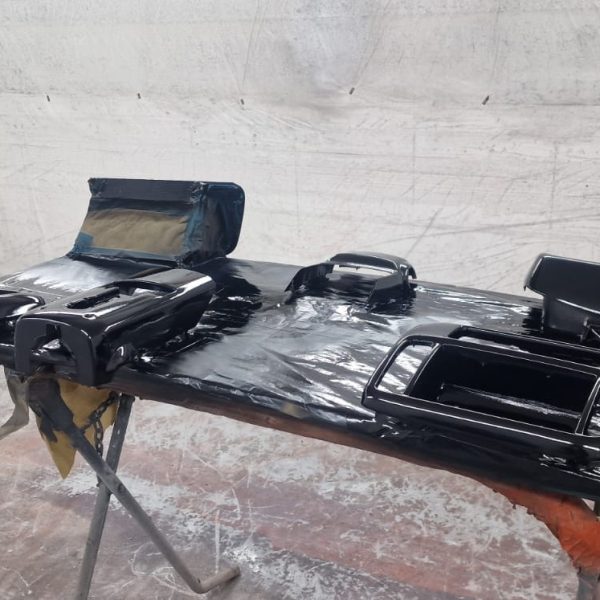
Our 1980 Saab 99 Turbo is live on the Bridge Classic Cars Competitions website.
After being refurbished by our team of classic car technicians, it retains a lot of its original features and has been refinished in its signature deep black paintwork. The interior is in excellent condition and the lucky winner of this classic Saab will be the owner of one of the first true turbocharged performance cars.
Tickets are available now from the Bridge Classic Cars Competitions website.
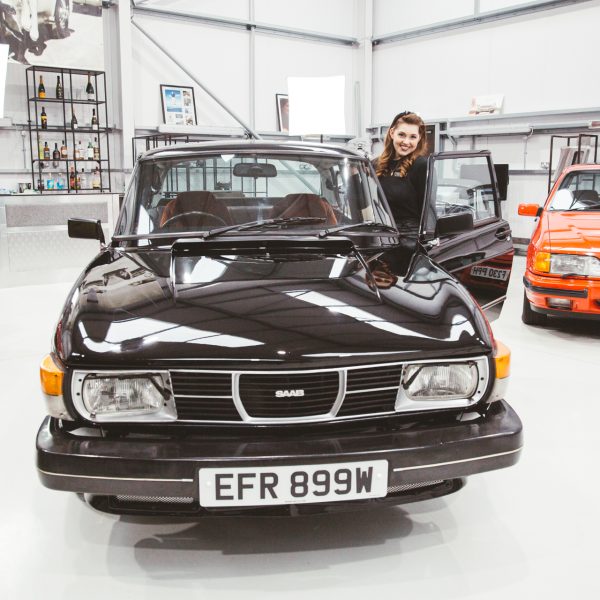

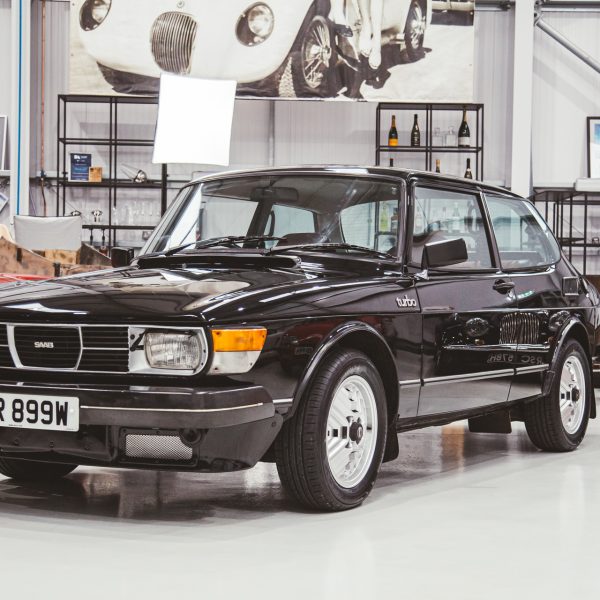
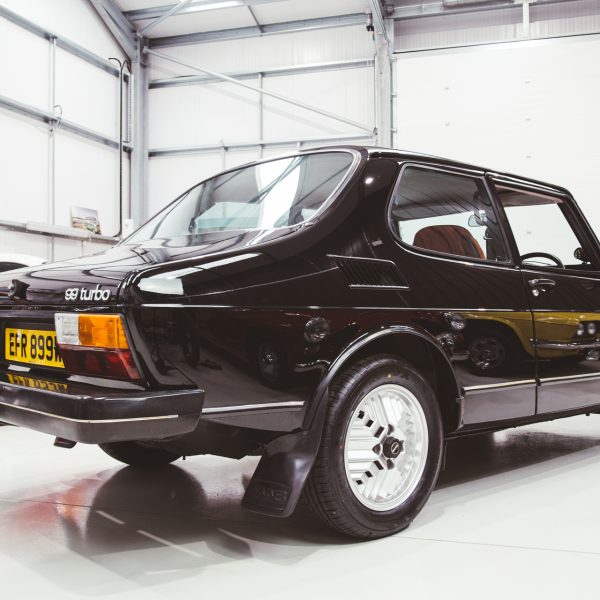
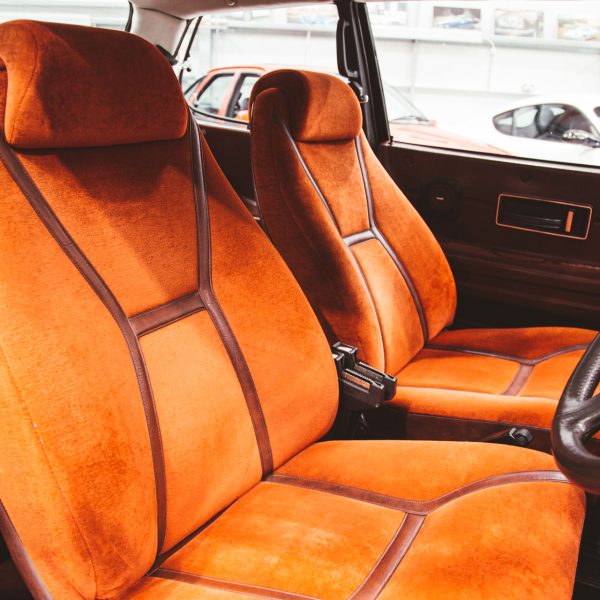

Our 1987 Daimler Double Six recently returned to the Bridge Classic Cars workshop. After leaving us last year, it has come back for our team of technicians to resolve a few issues, including some paint repairs, a door not closing properly, and the steering wheel adjustment not working as it should.
Now that our technicians have rectified these issues, our Daimler will soon leave us again to return to its owner.
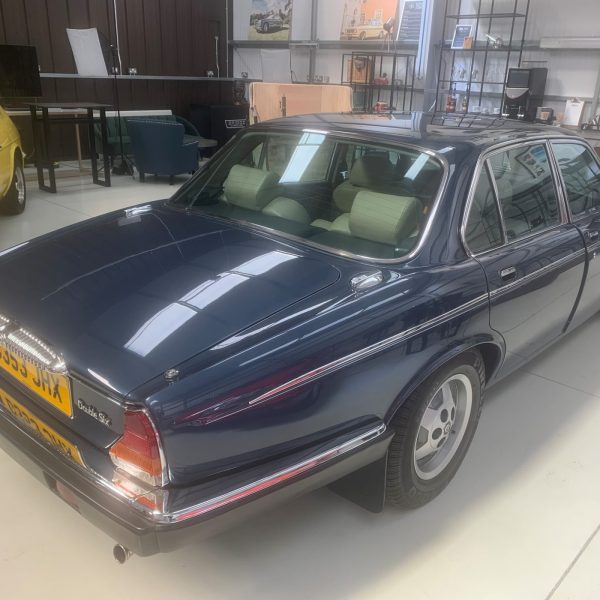

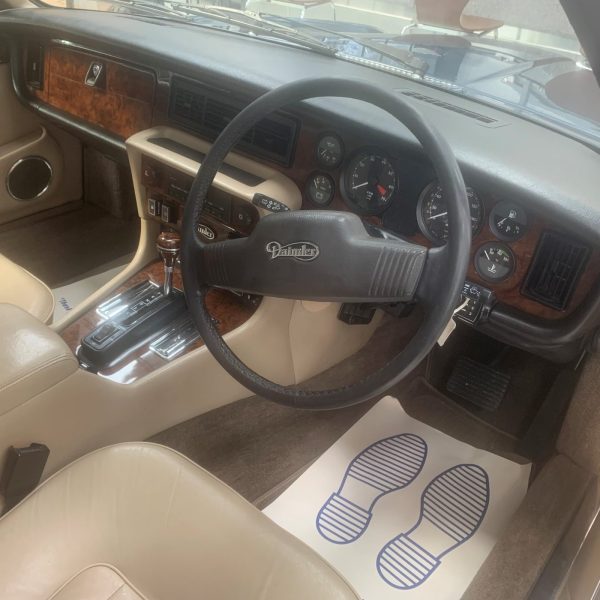
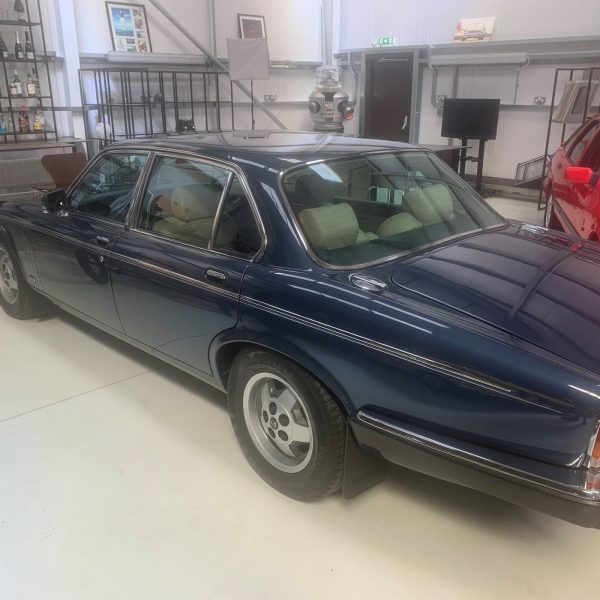
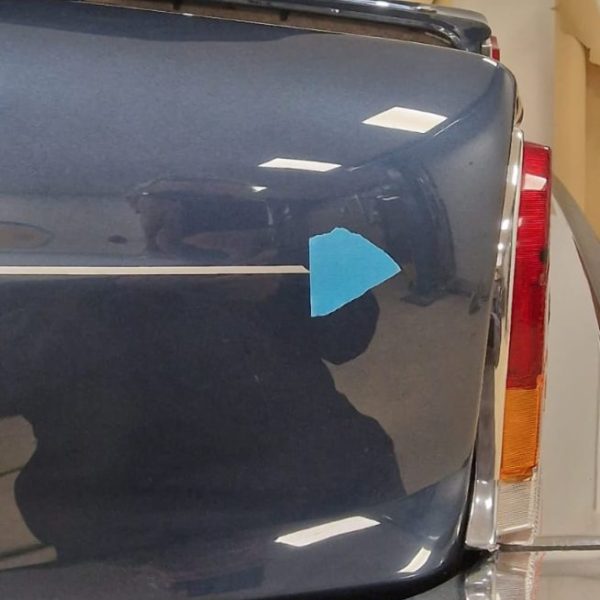

When we delivered our 1958 Austin-Healey ‘Frogeye’ Sprite to William Gordon, who had won it through Bridge Classic Cars Competitions, we couldn’t help but notice the Frogeye he already owned parked up in his garage.
The story ended with the Frogeye he won staying with him in Scotland and his former Frogeye coming back to Suffolk with us ready to eventually be offered as a future competition car.
Our (new) 1958 Austin-Healey ‘Frogeye’ Sprite has arrived at the Bridge Classic Cars workshop and will now be inspected by our team of technicians before being prepped ready for its lucky new owner (who will hopefully be found soon).
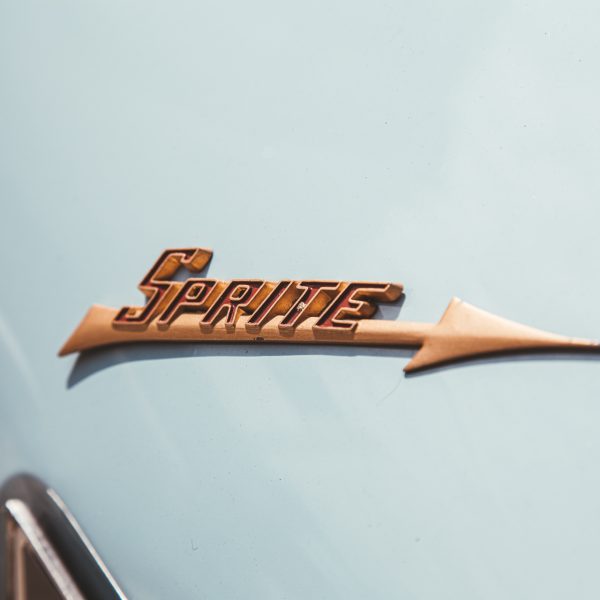


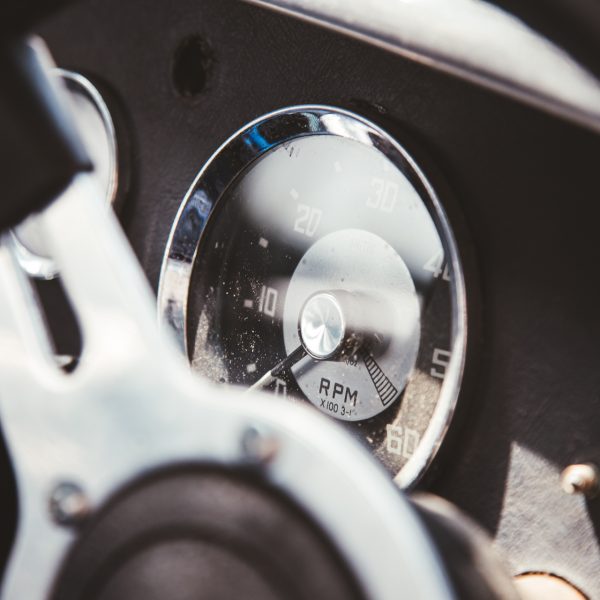
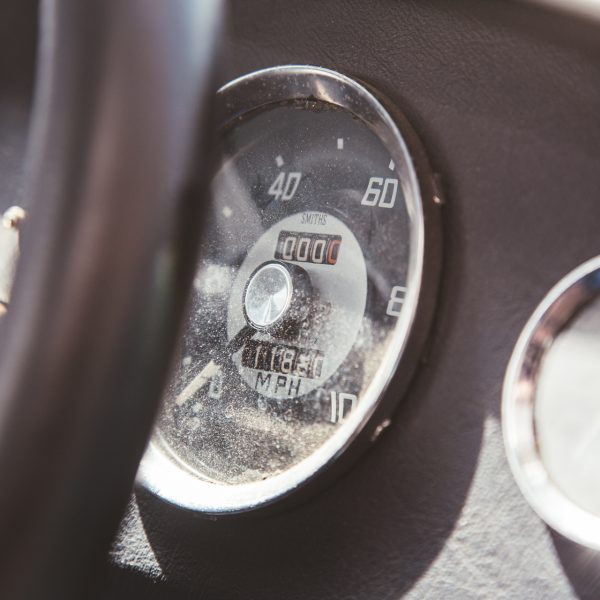

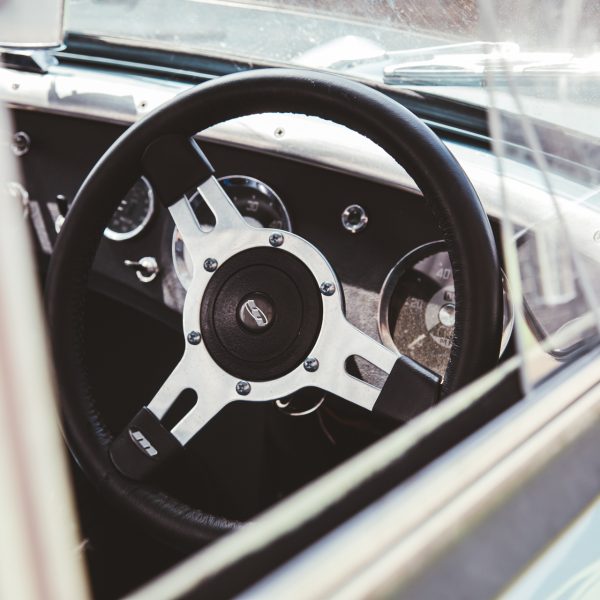


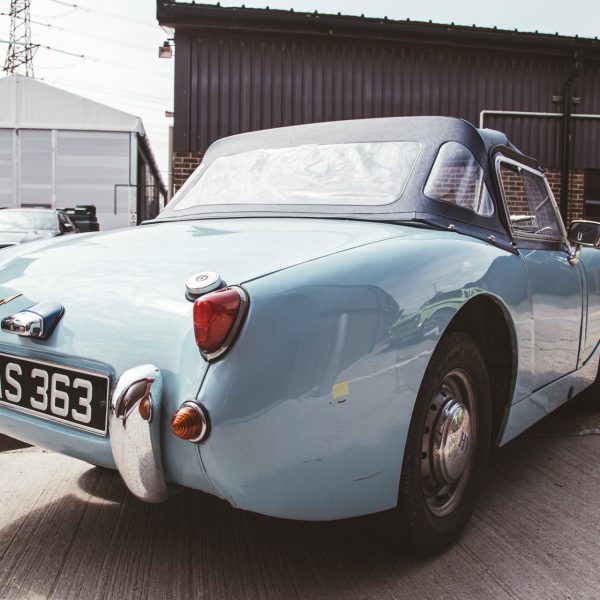
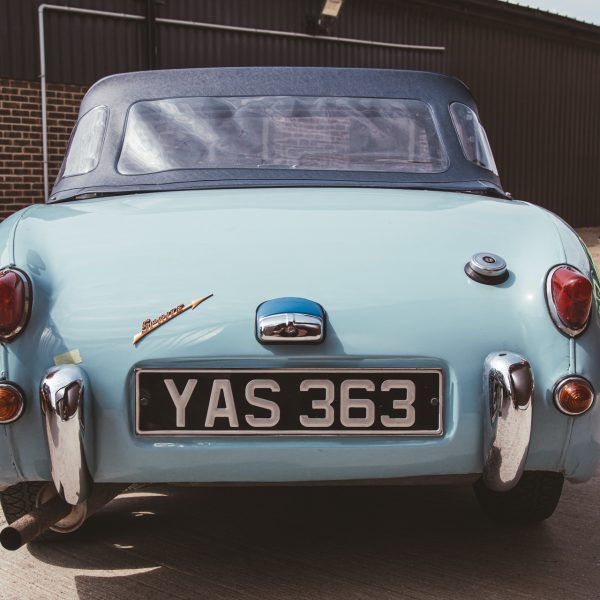
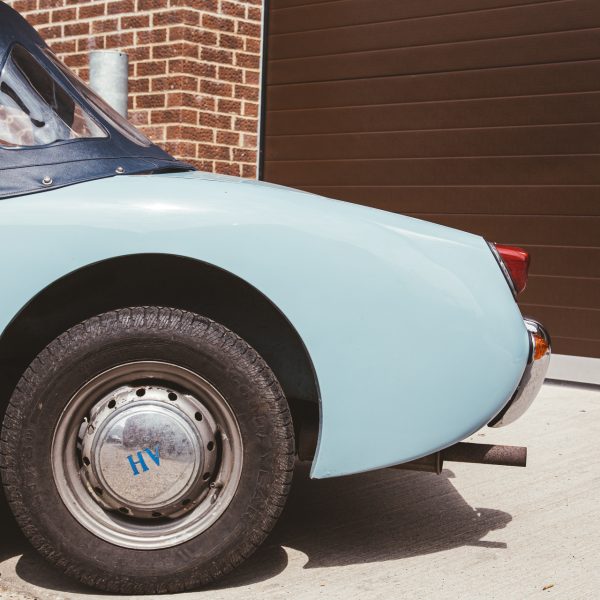

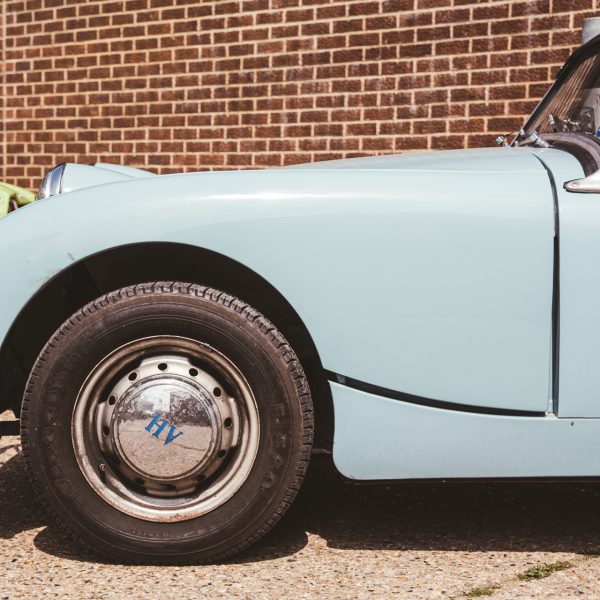


Classic car technician Brian has been working on our 1959 Jensen 541R and has been making parts for the dash of our rare Jensen.
Brian started his work on our 541R by cutting out vinyl for the dash top. He then sanded the dash smooth before filing out the slots for the air vents. The vinyl cover was glued to the dash top and was trimmed to shape as well as having the air vent slots cut out too.
Once the dash top was covered, Brian undid the ends of the dash crash pad so it could be cut down to fit the car. The crash pad was trial-fitted into the car before having its ends re-covered.

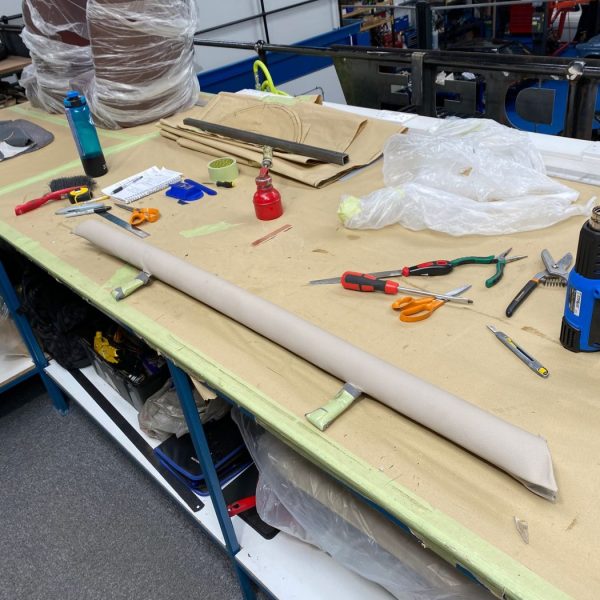
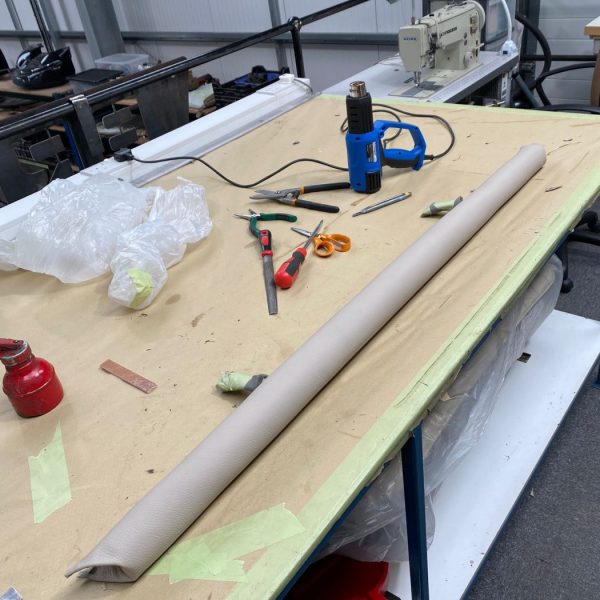
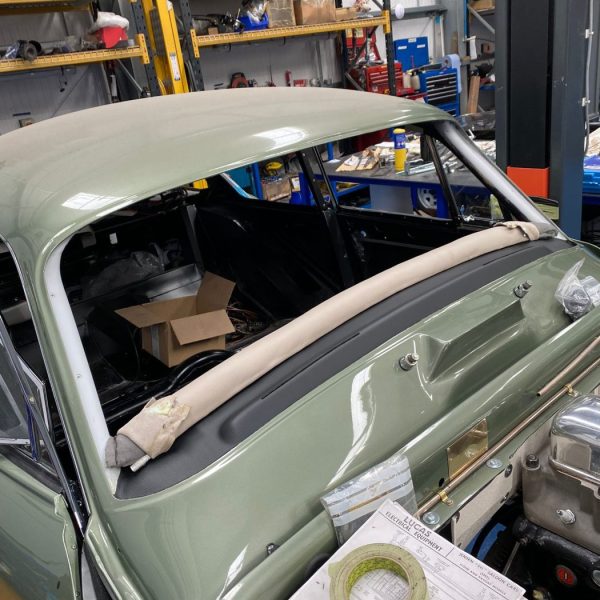
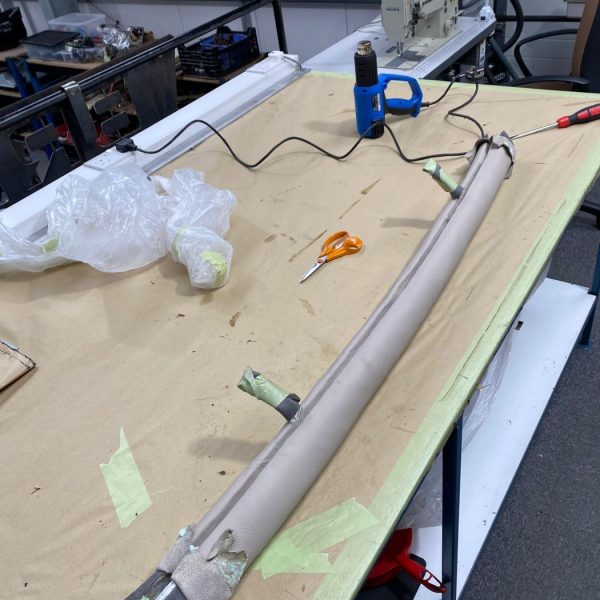
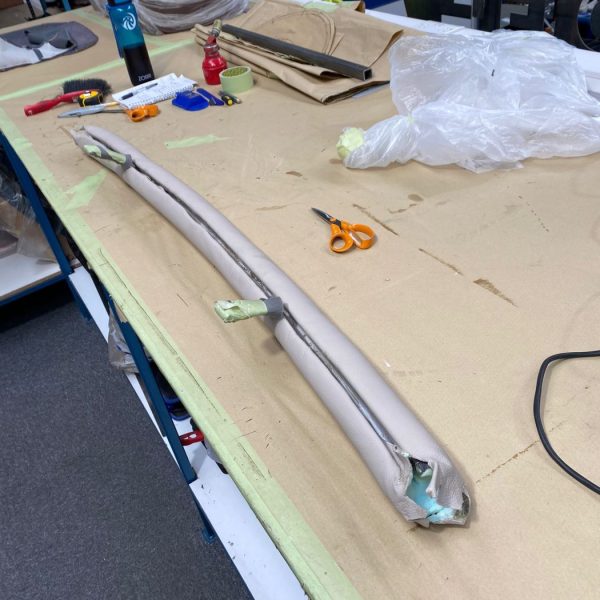
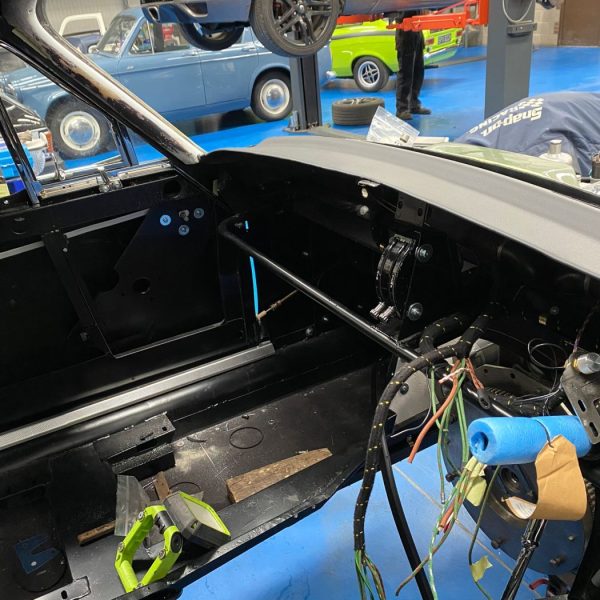
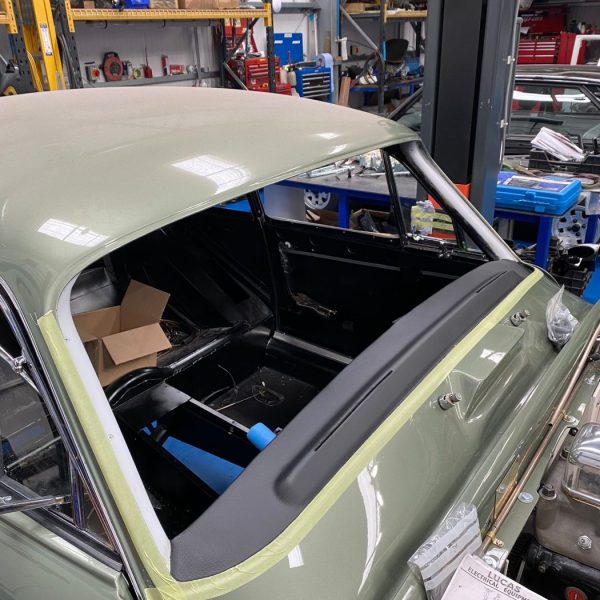


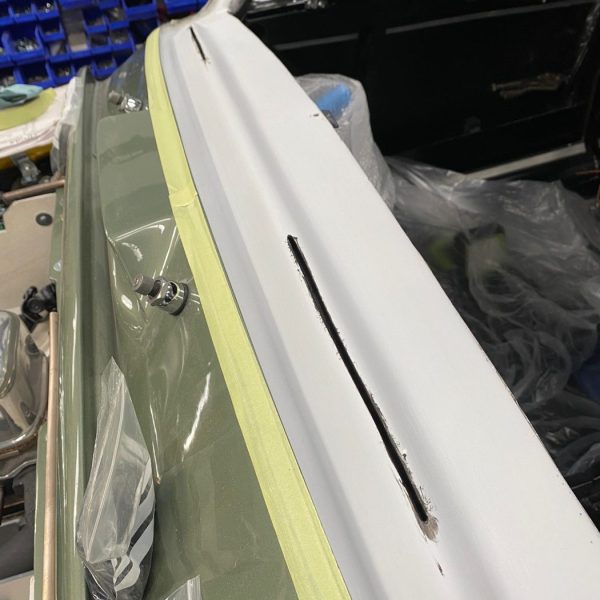
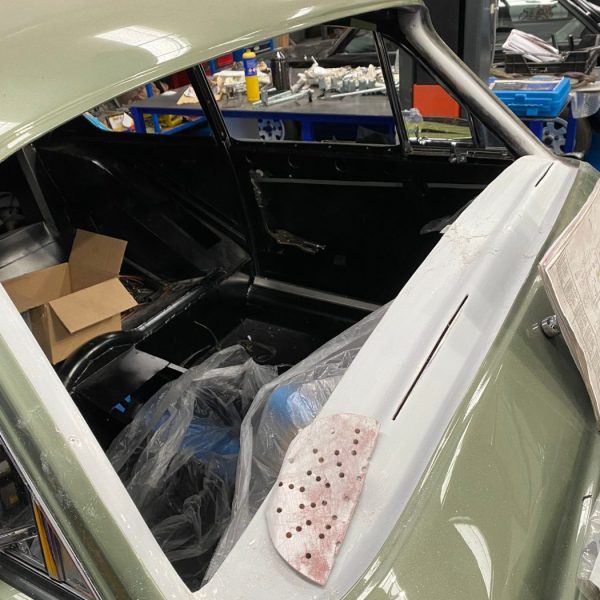
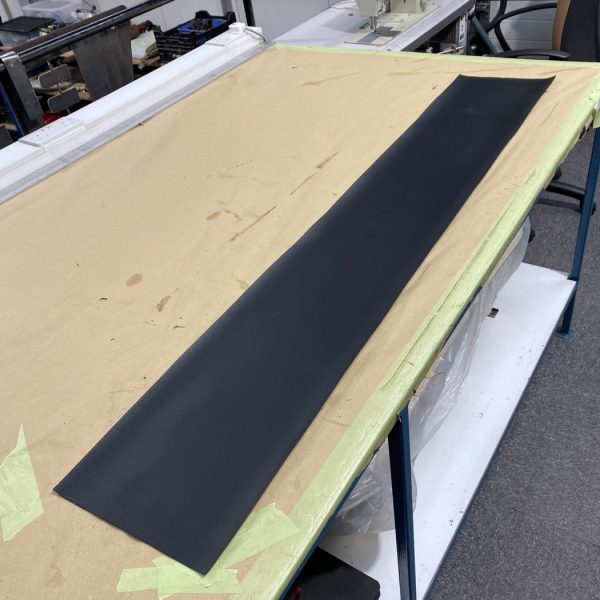
Our 1958 AC Ace has had a new tonneau cover made by Brian and Lydia.
Brian made paper patterns for the steering wheel cover before cutting out a trial cover from vinyl and trial-fitting it in the car. The tonneau cover had a slot cut out of it where the steering wheel cover will be. The steering wheel cover was then cut out before Brian fitted lift-the-dot fasteners and fitted the cover to the car.
Lydia helped Brian out by sewing the vinyl mock-up of the steering wheel cover.
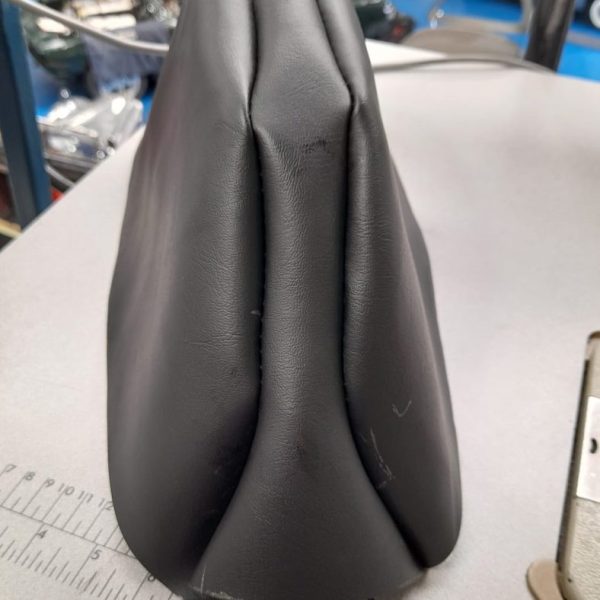
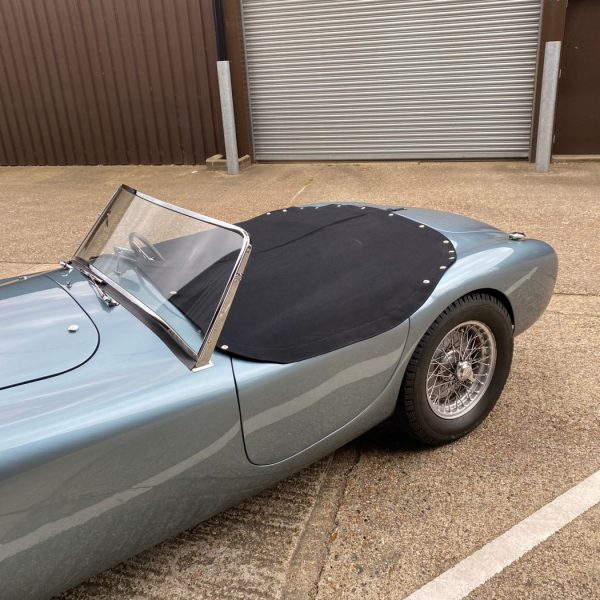
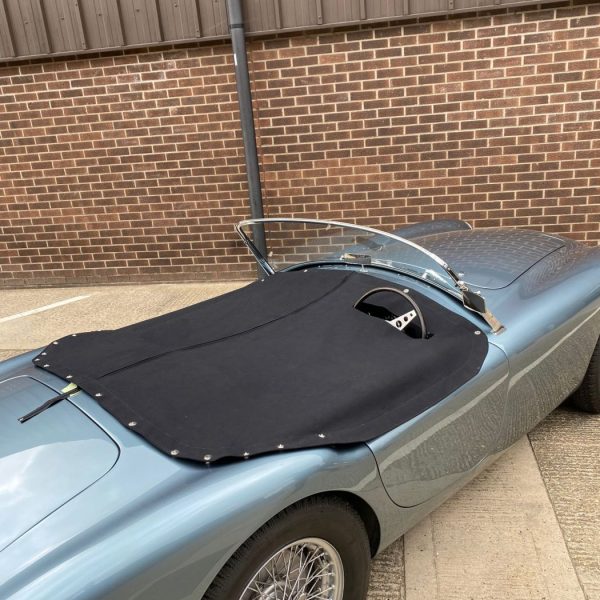
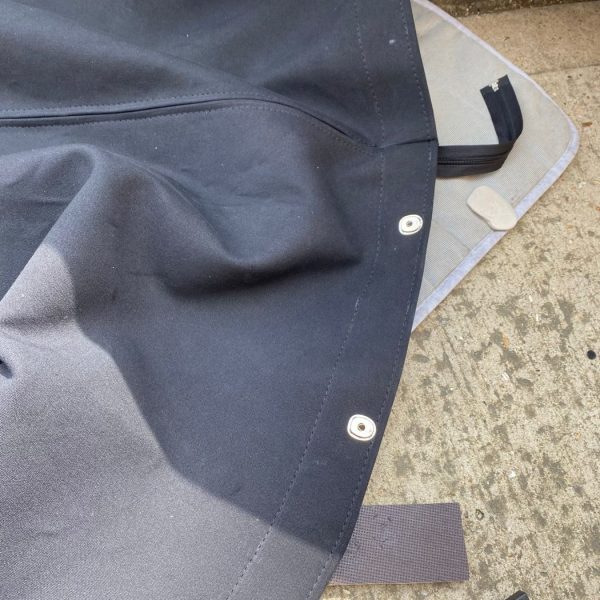
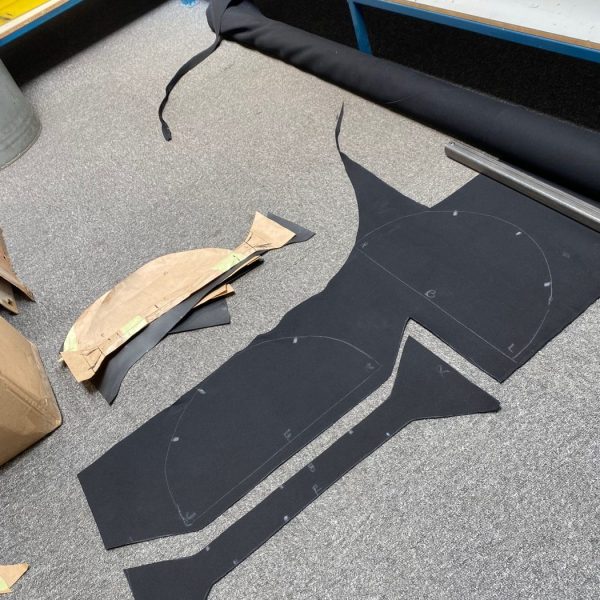
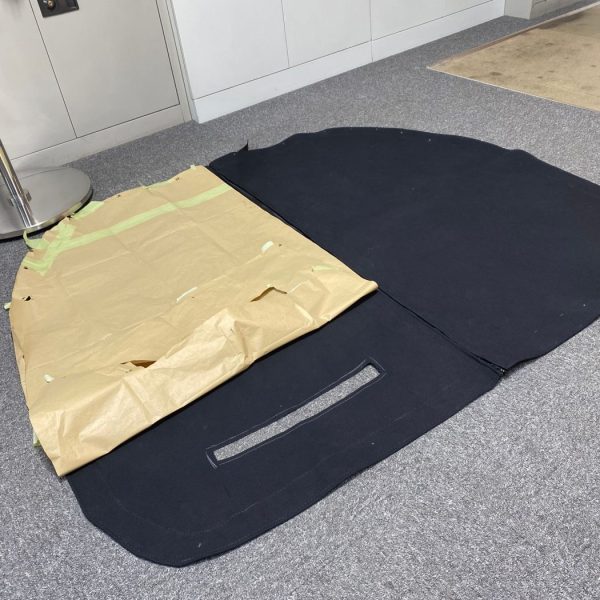
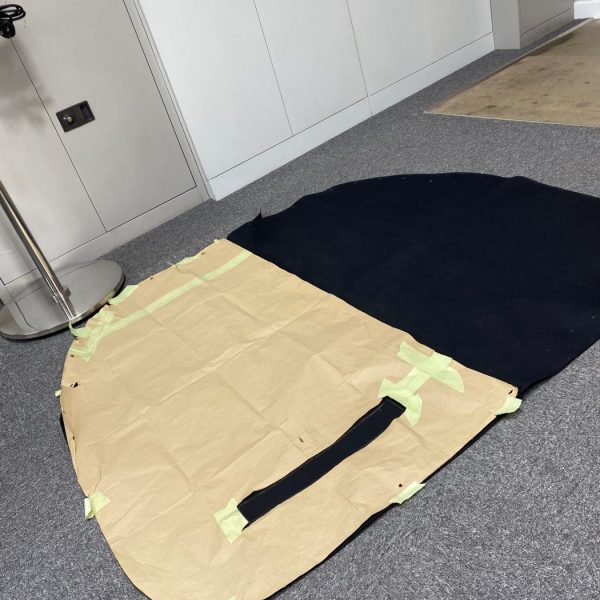
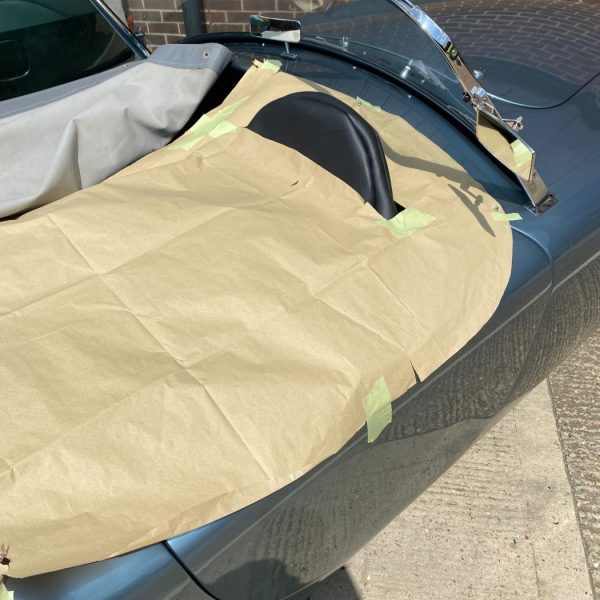

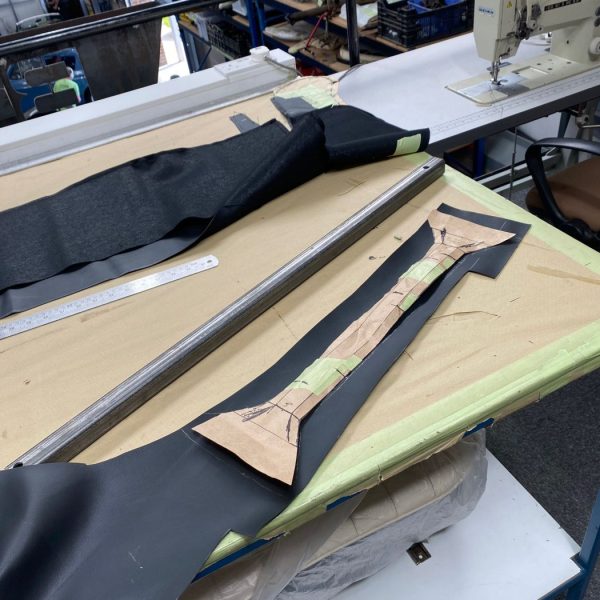







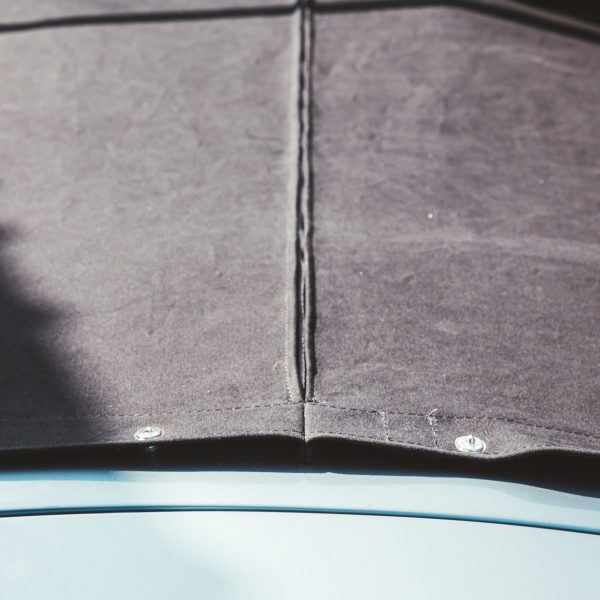
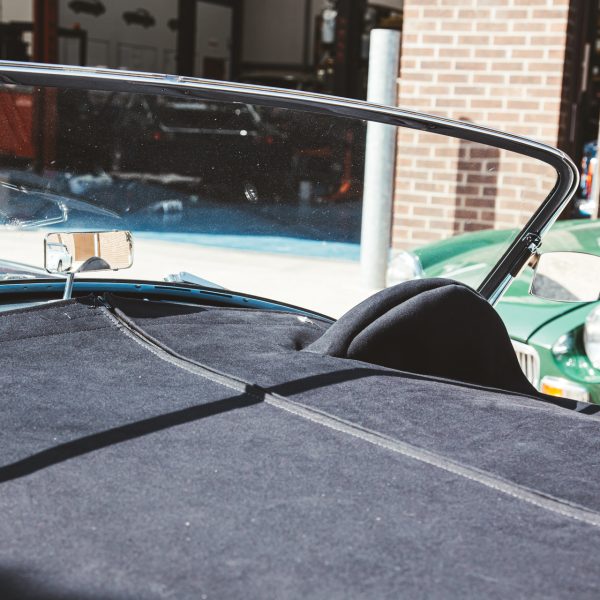

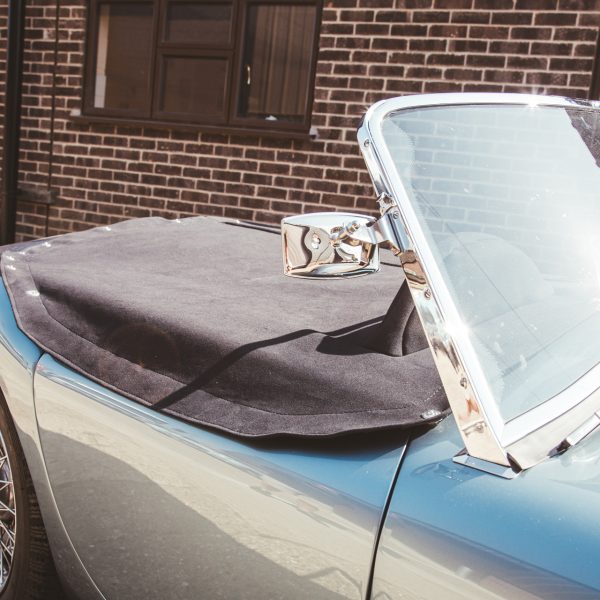
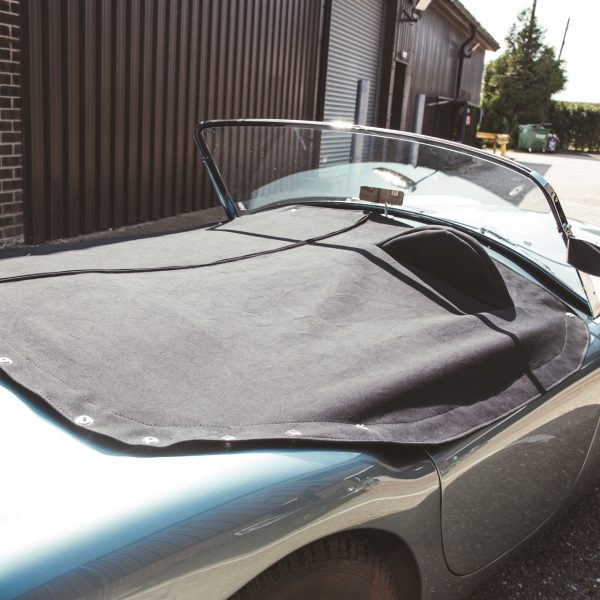



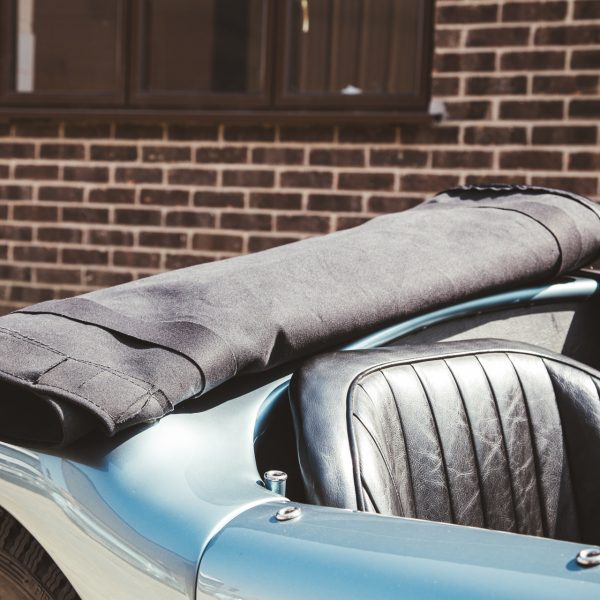
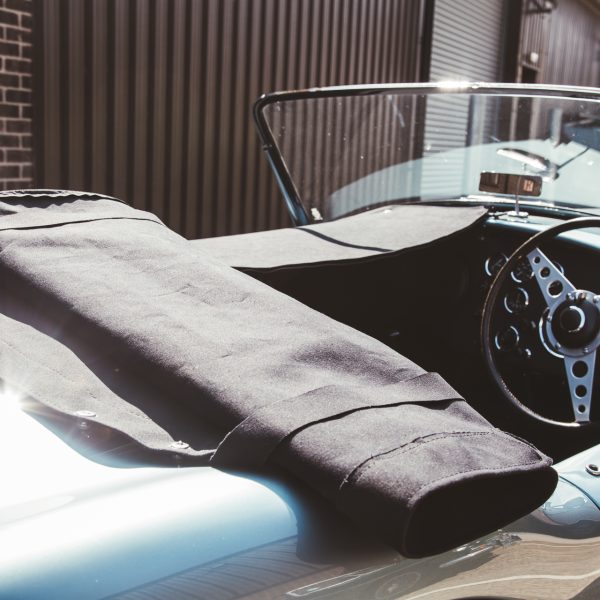

Today marks the halfway point of Mental Health Awareness Week 2023.
The official theme for this year is anxiety. This theme was set by the Mental Health Foundation as part of their ‘Just’ Anxiety?’ campaign which aims to help people and organisations understand the difference between anxiety and anxiety disorders as well as building confidence in knowing what support is available to those who need it.



Most people will feel some form of anxiety at some point in their lives. However, those with an anxiety disorder feel intense levels of anxiety on a frequent basis. This can dramatically impact the quality of life they experience.
More than 8 million people in the UK alone are affected by an anxiety disorder. Some common anxiety disorders include:
Mental Health Awareness Week first started in 2001 and has become an annual occurrence. It aims to help raise awareness of not only the various types of mental health issues but also to help reduce the stigma surrounding talking about them.
Talking can be a huge help for some people suffering from anxiety and other mental health issues. While medication and other forms of professional help may be needed, spending time with friends and family can go a long way in helping those who need it.
From car clubs and automotive events to sharing a common interest with others, the car community can be a great place to talk to people and spend time focussing on something you are passionate about.
Of course, this is not a solution or a cure for any mental health condition, however, it can give you the opportunity to temporarily alleviate some of the symptoms associated with mental health issues.
For more information on Mental Health Awareness Week and for more specific facts, figures, and guidance, the Mental Health Foundation is a fantastic place to start.
We recently received a certificate of manufacture from Vauxhall Heritage which gave us a bit more information about our Vauxhall Wingham.
As a result of getting the certificate, we have updated this project as, rather than a 1937 model, our Vauxhall Wingham was actually manufactured in July 1938.
As there are so few of these cars left worldwide (estimates indicate five) finding out accurate information about each vehicle can be difficult. However, as this has come from Vauxhall Heritage, we believe this new information to be factual.
Despite the difference in year of manufacture, our Vauxhall Wingham is a beautiful classic that we are very pleased to have in our collection.


The Land Rover Defender is an iconic vehicle that has left an undeniable mark on the automotive industry. Renowned for its ruggedness, versatility, and off-road capabilities, the Defender has built a fan base of drivers and adventure enthusiasts around the world.
The story of the Land Rover Defender started in the aftermath of World War II. Maurice Wilks, the chief designer at Rover, was inspired by the surplus American Jeeps used during the war. He saw an opportunity to create a similar vehicle for civilian use. In 1947, he sketched the first design for what would become the original Land Rover.
The Land Rover made its debut at the Amsterdam Motor Show in 1948, attracting a lot of attention. It was immediately recognised for its robustness, simplicity, and versatility. The original Land Rover featured a boxy design with a lightweight aluminium body and a robust chassis. It was equipped with a 1.6-litre engine and had permanent four-wheel drive, making it capable of driving over rough terrains with little issue.
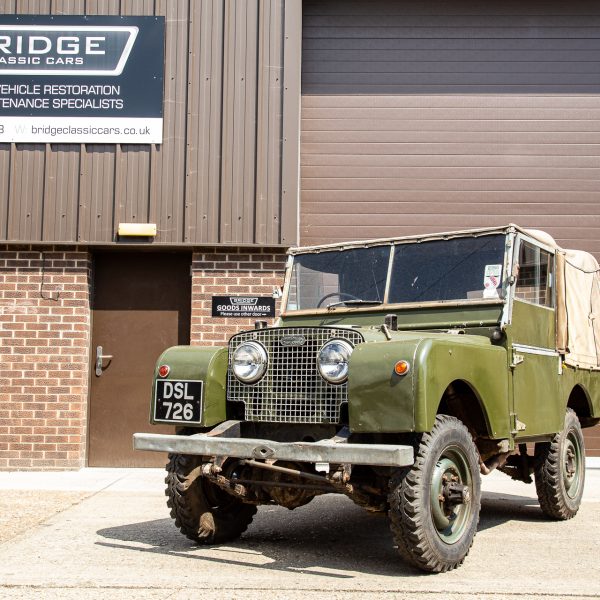
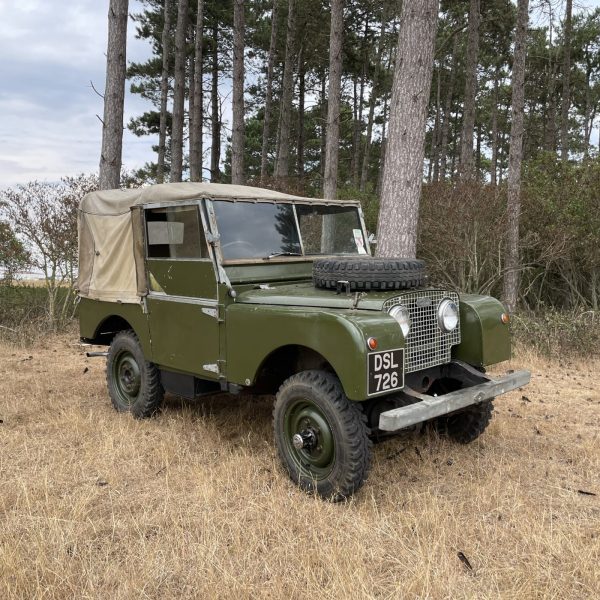
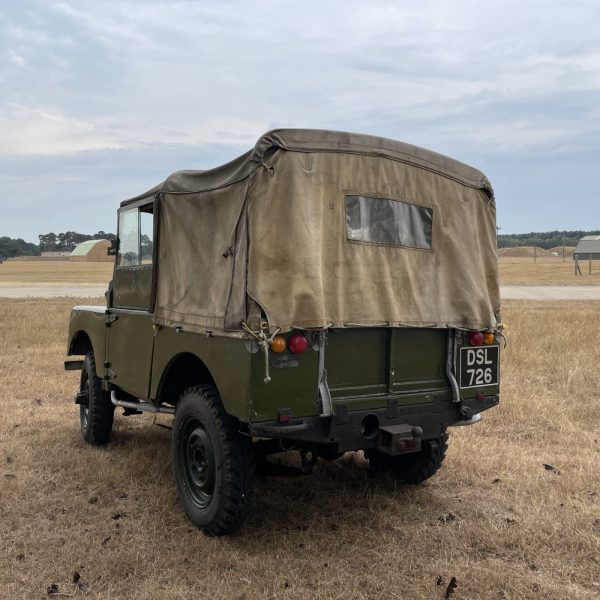
The Original Land Rover went through several iterations and improvements and, in 1958, the Series II was introduced. The Series II featured more refined styling and a larger engine. It became increasingly popular as a commercial vehicle in various industries, including agriculture, military, and exploration.
In 1971, the Series III was unveiled, marking a significant milestone in the Land Rover’s history. It featured a more comfortable interior, improved brakes, and an upgraded suspension system. By this time, the Land Rover had gained a reputation as a reliable workhorse and was loved by farmers, adventurers, and anyone else who needed an all-terrain vehicle.


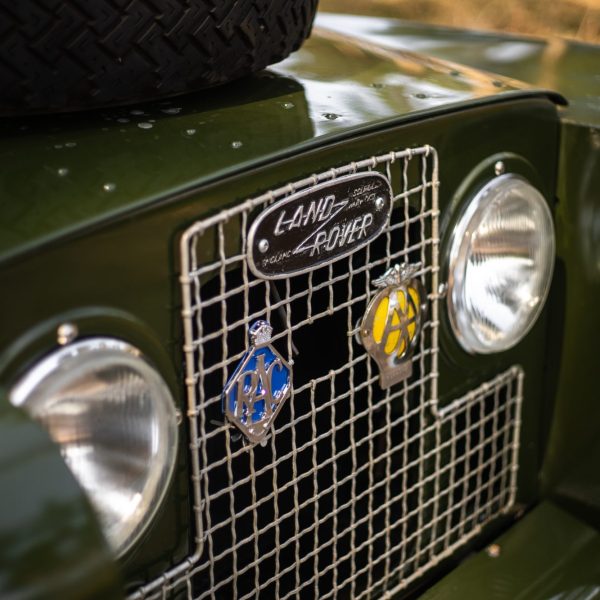
In 1983, the Land Rover One Ten and Ninety models were introduced, which marked the beginning of a new naming process which was based on the wheelbase length (in inches) of each vehicle. These models featured several enhancements, including better soundproofing, improved heating systems, and more refined interiors.
In 1990, the Land Rover Defender name was officially introduced, as a way to differentiate the rugged off-road vehicle from the more luxurious Range Rover models that were now being produced. The Defender continued to evolve, with the introduction of more powerful engines, improved suspension systems, and advanced safety features.
Throughout its history, the Defender has been associated with numerous expeditions and adventures. It has conquered challenging terrains across the globe, from deserts to snow and ice and everything in between. Its off-road capabilities, combined with its durability, have made it the vehicle of choice for explorers, conservationists, and outdoor enthusiasts in some of the harshest environments on the planet.
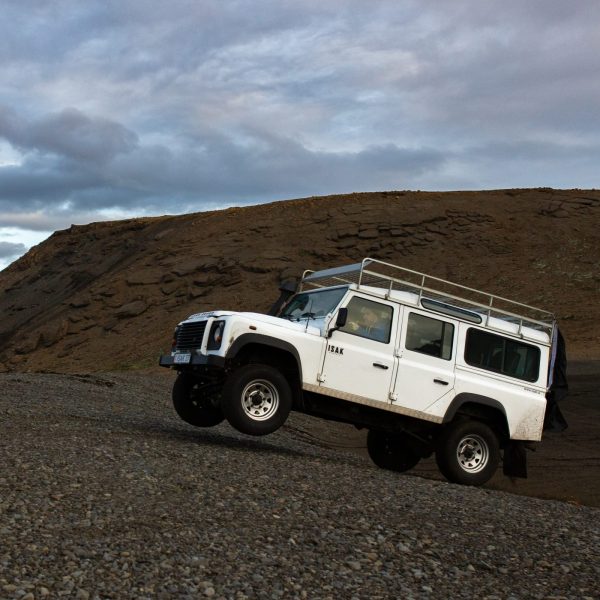
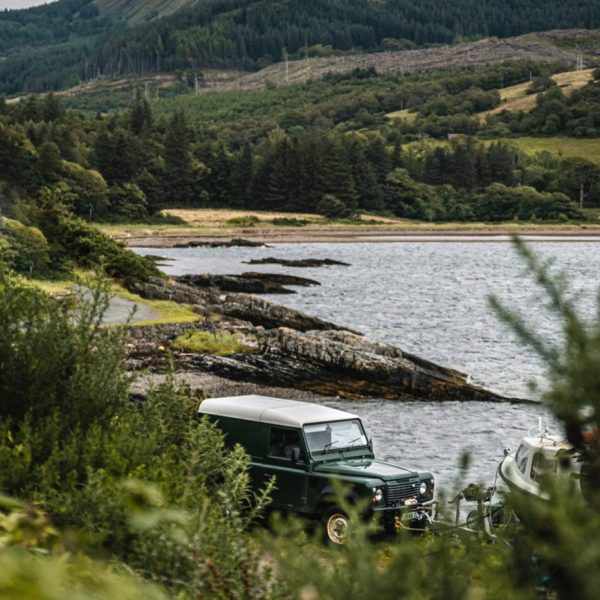
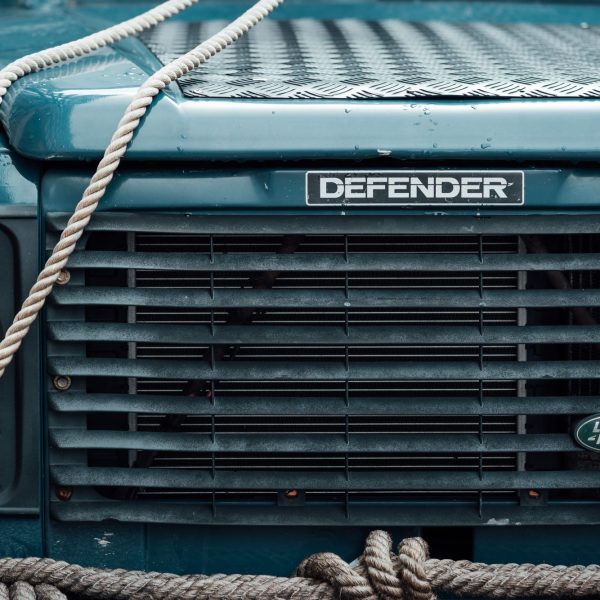
Despite its iconic status, the Land Rover Defender faced challenges in meeting modern safety and emission standards. After a remarkable production run spanning over six decades, the original Defender ceased production in 2016. This marked the end of an era for Land Rover enthusiasts, who mourned the loss of a true automotive legend.
Land Rover recognised the significance of the Defender and the demand from its passionate fan base. In 2020, the company unveiled the all-new Land Rover Defender, blending the classic design elements with modern technology and engineering. The new Defender retains its boxy silhouette, rugged capabilities, and off-roading ability while incorporating advanced features such as all-wheel drive, advanced terrain response systems, and a range of powerful engines.
The introduction of the new Defender brought new life into the iconic nameplate, ensuring that the legacy of this legendary vehicle continues into the future. Even to this day, the Defender remains a symbol of adventure, freedom, and exploration, embodying the spirit of the original Land Rover.



The history of the Land Rover Defender is a story of innovation, endurance, and timeless design. From its humble beginnings as a post-war utility vehicle to its status as a global automotive icon, the Defender has captured the imagination of generations.
I am a big fan of the Land Rover Defender and we have had several come into the Bridge Classic Cars workshop which is certainly an exciting perk of the job!
Here’s to many more years of the iconic adventurer!
Bridge Classic Cars Director, Gordon is going to be attending both the Monaco and Barcelona Grand Prix this year.
To acknowledge his trip, we have commissioned a very special one-off design Bridge Classic Cars T-Shirt which will be made by Carousel Clothing. The Formula 1-inspired t-shirt will be worn by Gordon and his friends as they take in the experience and the exciting atmosphere of 2 Formula 1 events.
We are sure there’ll be plenty of photos taken so we are looking forward to seeing Gordon and Co up close and personal with the F1 drivers.
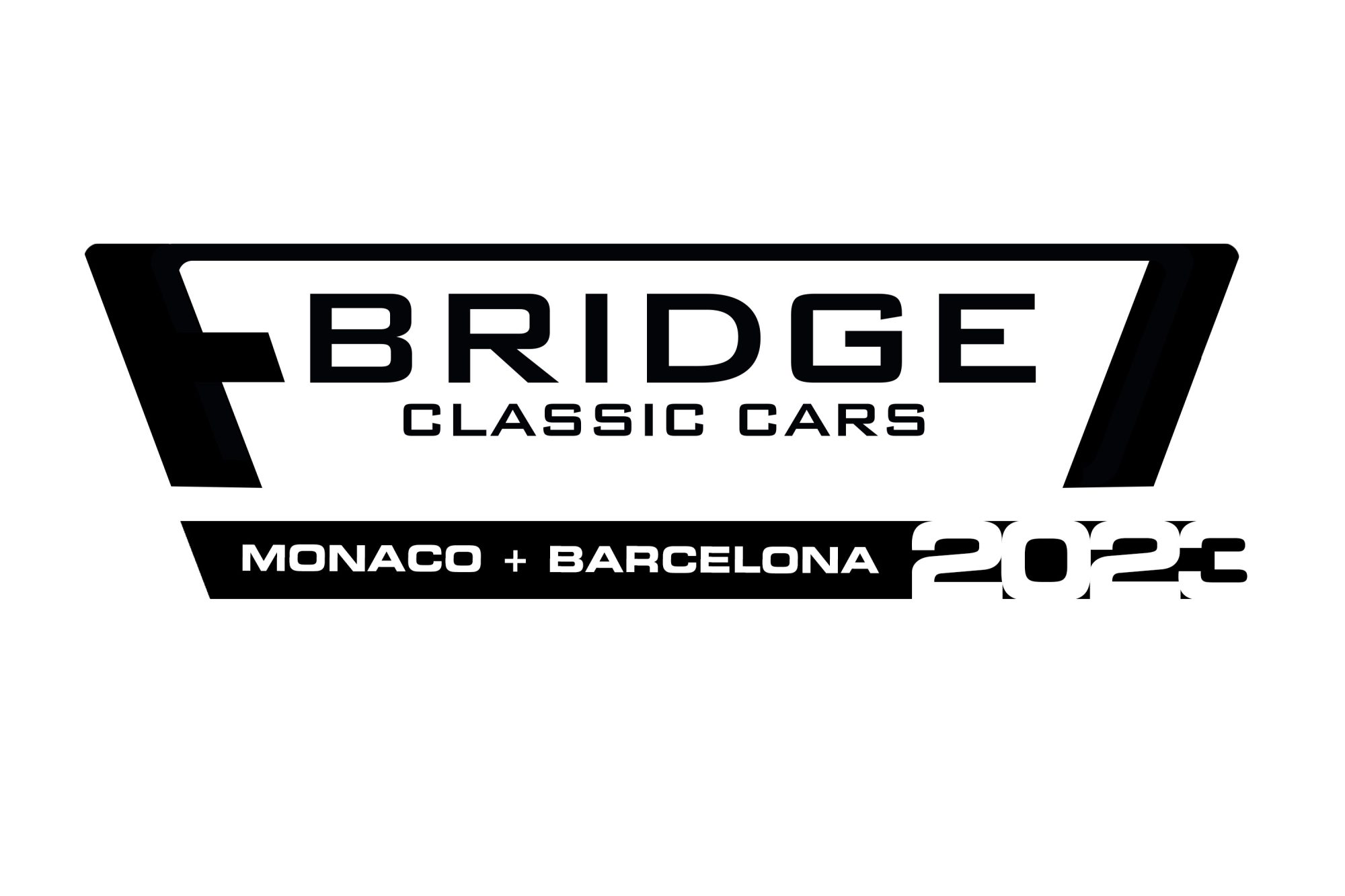
The reassembly of our very special 1968 Jaguar E-Type has well and truly begun. With the engine going into the future competition car, it has certainly taken a big step in the right direction for it to be won later this year.
The wiring has also been progressing ready for the rebuild to carry on over the next few weeks.
This will very likely be one of our biggest competitions to date and we are extremely excited to see our E-Type continue to make good progress towards being won by its future new owner.
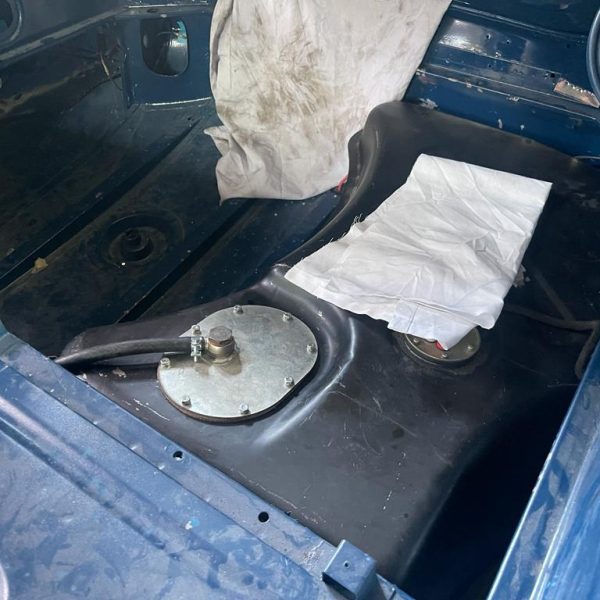


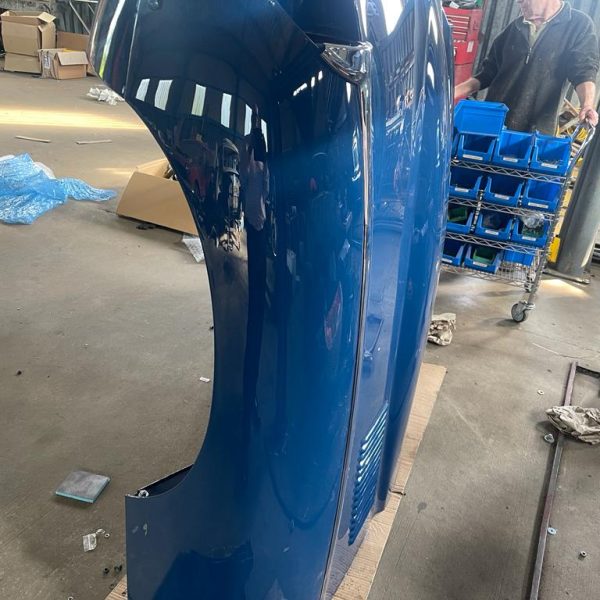


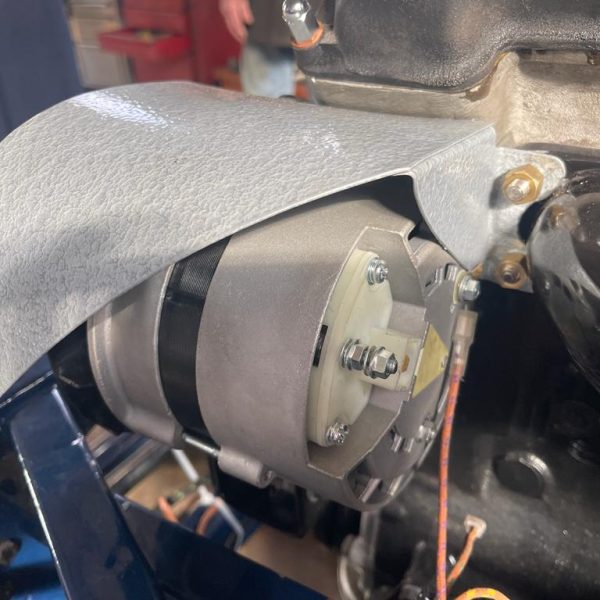
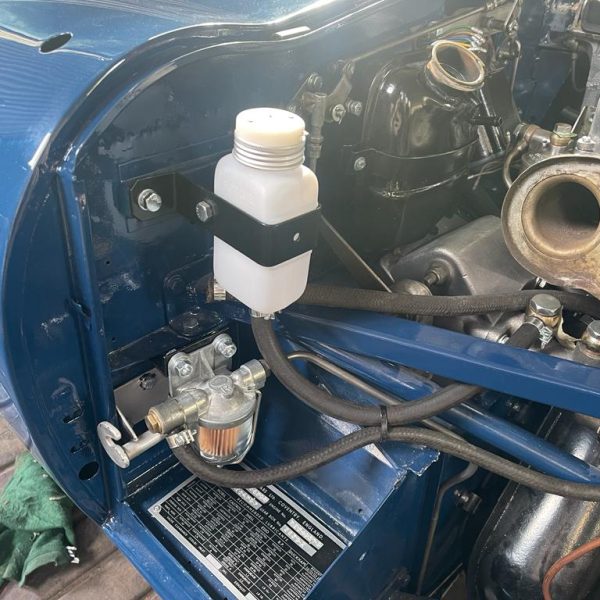
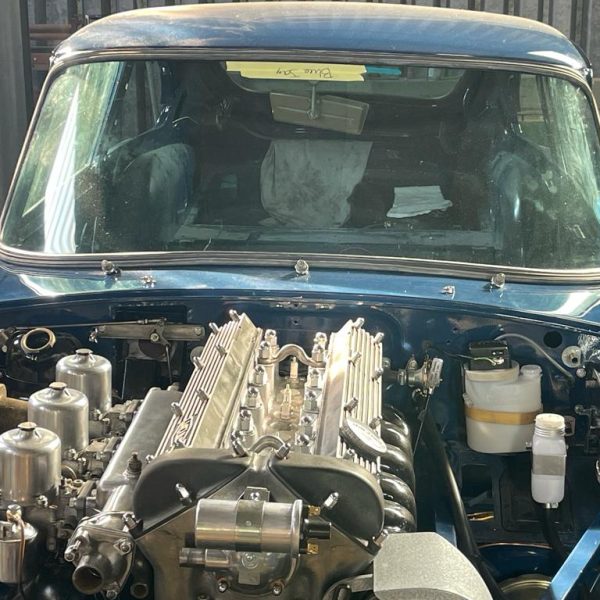

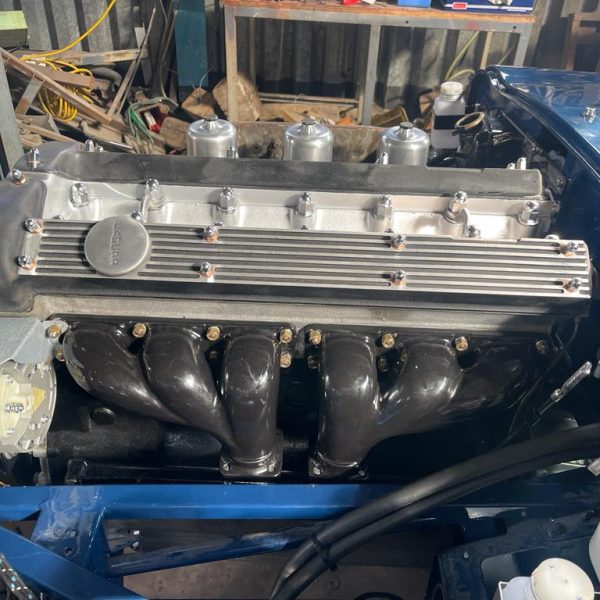
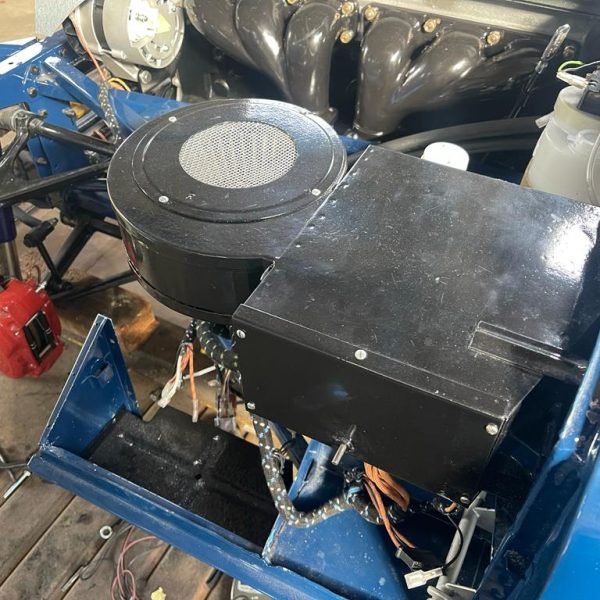

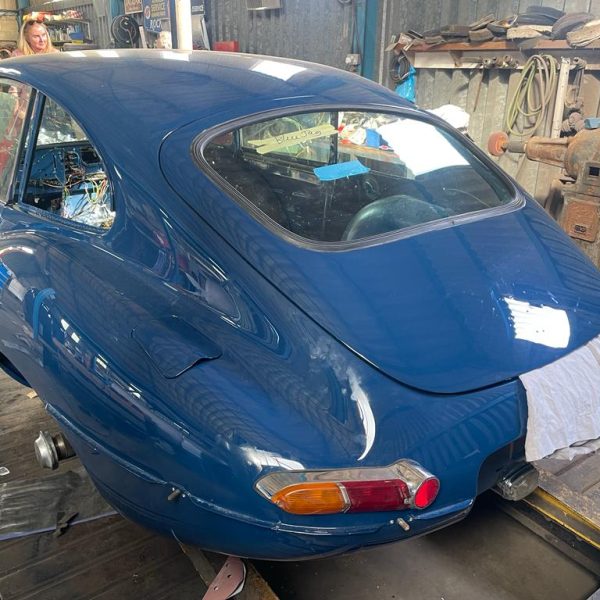


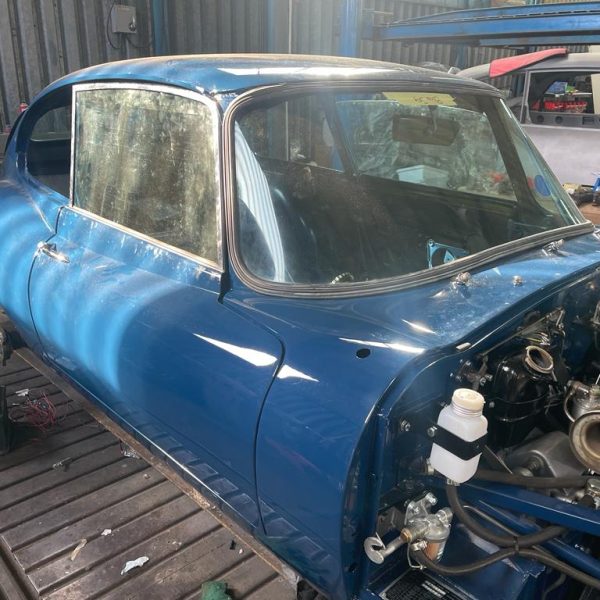
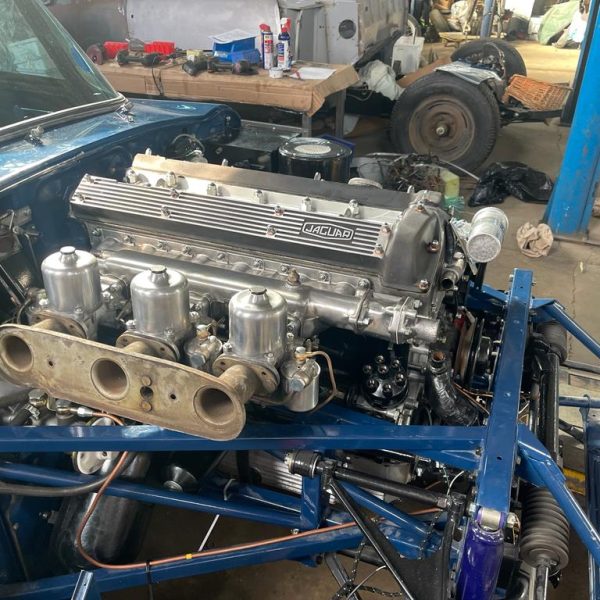
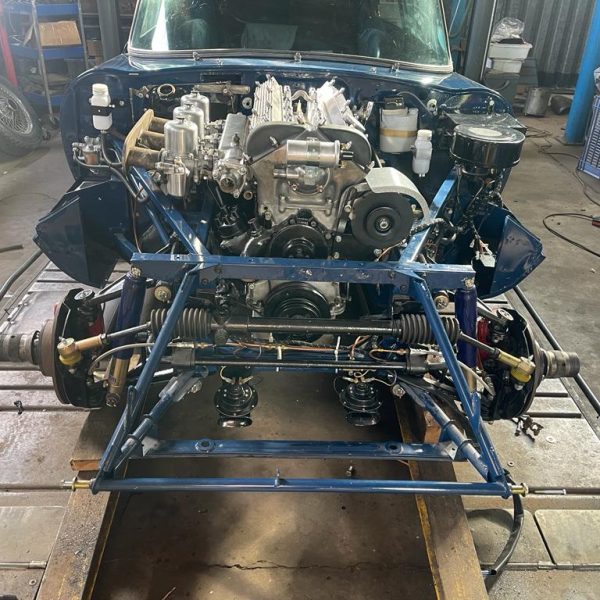
A good friend of Bridge Classic Cars, John Ryall, recently sent us some photos of The Cape 1000 – a grand touring rally that is considered by many to be the most beautiful drive in South Africa.
Described as “a motor vehicle rally paying homage to the various endurance rallies from a bygone era. Reimagined in the African context in what is arguably the most beautiful area on the southern tip of South Africa. This grand touring regularity rally that spans the ages from vintage, to classic to modern vehicles in five different categories creating a truly unique rally that inspires one’s soul and creates the most incredible lifelong memories and friends.”
The rally consists of driving 1600km over 4 days and, this year, featured 60 mostly modern cars.
As you can see from the images below, the rally looks impressive and it must have been an incredible drive for all those involved.
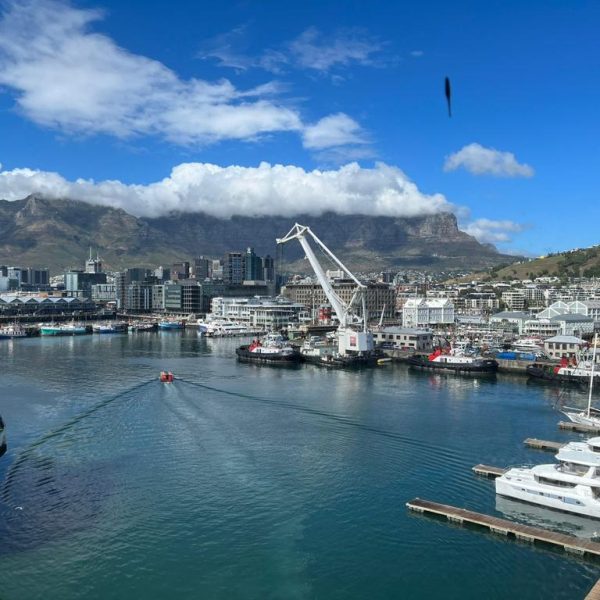






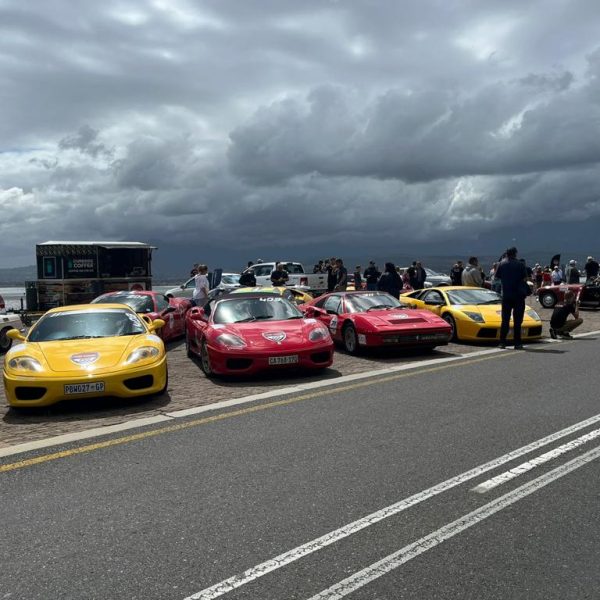


Work has begun on our 1977 Volkswagen T2 Kombi. As various areas of imperfections have been noted by the team, these will all be rectified before the classic VW becomes a competition car through Bridge Classic Cars Competitions.
Campers like this are iconic classics and have a huge following.
We are really excited to see our Camper progress through the workshop and eventually go home to its new owner – who will hopefully be found very soon!






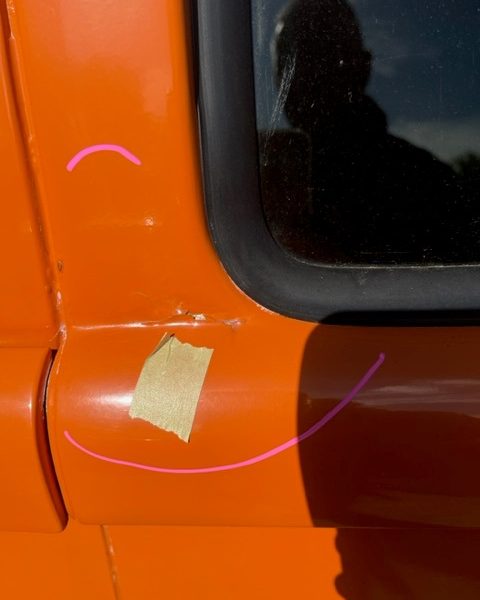





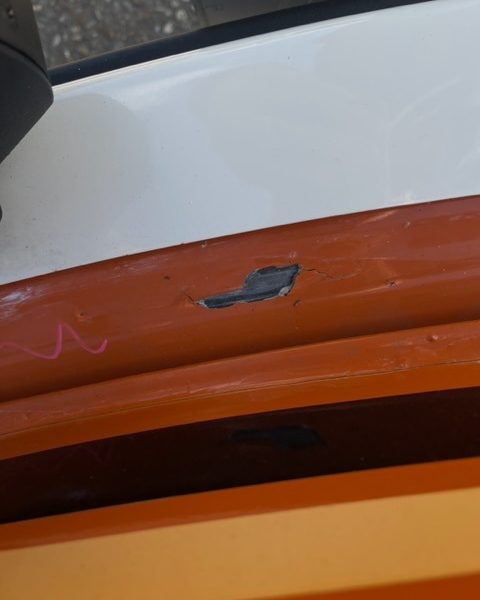
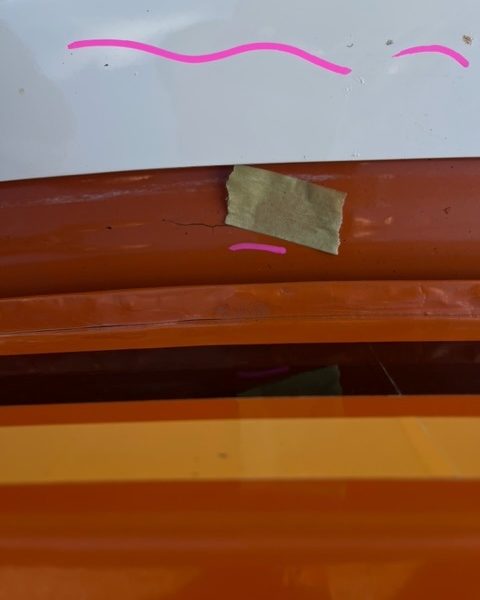
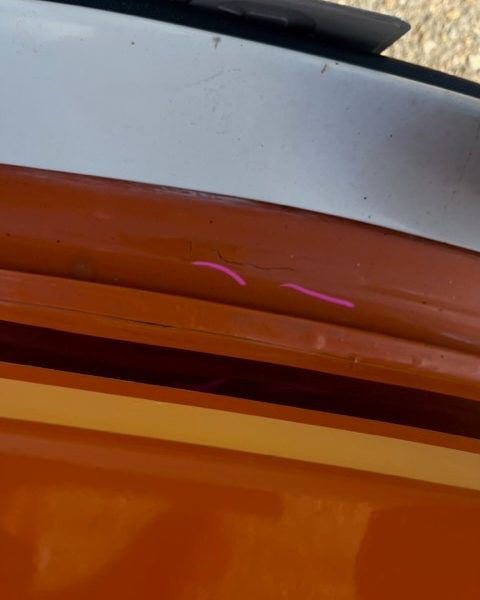
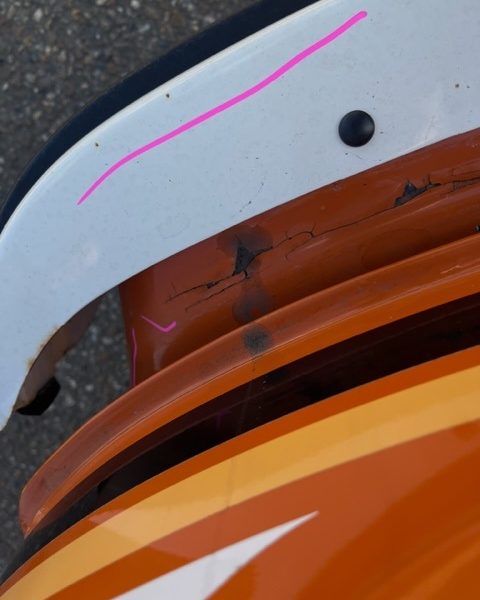

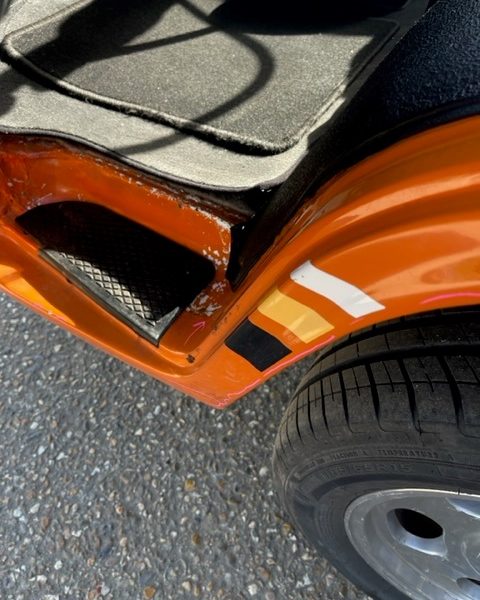
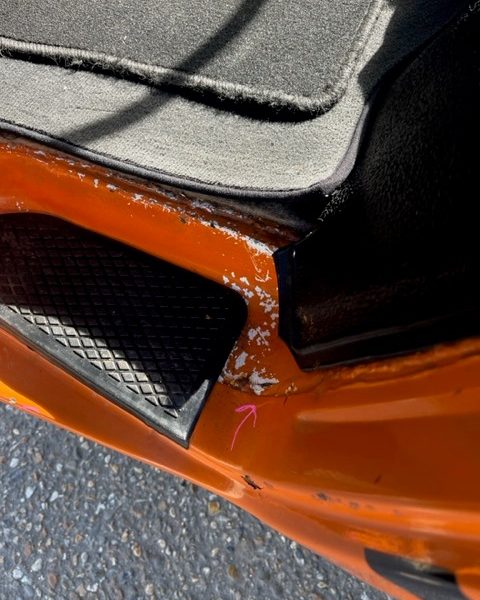

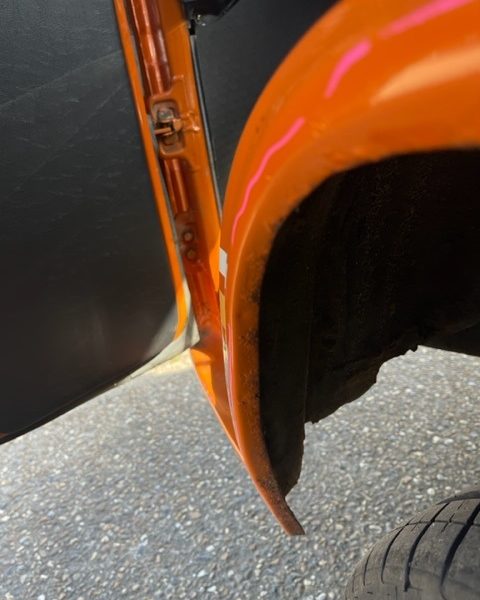
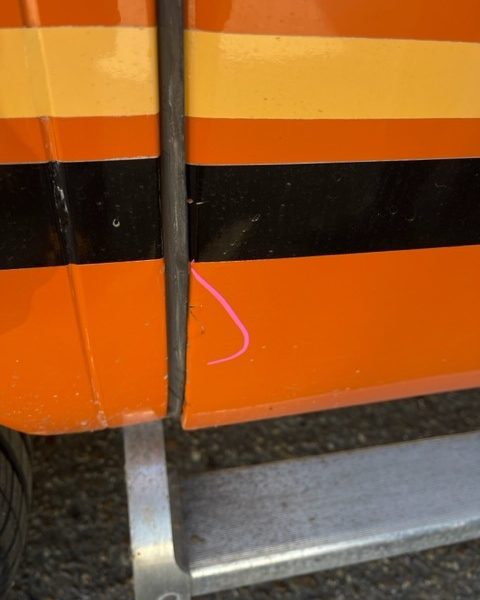

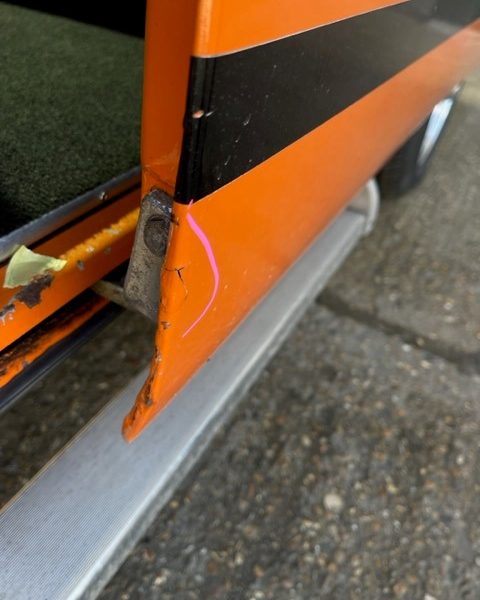
Episode 2 of Talking Classics with Bridge Classic Cars is now live on our YouTube Channel. This episode is all about the Lotus Elise. During the show, Craig spoke to Elisa Artioli – the person that the Lotus Elise was named after and the little girl who was inside the car when it was revealed to the world in 1995.
As Elisa lives in Italy, she was kind enough to join Craig on a Zoom call and spoke about her 2 Elises, what she likes about them, and her incredible history with the car.
If you haven’t seen our Lotus Elise Talking Classics yet, it is well worth a watch but, in the meantime, these behind-the-scenes photos will give you an idea of what to expect from Craig and Elisa’s conversation.

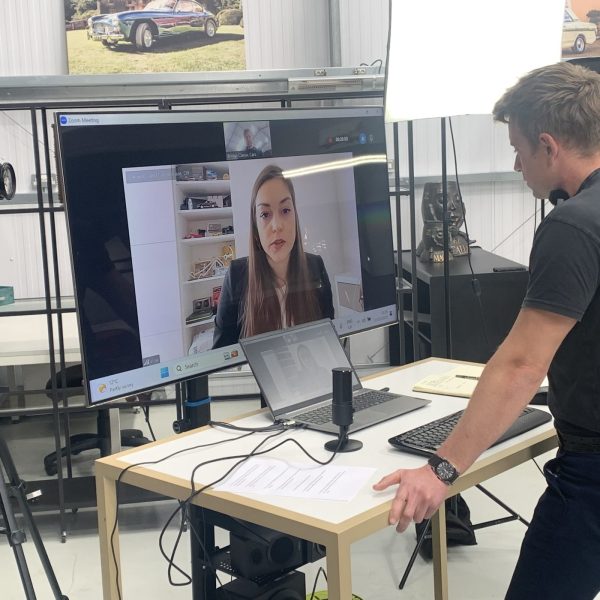
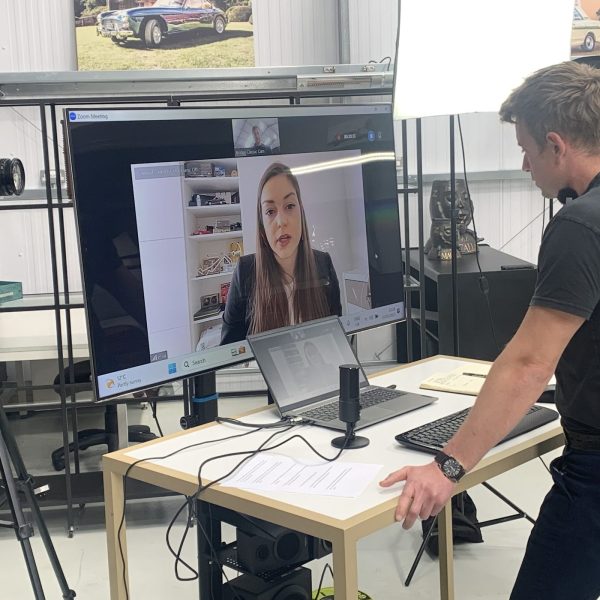

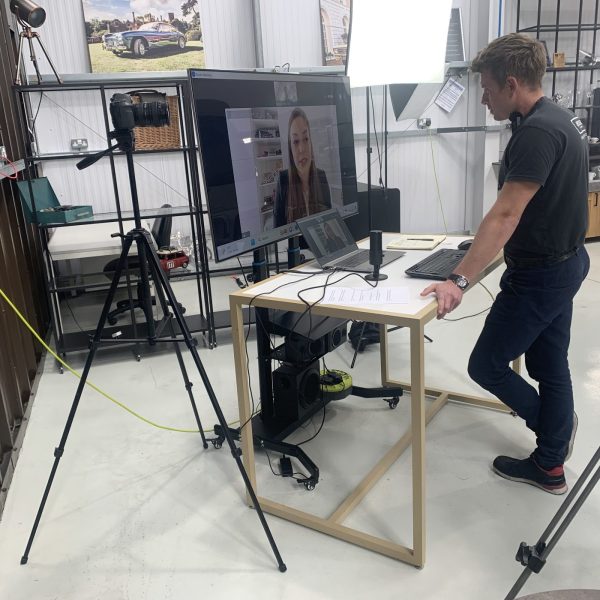
Our 1971 Jensen FF MKII has been with classic car technician John after returning to the workshop for a few issues to be resolved. John began his work on the car by removing the old sill covers that needed to be replaced.
Once the sill covers were removed, John cleaned and filled the old screw holes before drilling and fitting new clips to both sides. As the covers didn’t align correctly with the jacking points, a modification was needed to correct this.
Another issue that the owner of our FF was experiencing was that the fuel flap wasn’t working. John investigated this by checking the switch and connections. He found that there was power to and from the switch so, after removing, cleaning and refitting the solenoid at the fuel flap, he tested it and everything was working fine.
The offside inner main beam was dim so John removed it and found that it had a poor earth and a bad bulb. The earth was cleaned and a new bulb fitted before John tested the light and made sure it was working.
John went on to repair the slightly damaged exhaust tips – making them round again before cleaning and polishing them.
The fuel filler neck pipe was tightened as the owner of the car reported that this was weeping. Once John resolved this, he fitted the new sill covers, including the modified jacking point covers.
An oil leak had also been reported to us, so John investigated this too. He used PTFE tape to make a better seal on the oil tank and, during a road test, the problem looked to be resolved.
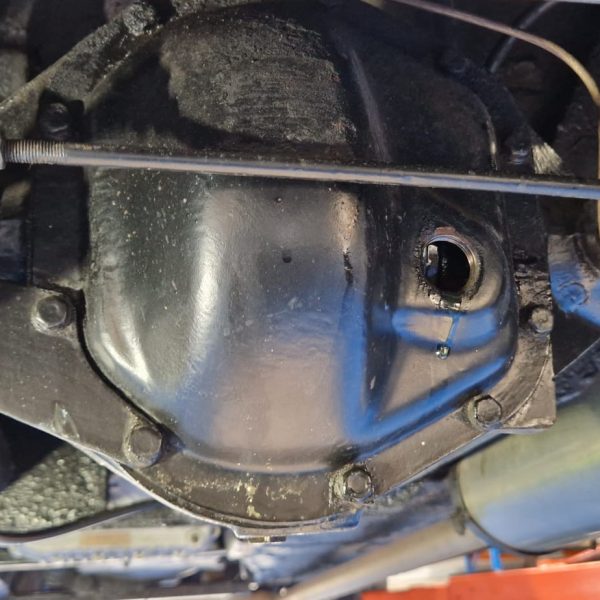
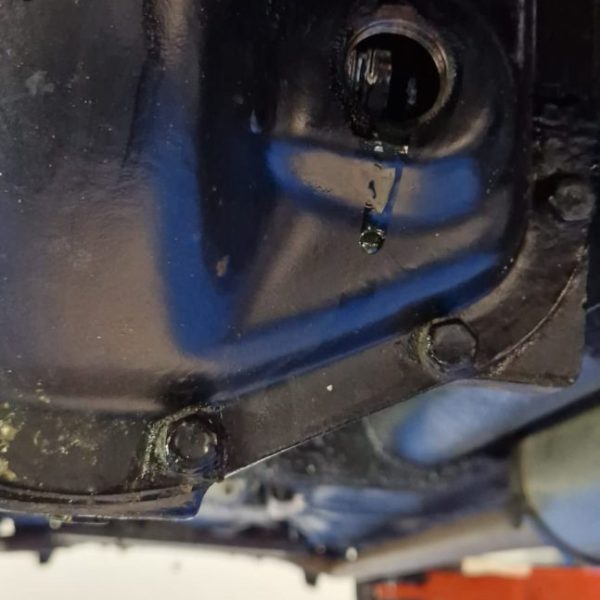
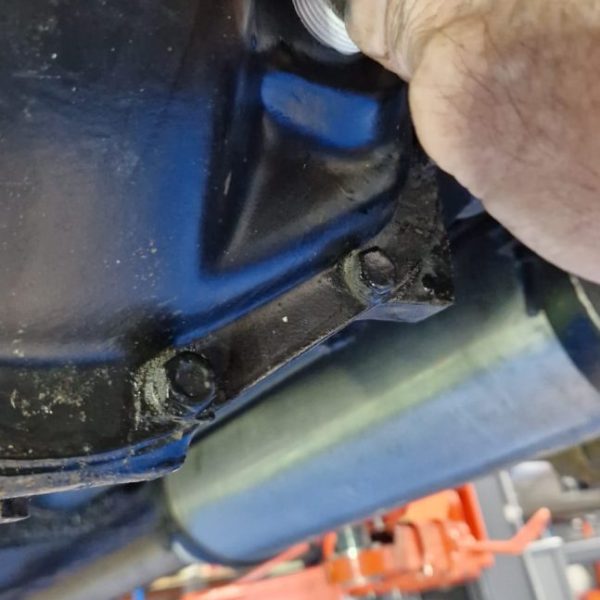
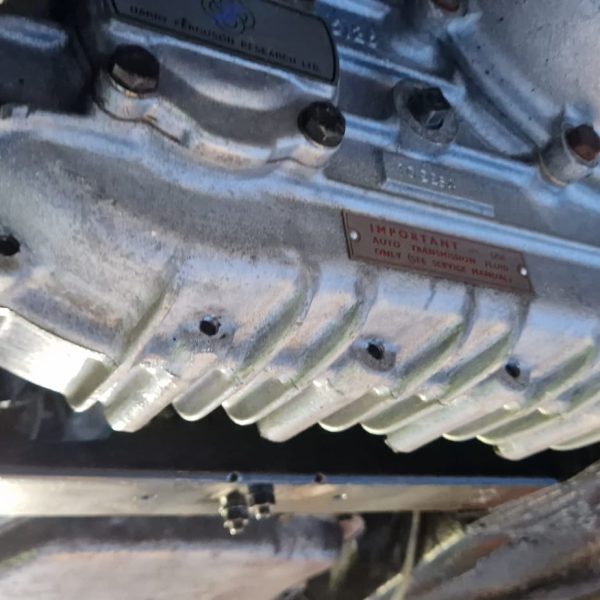



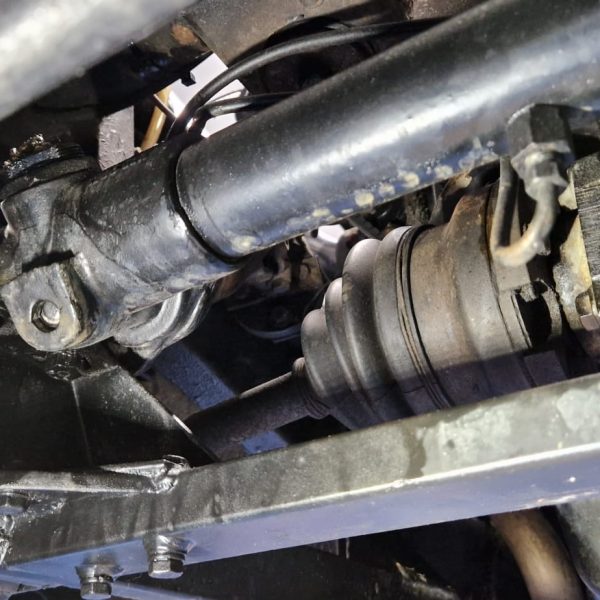
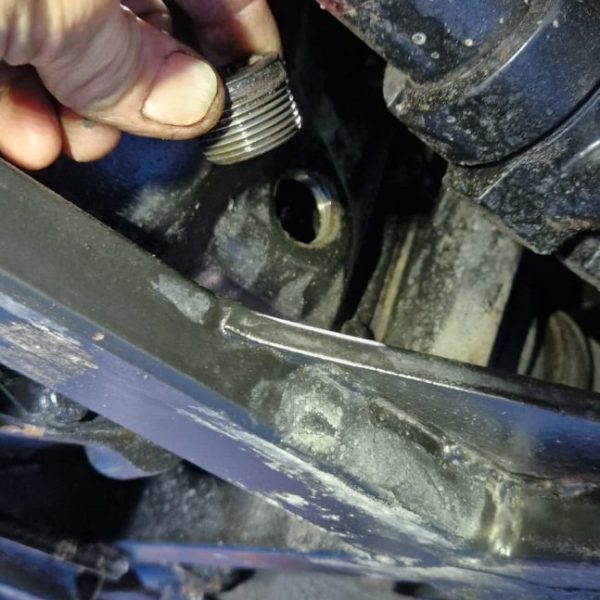

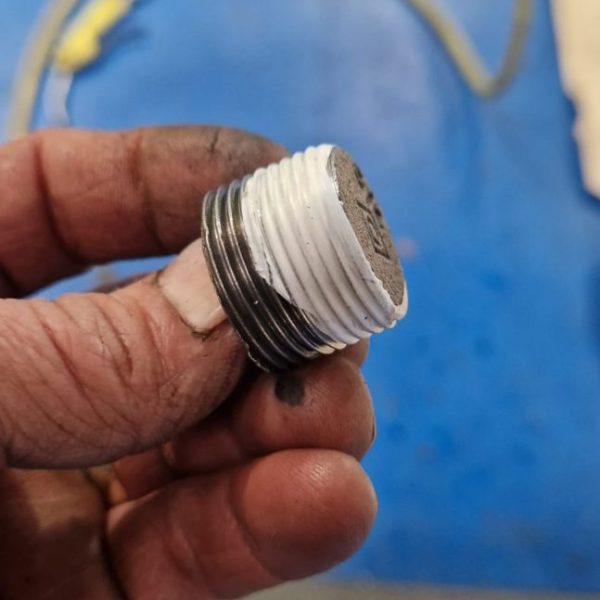
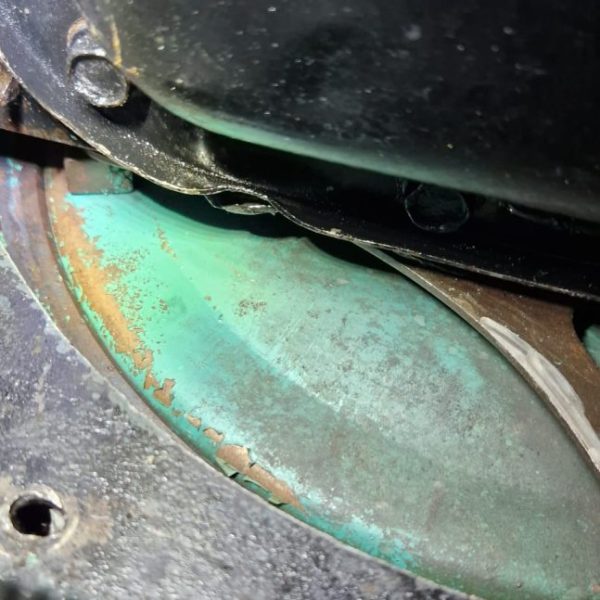

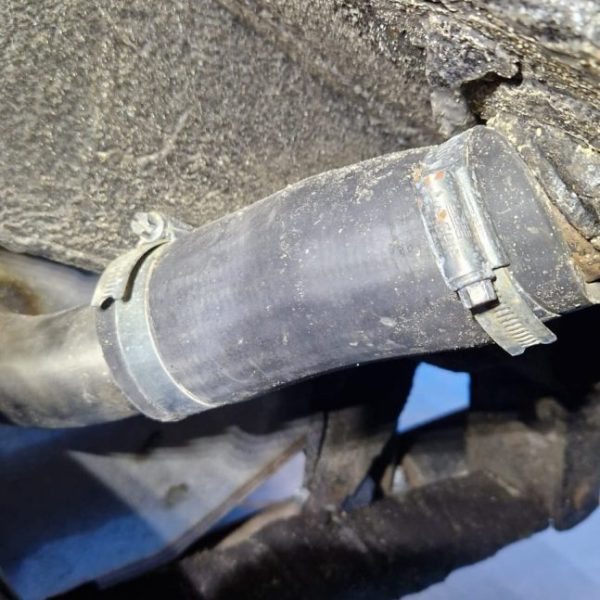

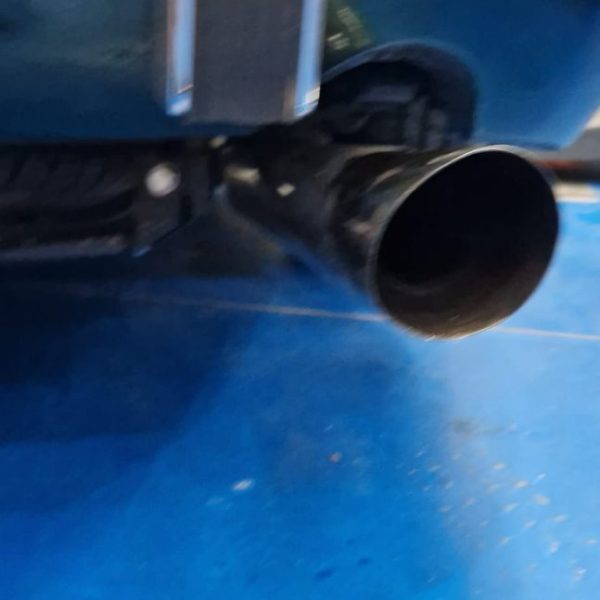
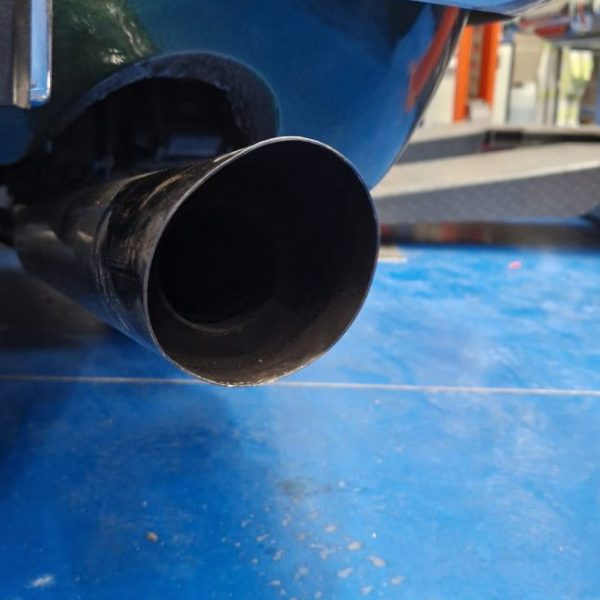
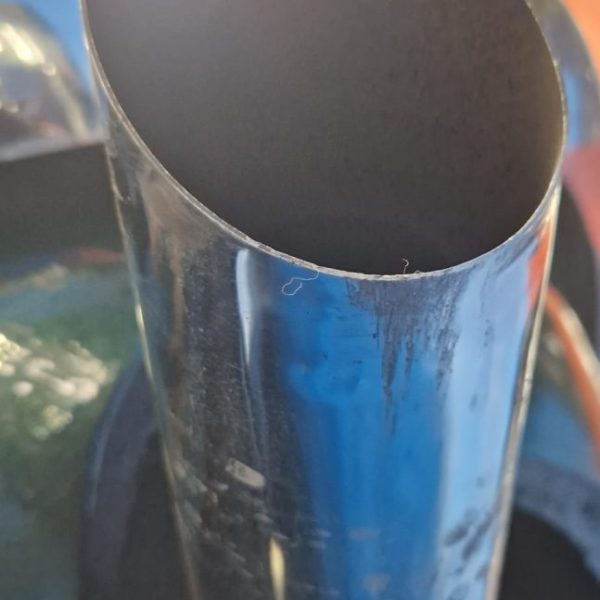


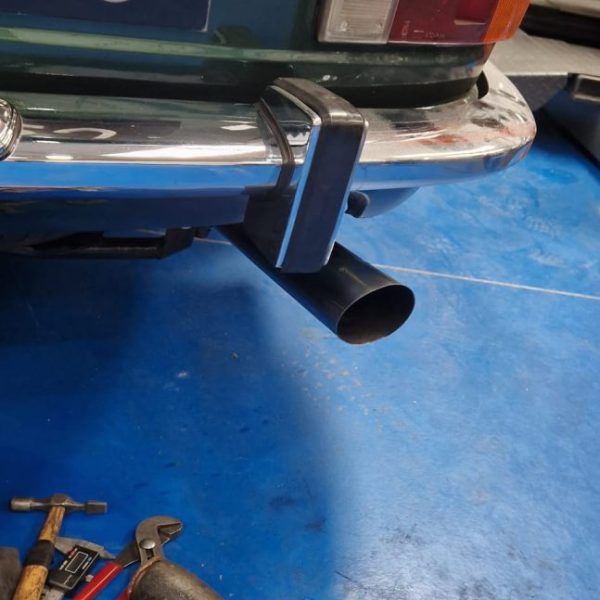
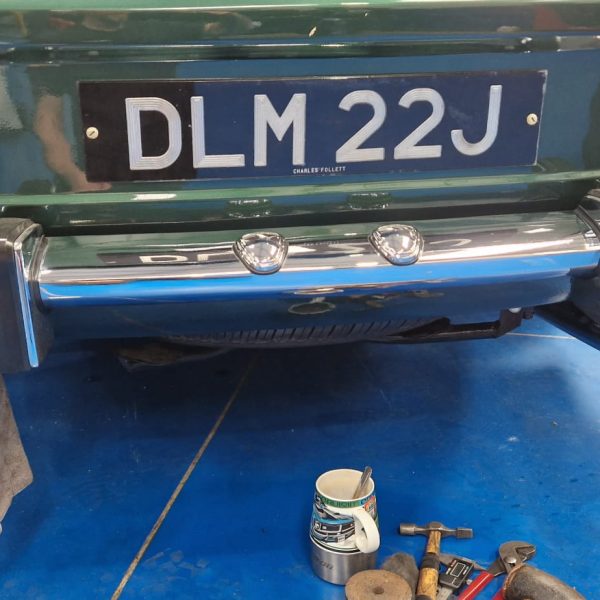
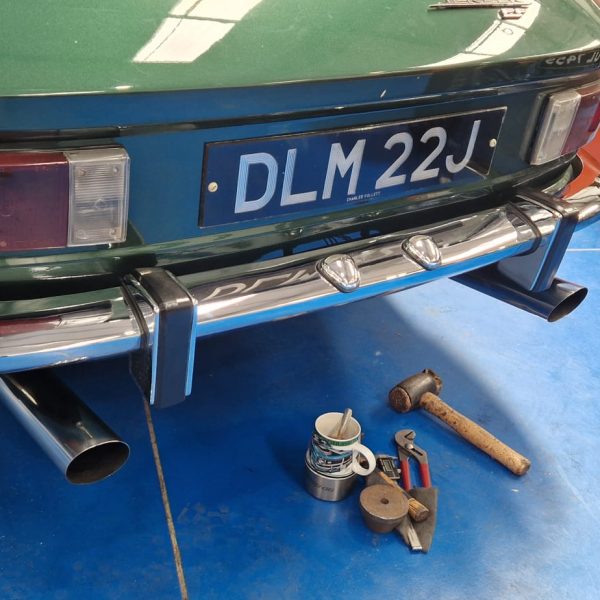
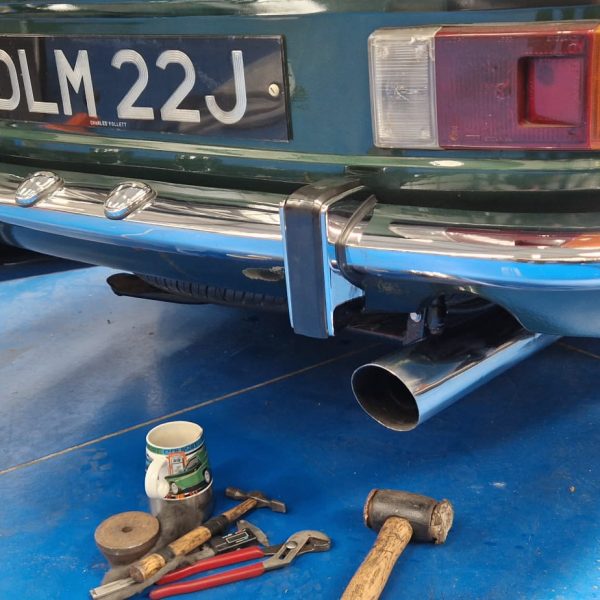
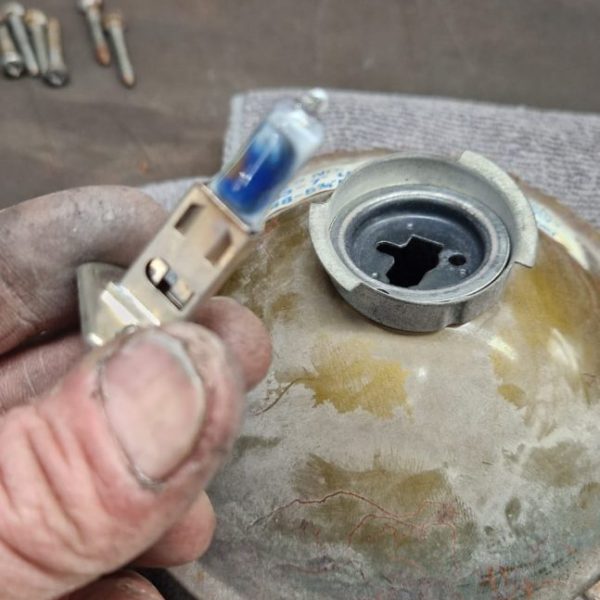
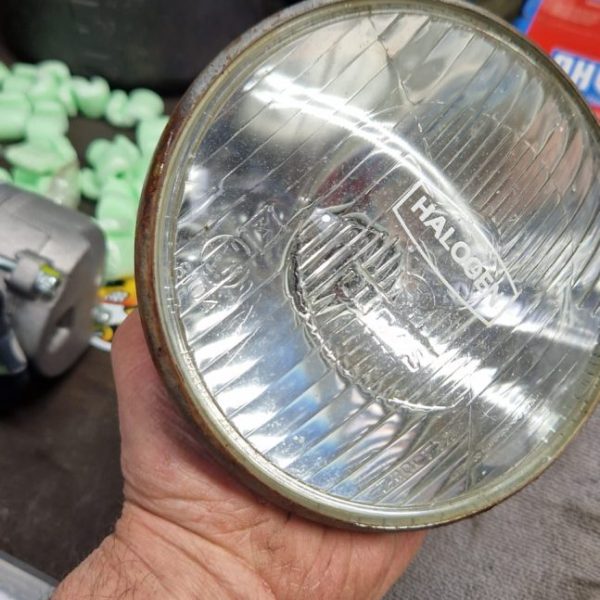
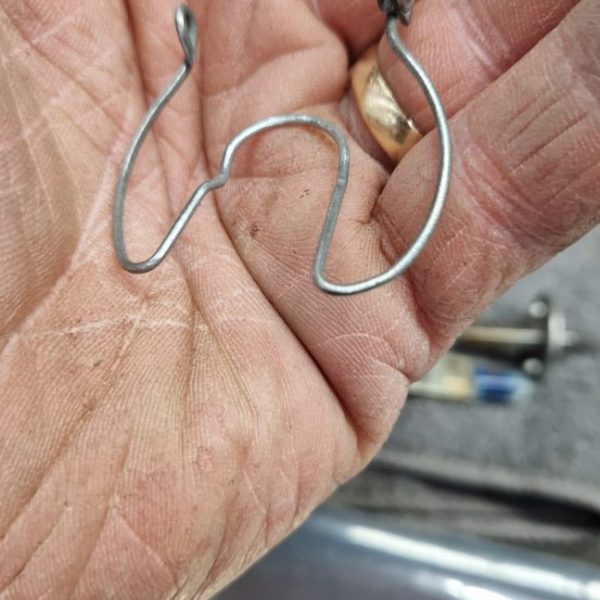

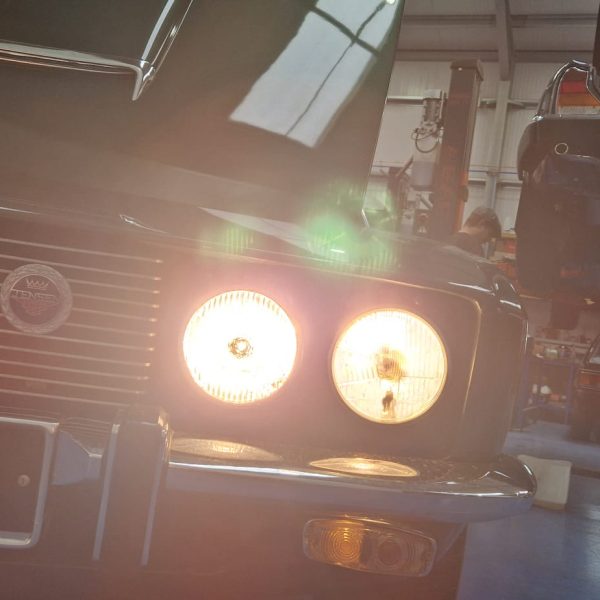
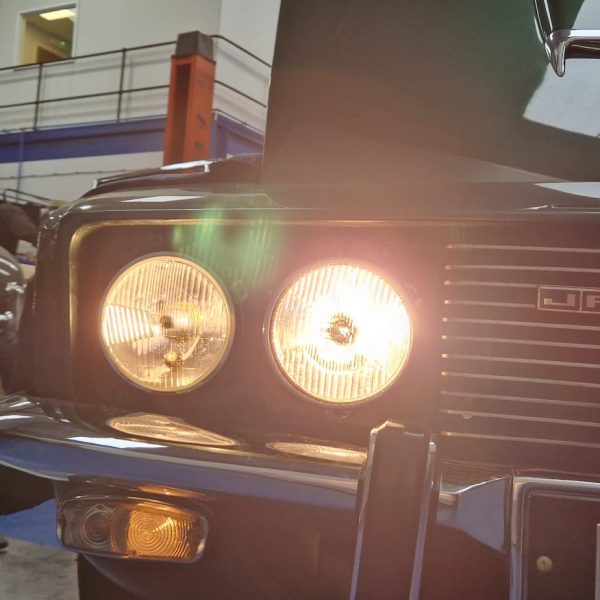
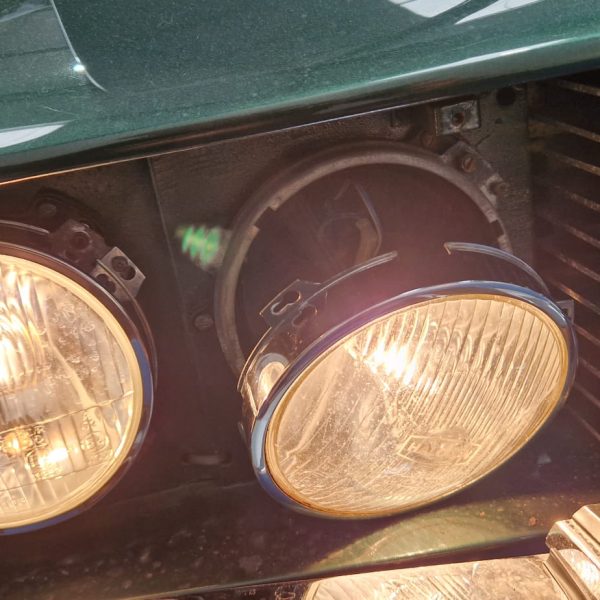
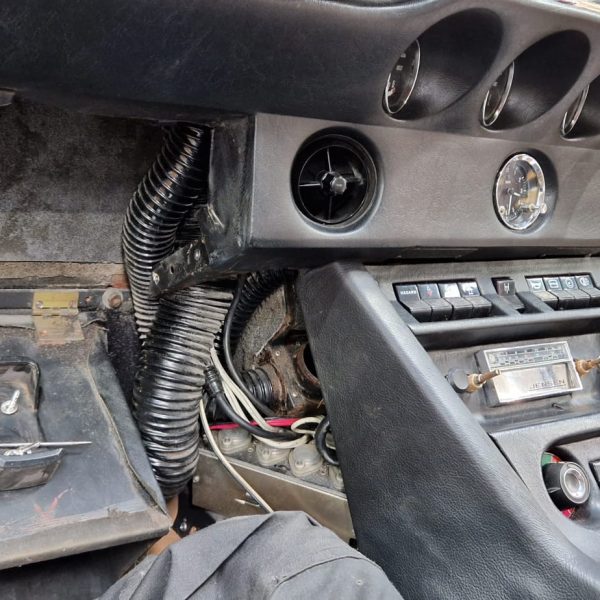

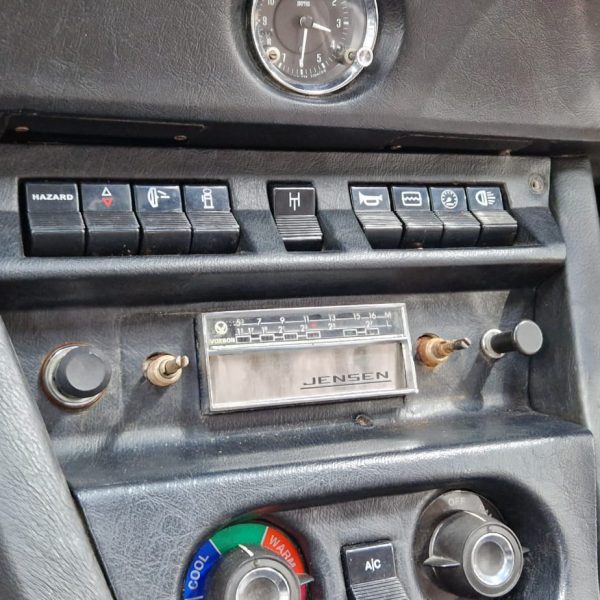
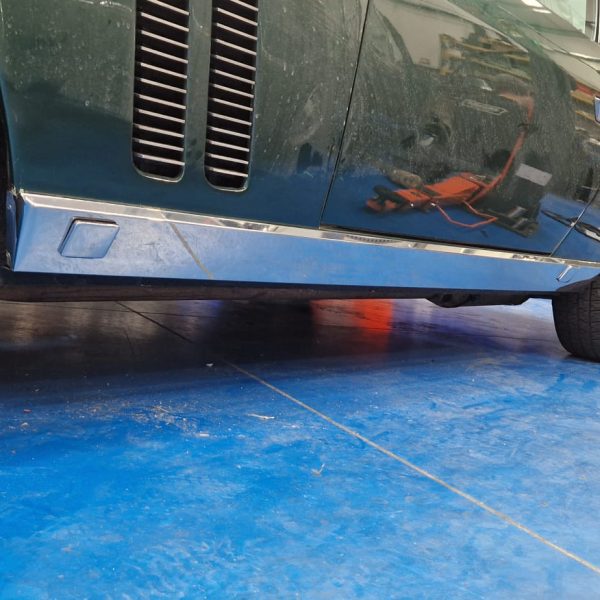
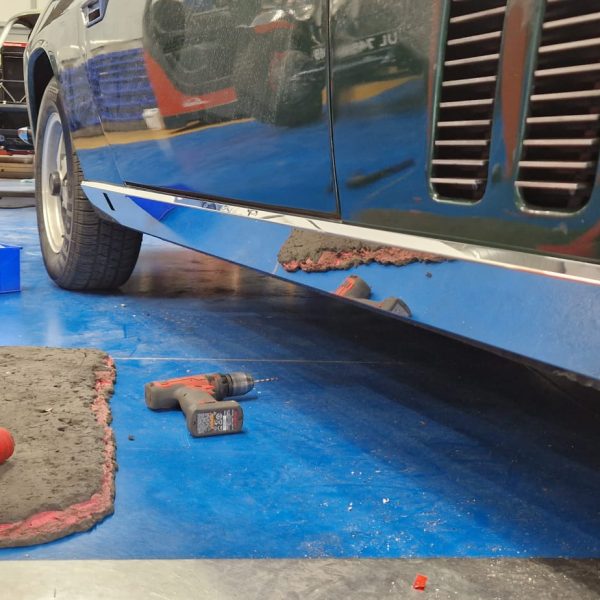
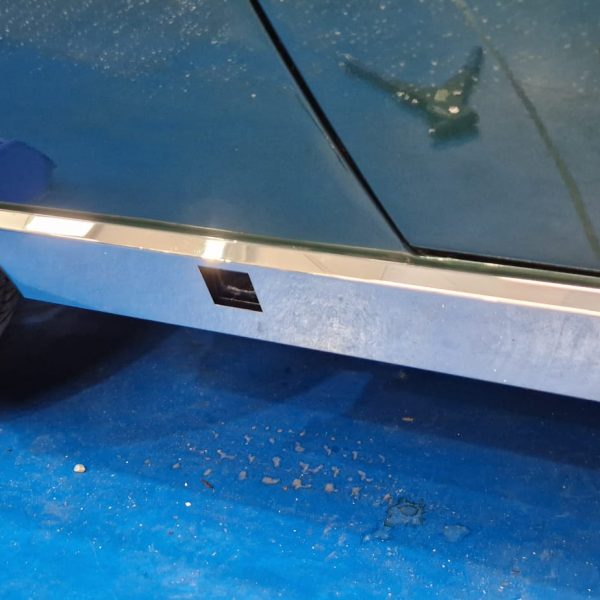
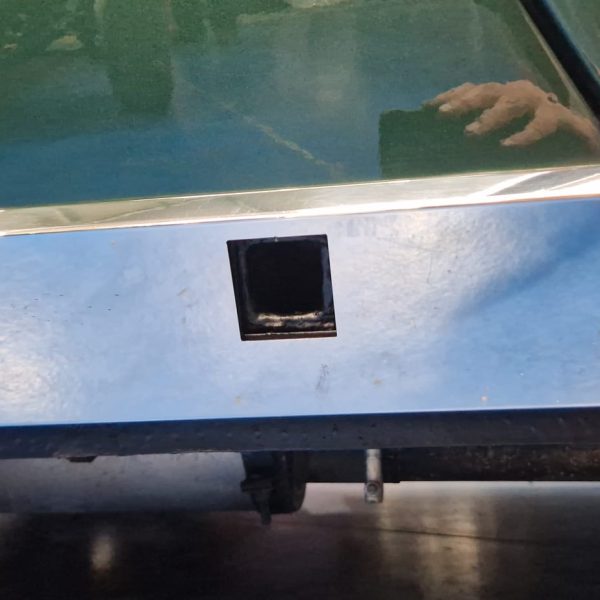
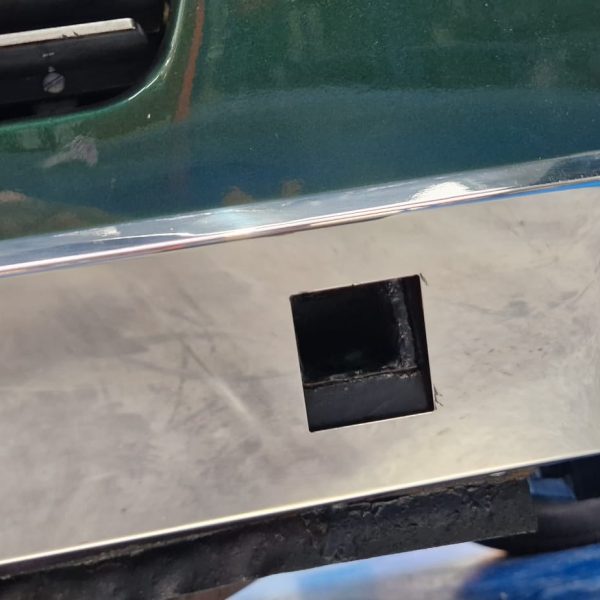
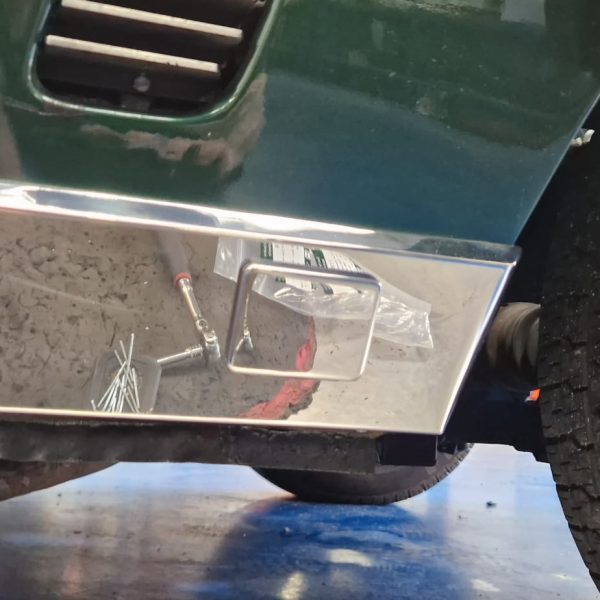
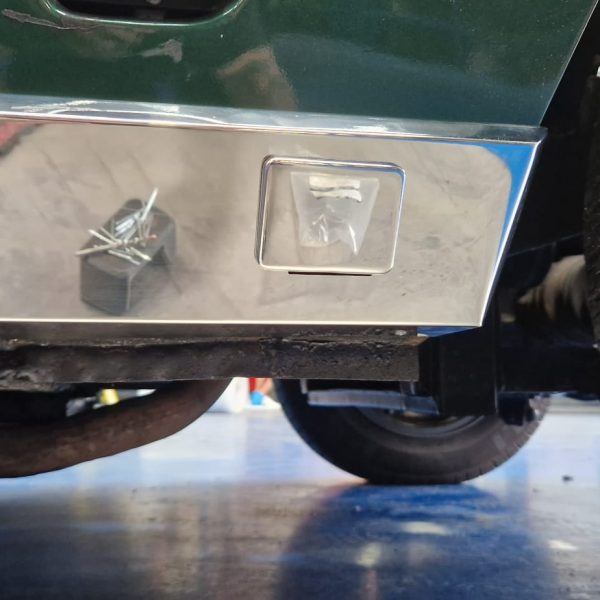


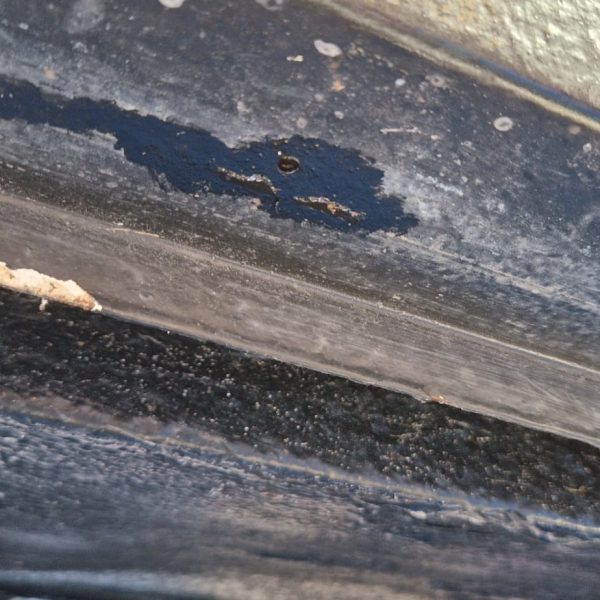
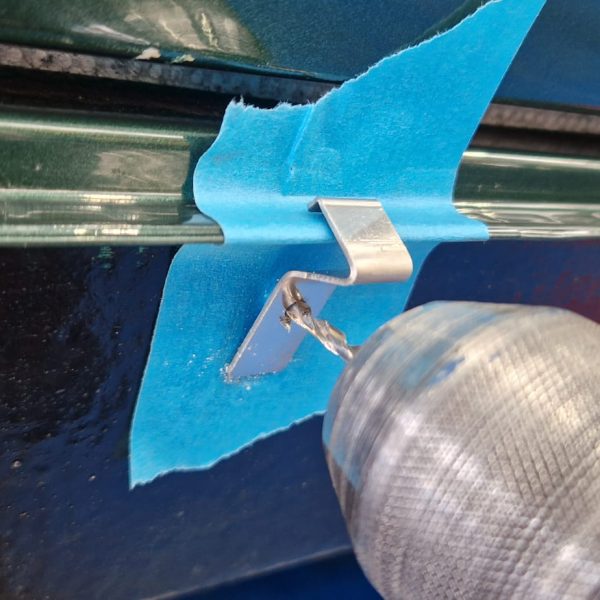

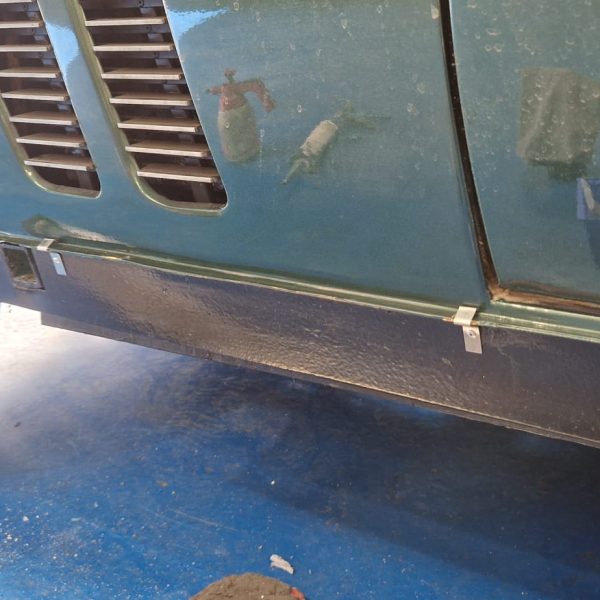
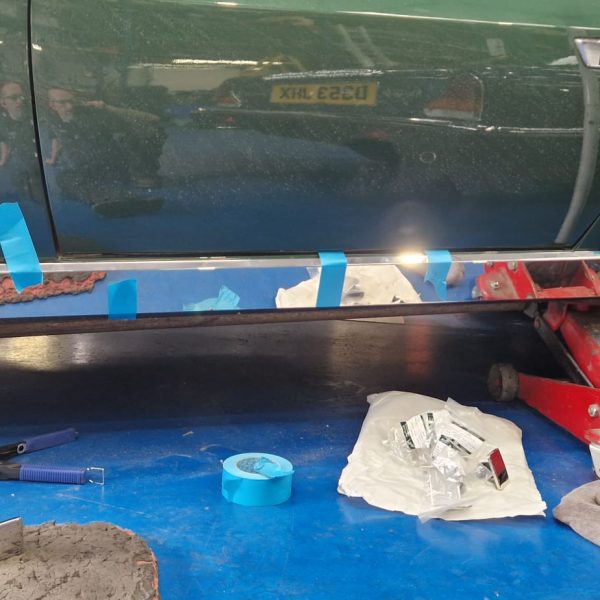
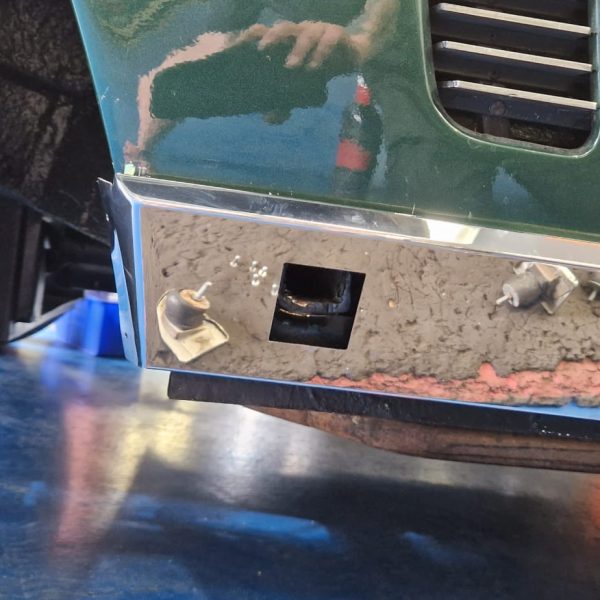
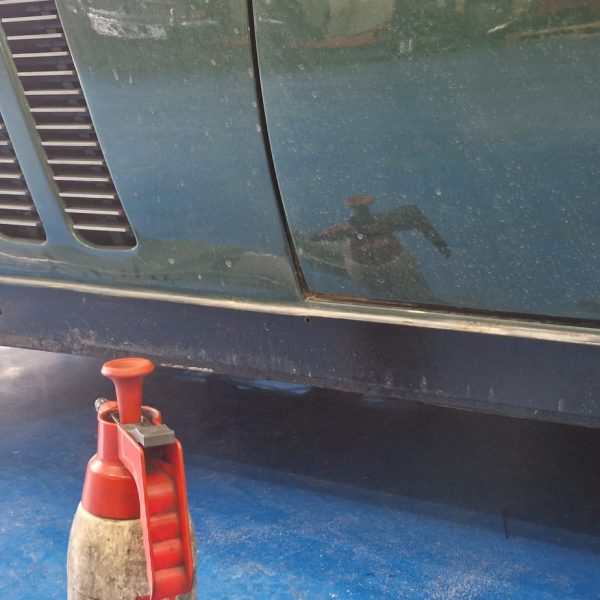
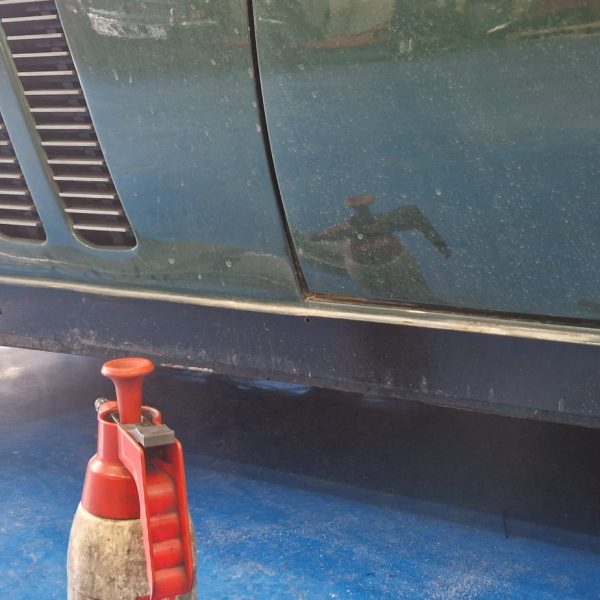
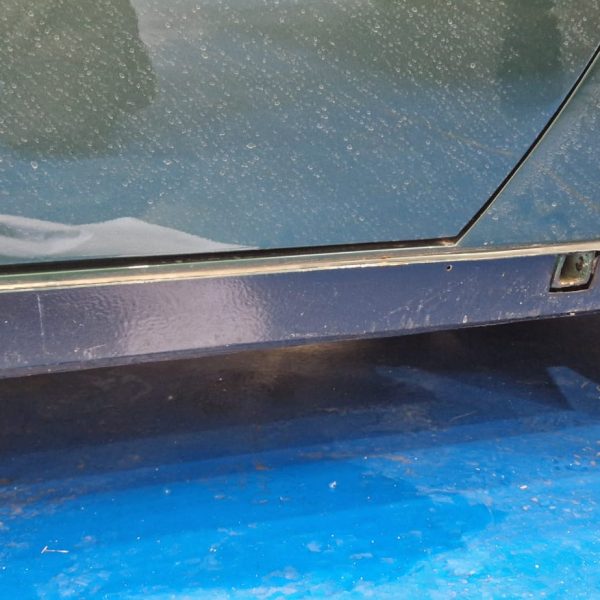

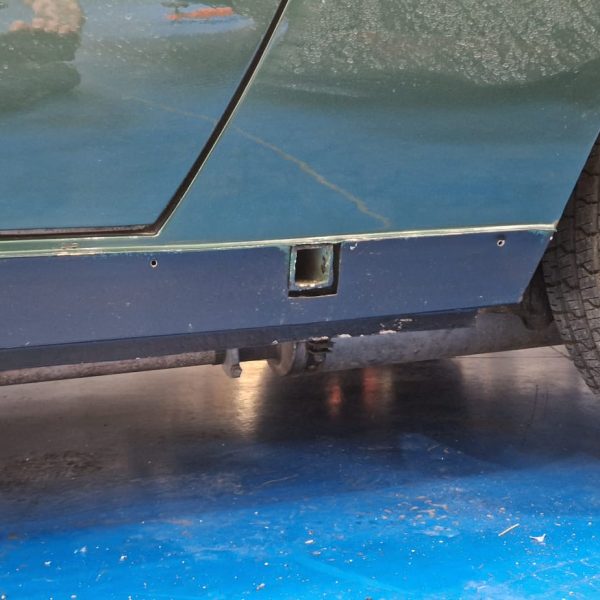
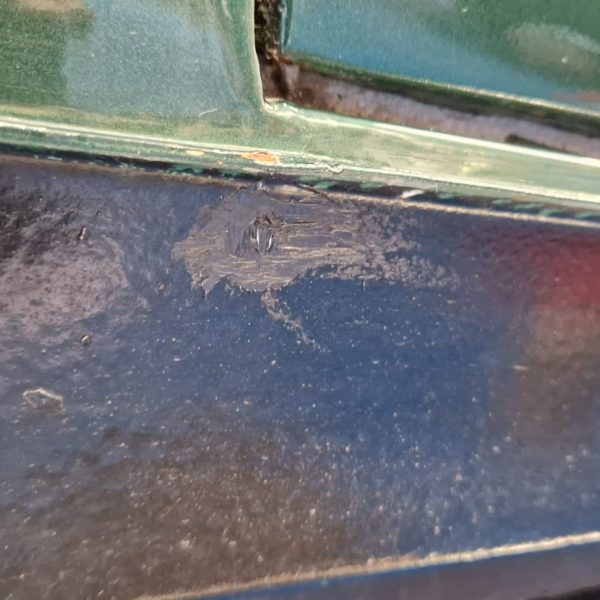
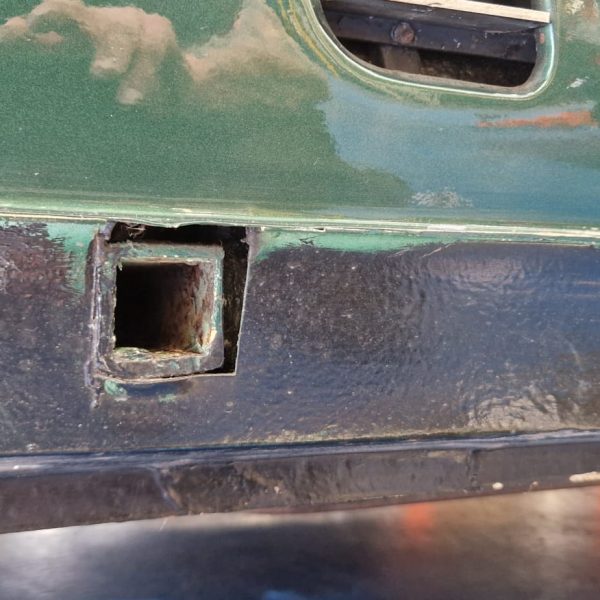
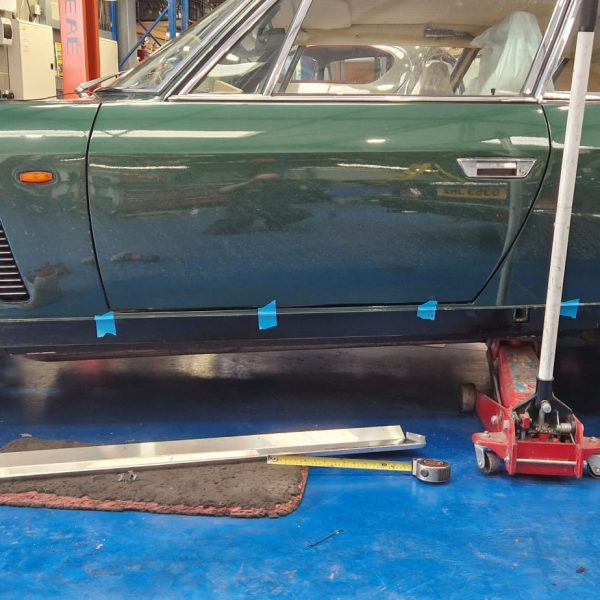
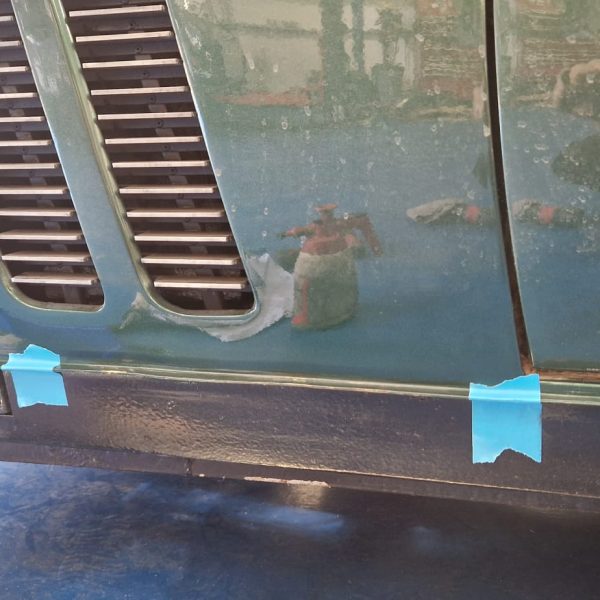

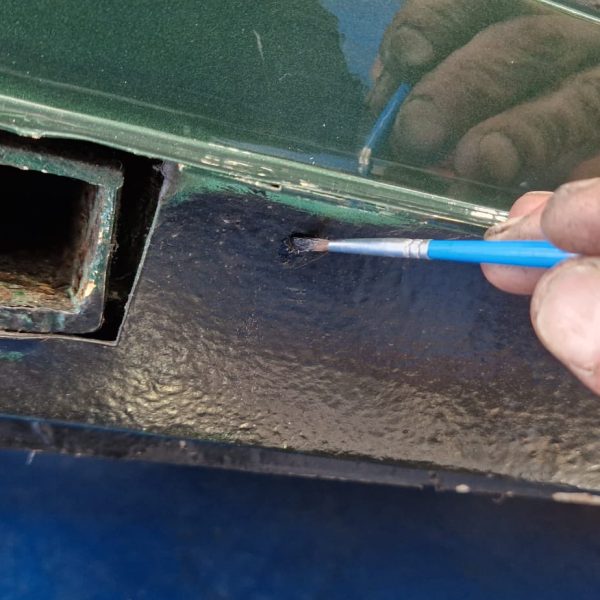
After classic car technician Brian had used paper patterns to get accurate sizes for the roof of our 1929 Riley 9 Tourer, he removed these, folded the frame down, and marked the positions for the stud fasteners.
A trial-fit cover was made from vinyl before Brian fitted the webbing straps to the roof bars using screws and rivets. The straps were held in place by glueing the ends of them around the lower bar. Once the fitting of the straps was completed, the roof frame was folded to make sure it folded as it should. Brian put the vinyl roof pattern to check that it fit before making the roof cover from Mohair.
Patterns for the front and rear tonneau covers were made before they were placed on the car so the hole for the steering wheel could be cut. A cover for the steering wheel was cut out too.


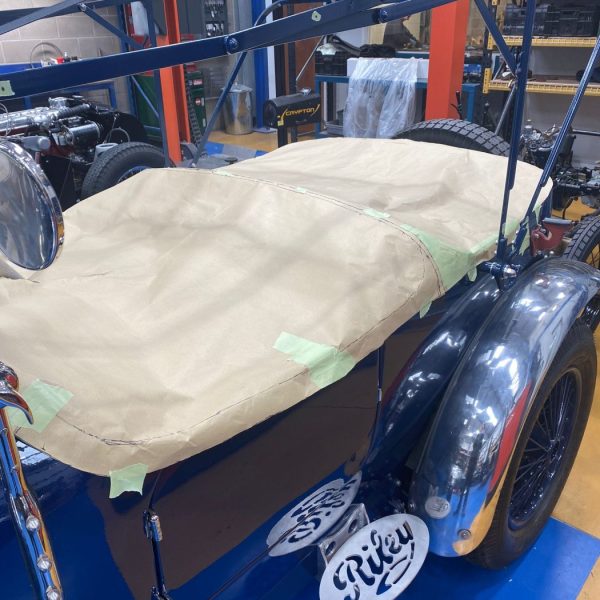

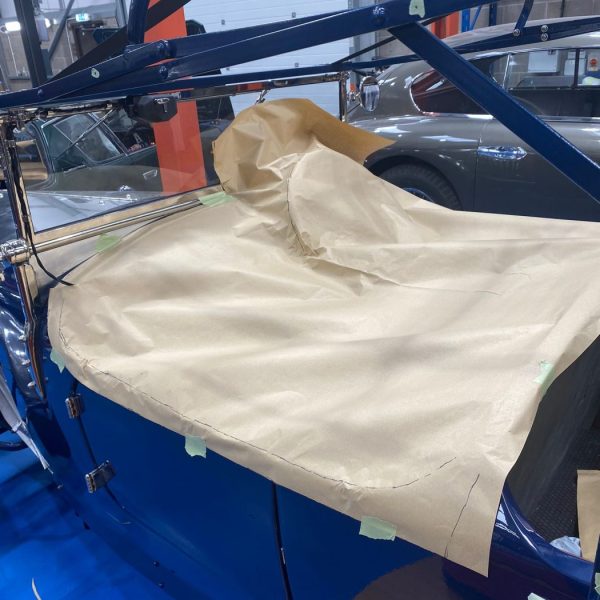




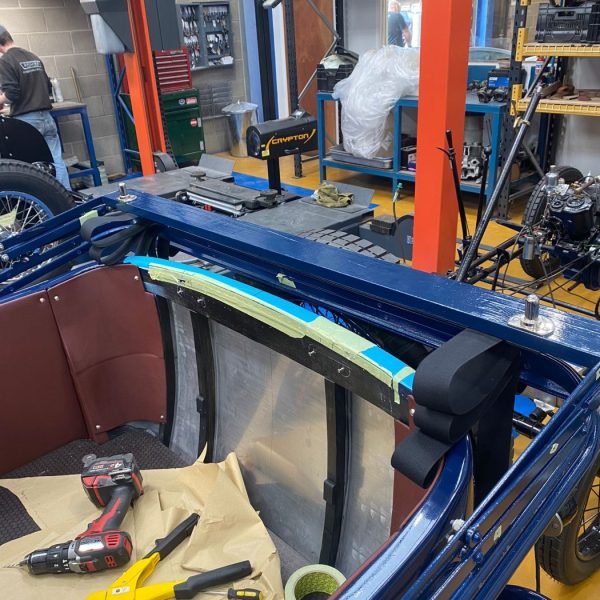

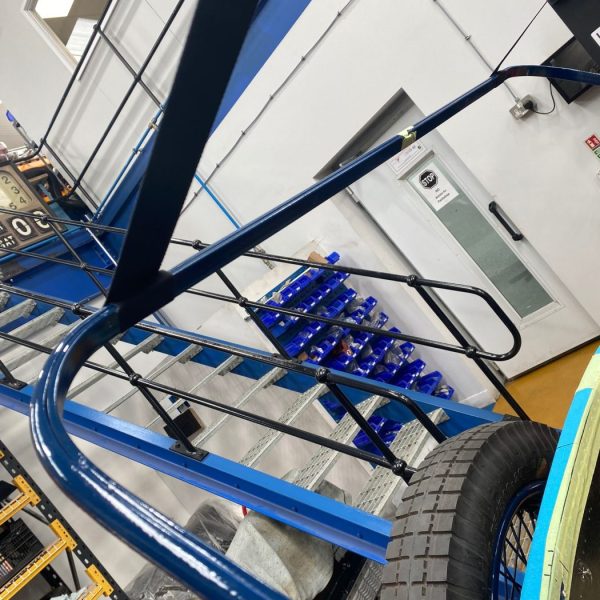


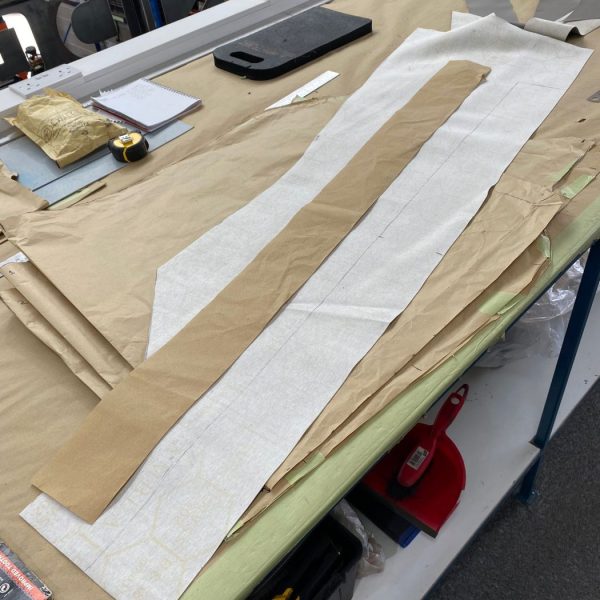
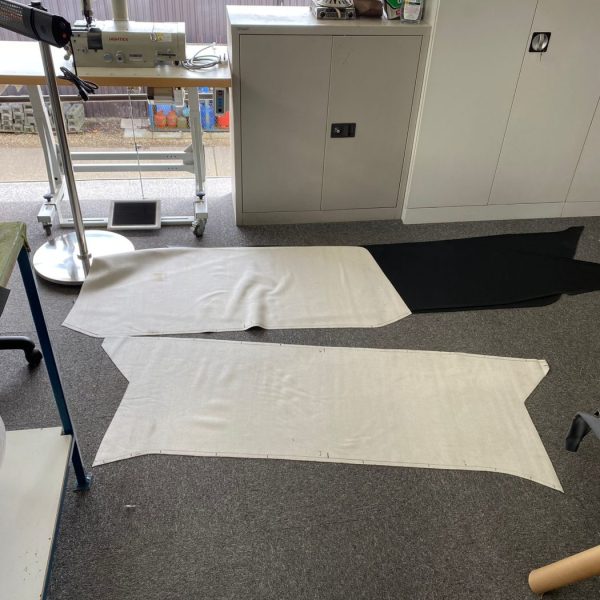



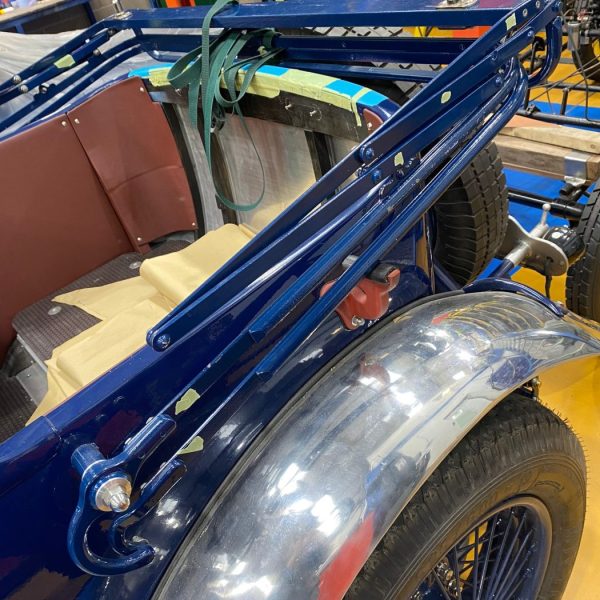

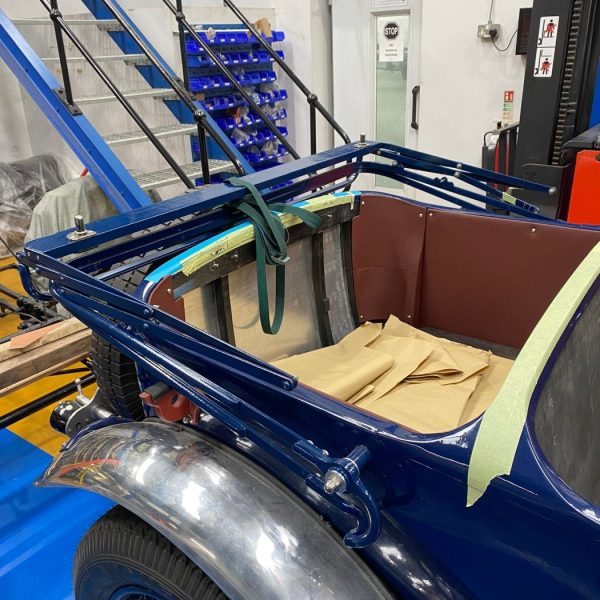
Classic car technician Steve has begun work stripping down our Ford Transit MKII Tipper.
Before the workshop team gets stuck into restoring this commercial vehicle back to its original specifications, it needs to be stripped right back so a full assessment can be made of its current condition.
Stipping a vehicle like this is a time-consuming process as parts are removed, labelled, and any work needed on each component is noted.
Steve will continue his work stripping down our transit and it will be an exciting project to see what the future holds for our Ford Transit MKII Tipper.


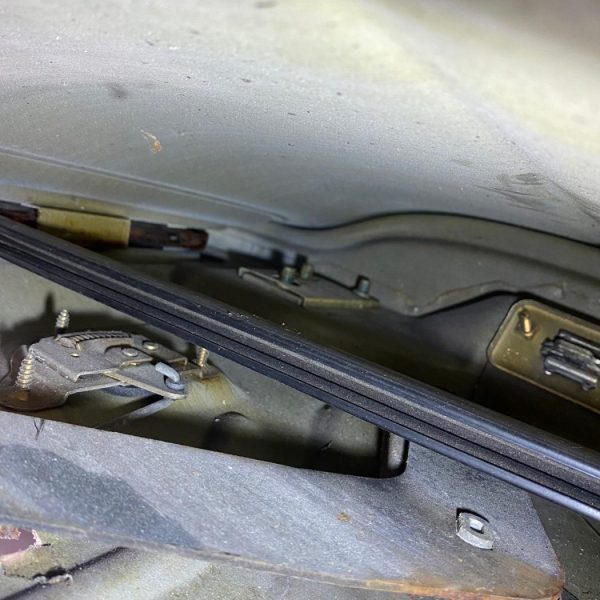







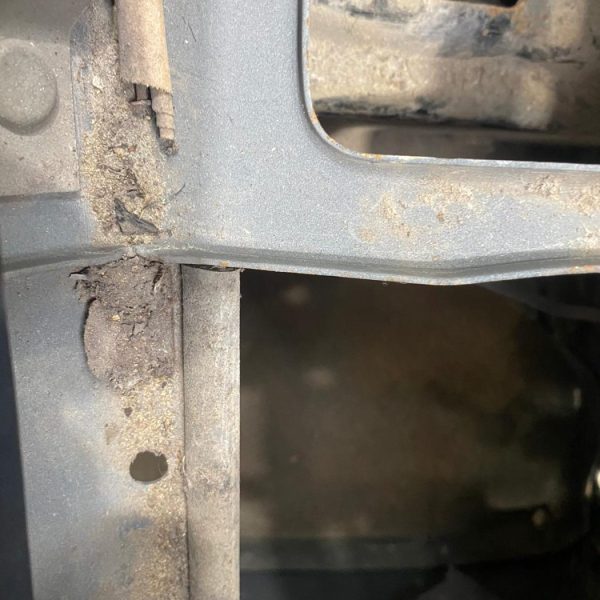
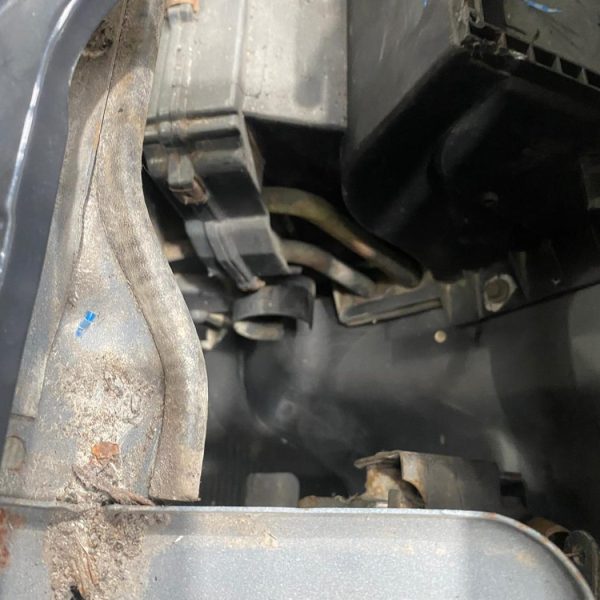

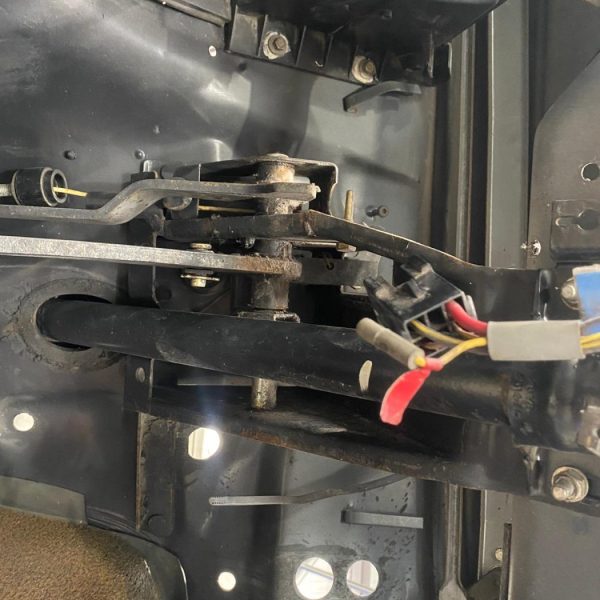


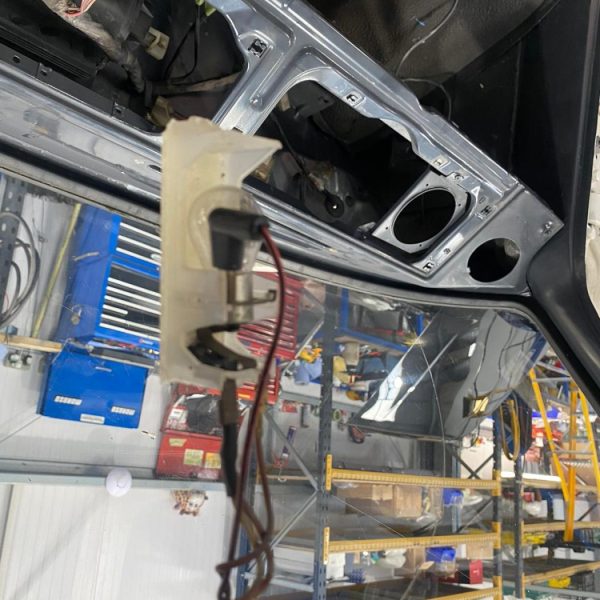


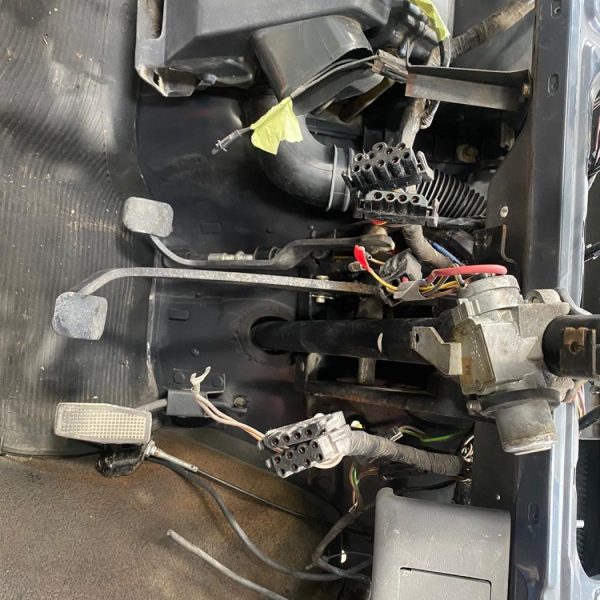
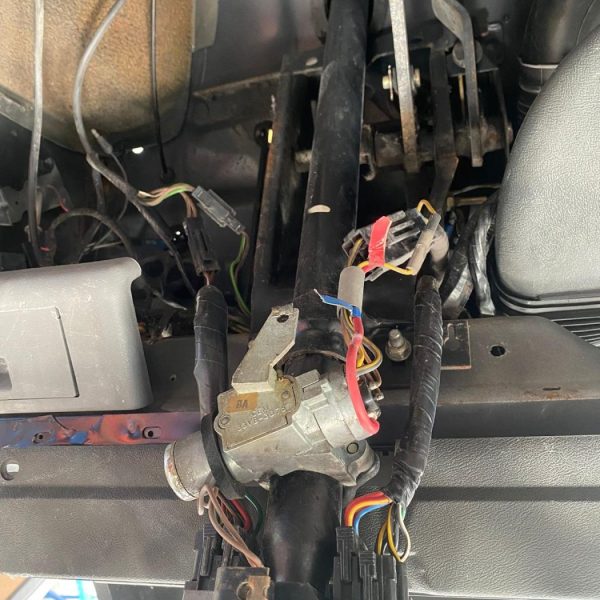
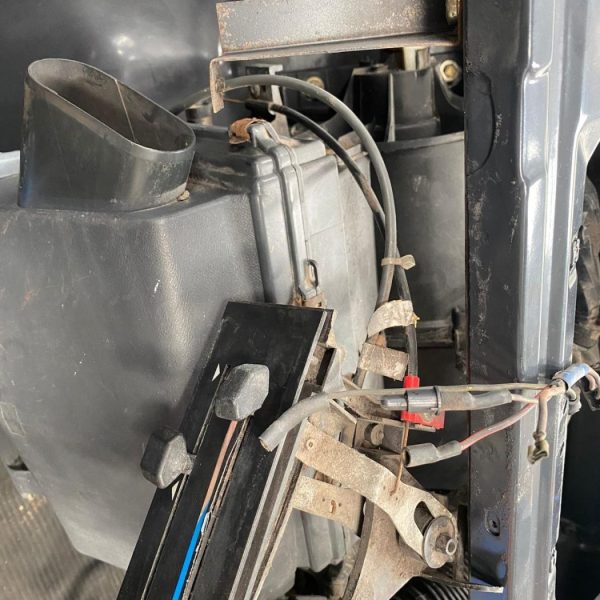

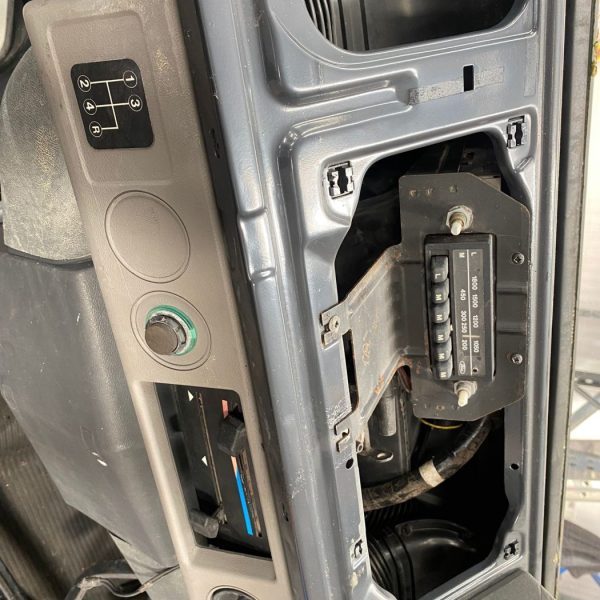

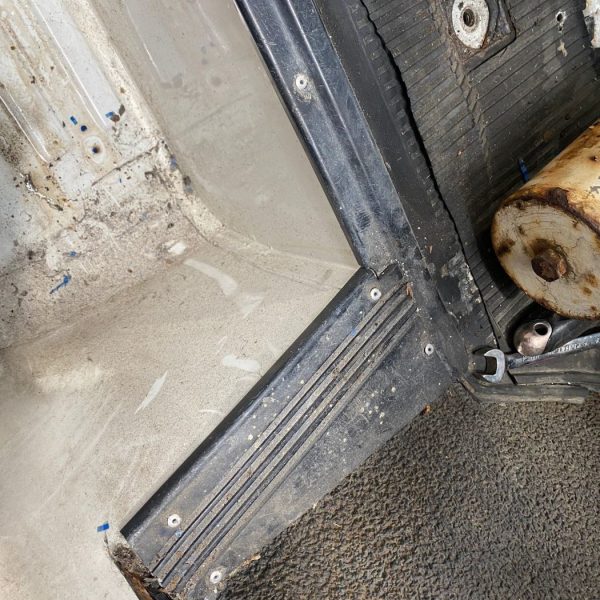



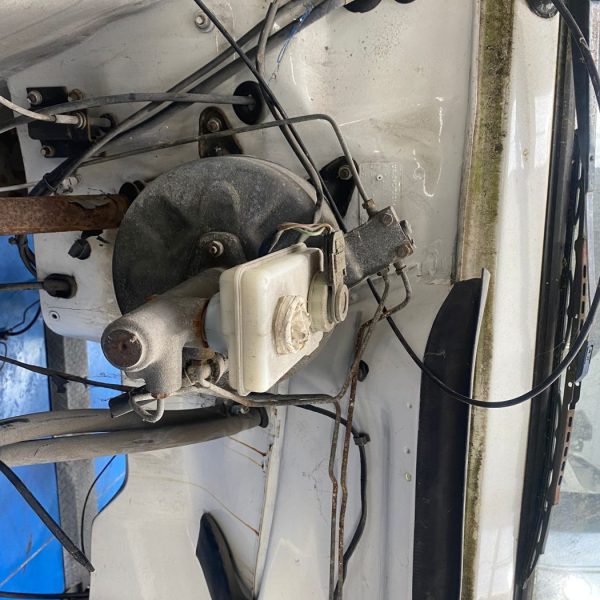




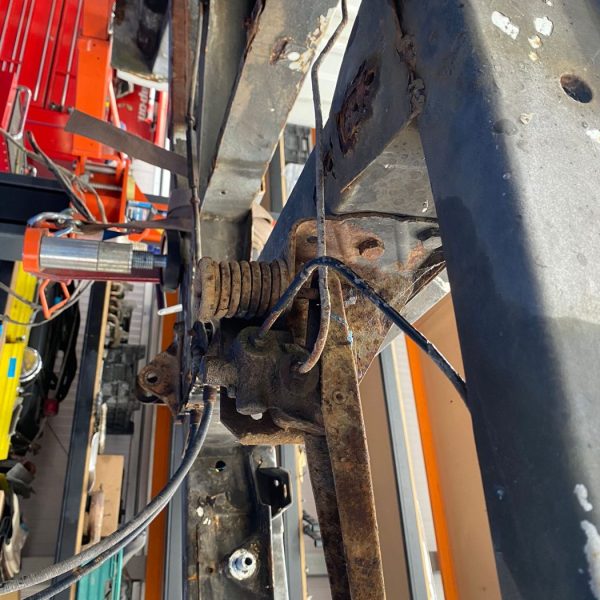
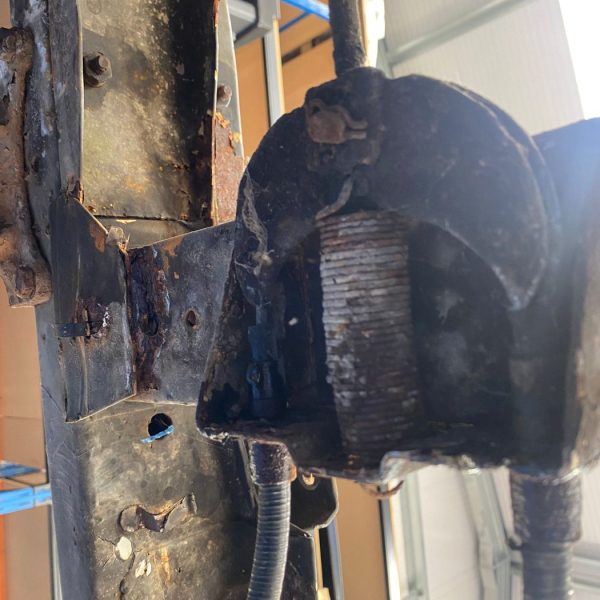

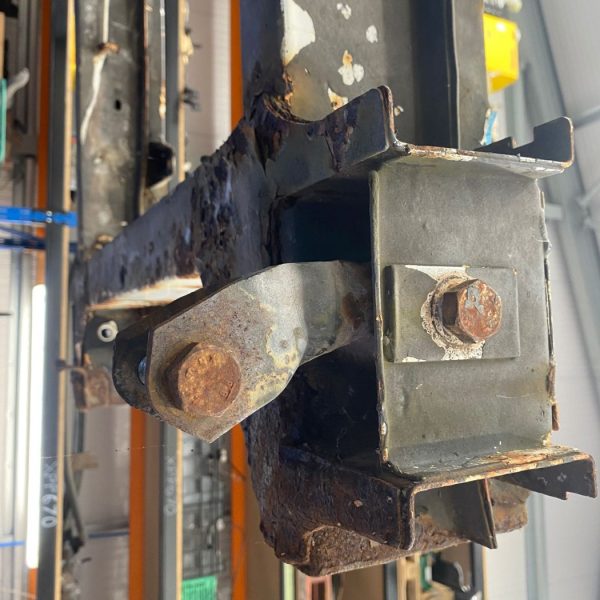



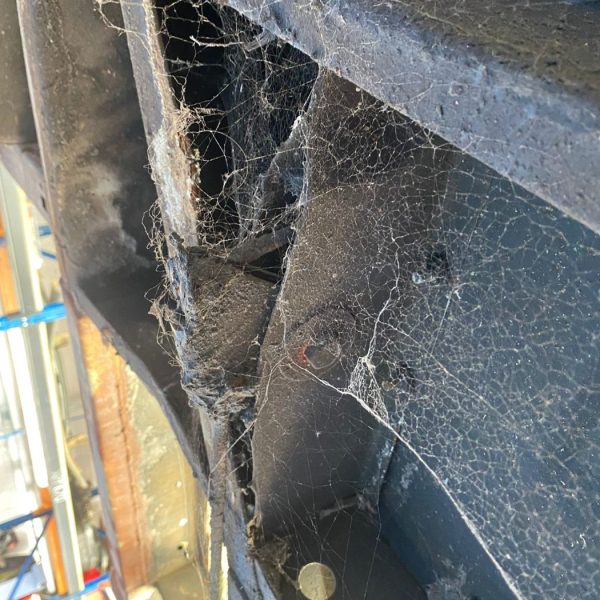

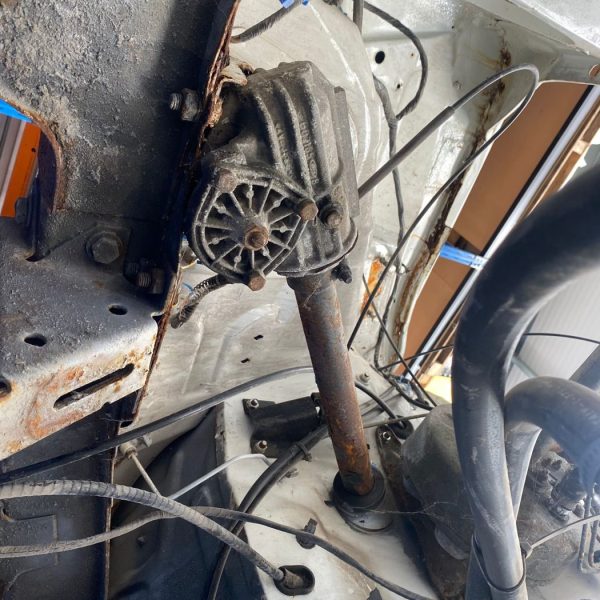
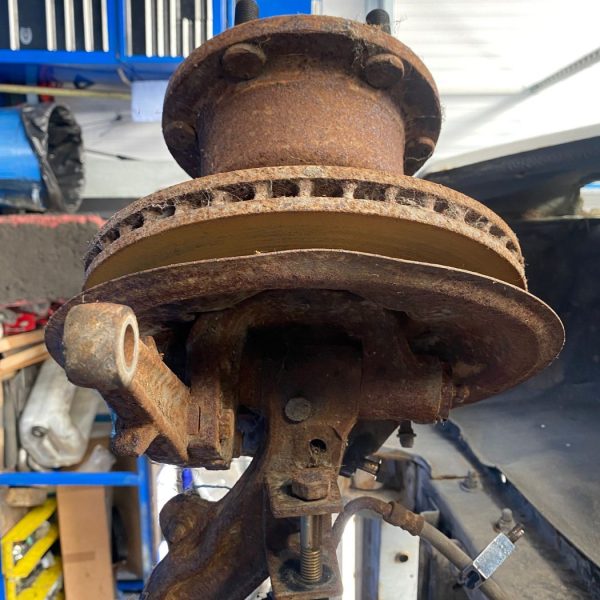
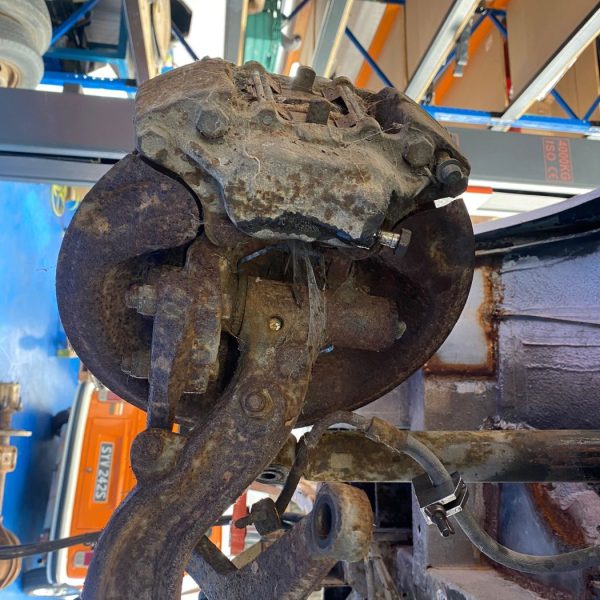


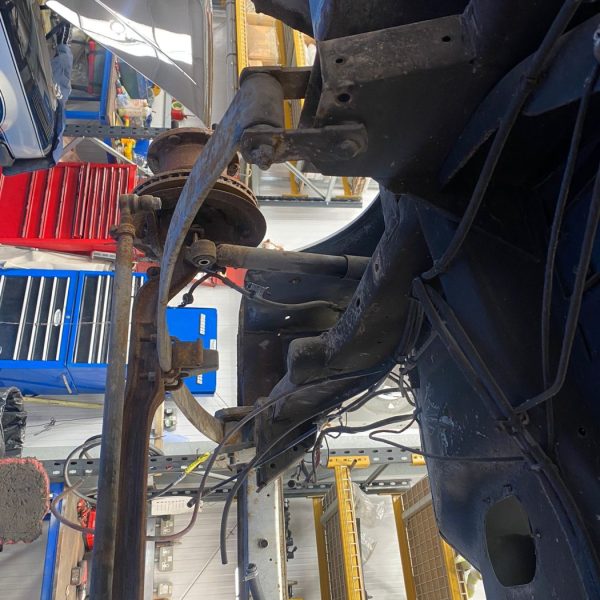
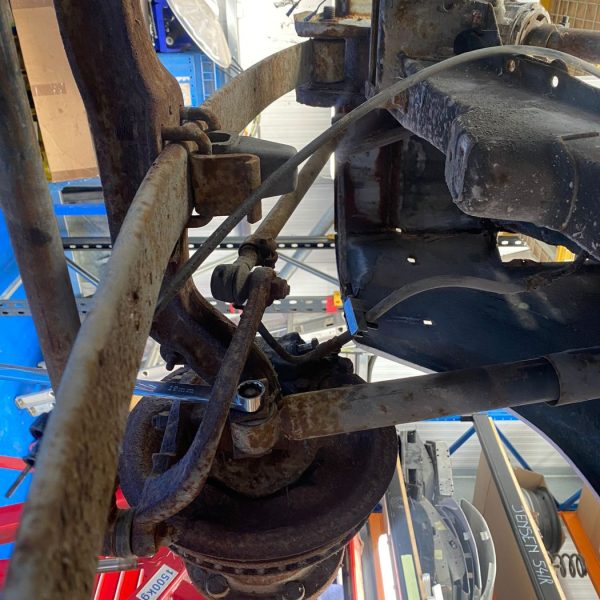
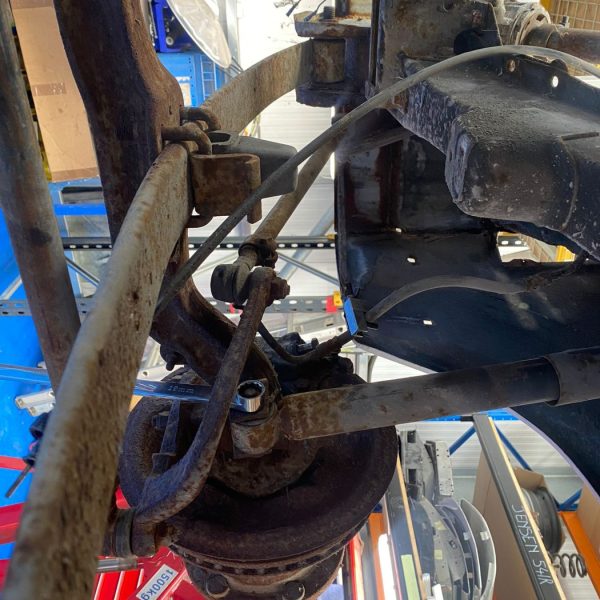
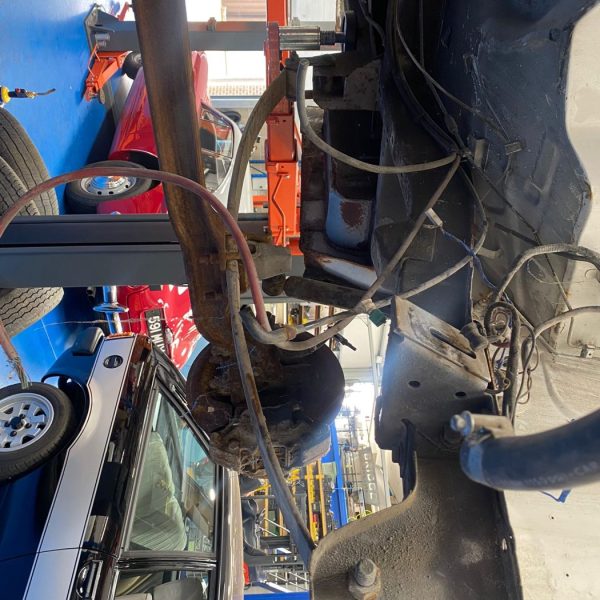



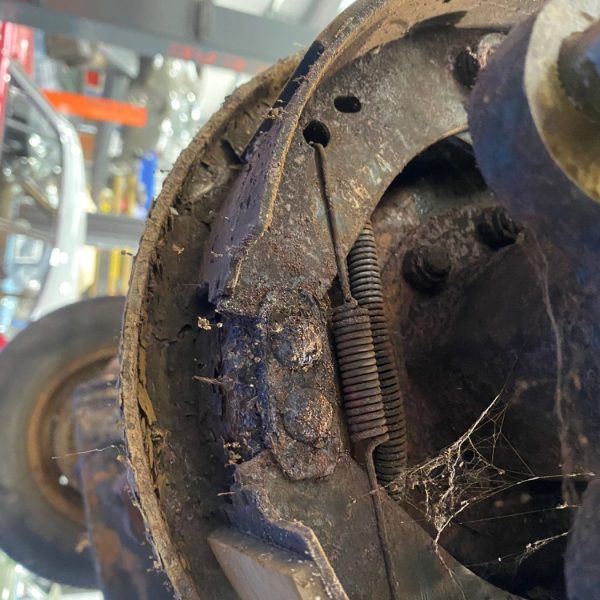
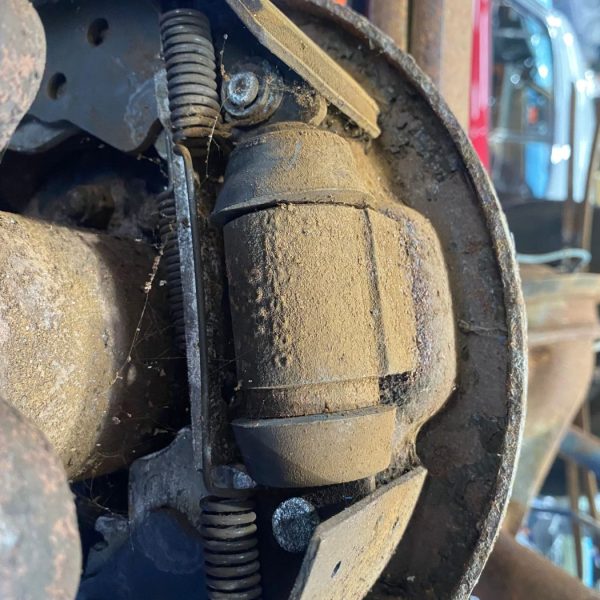






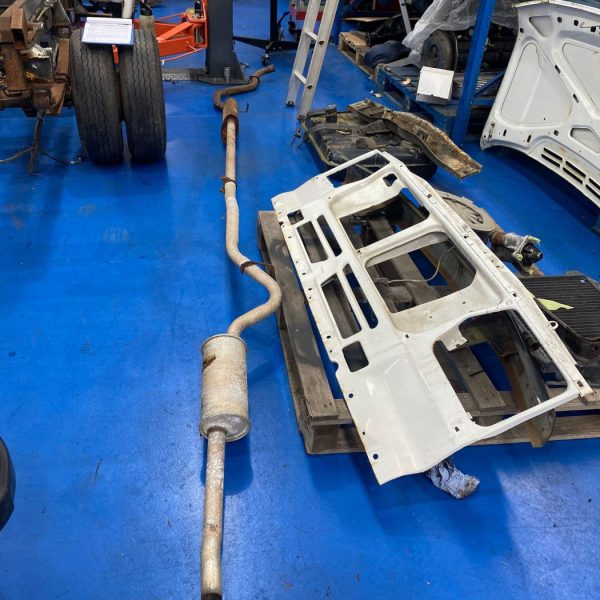
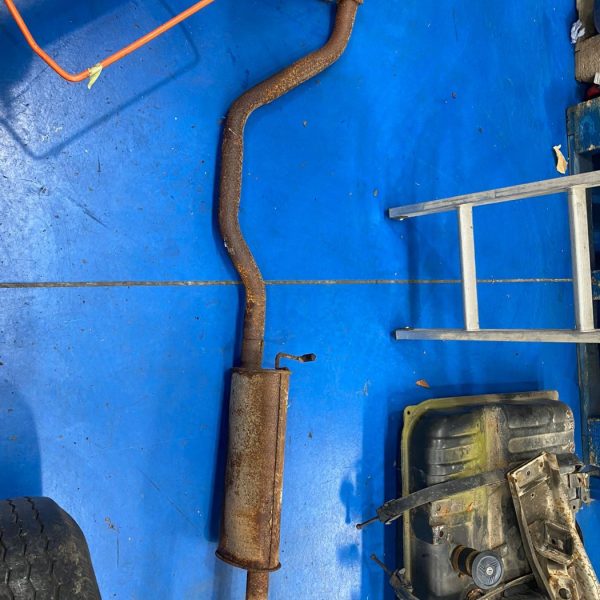




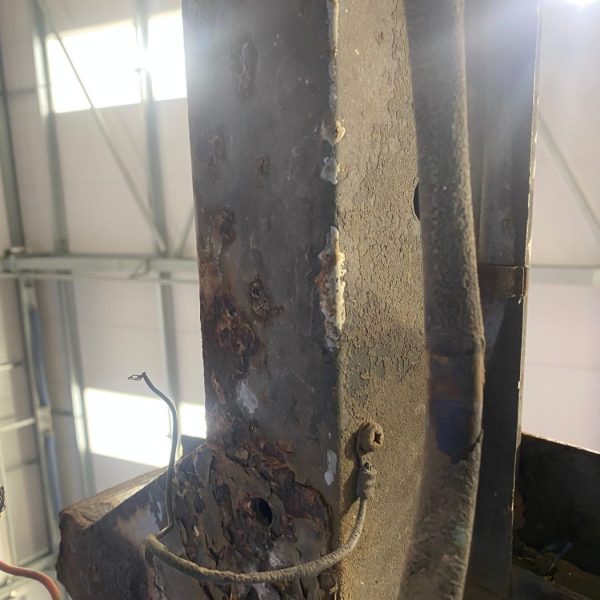

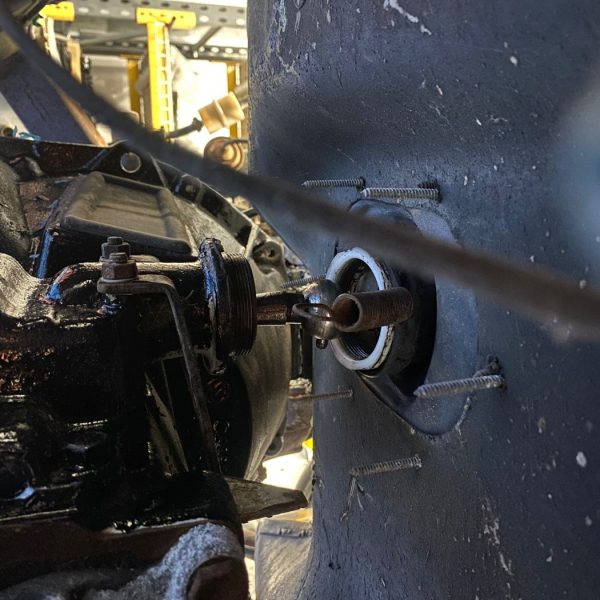

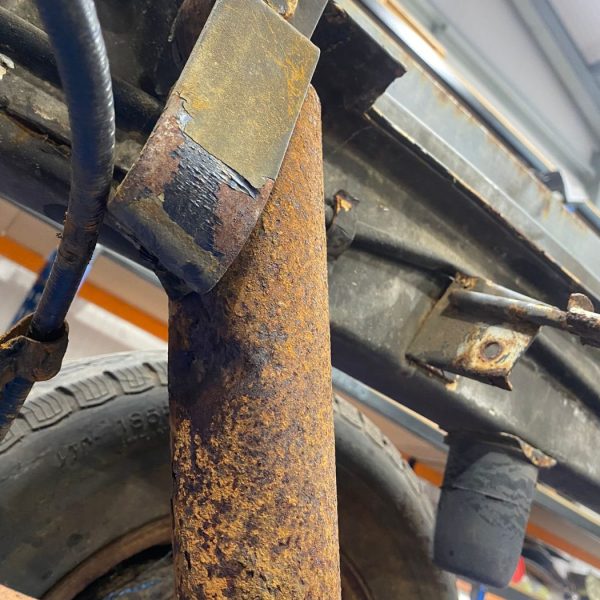



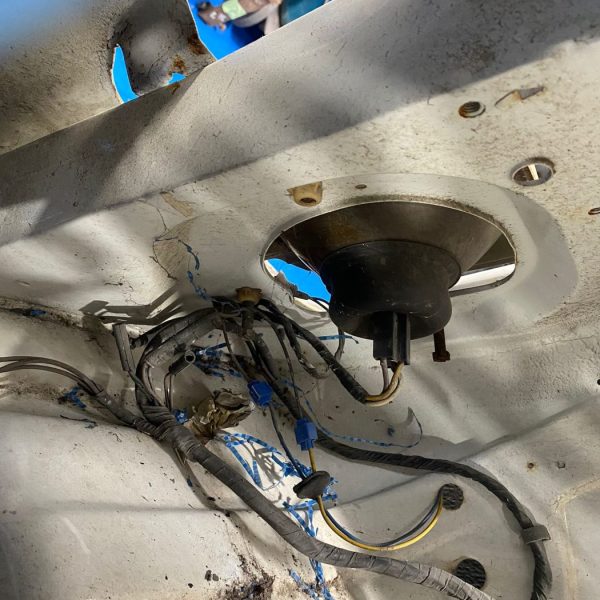
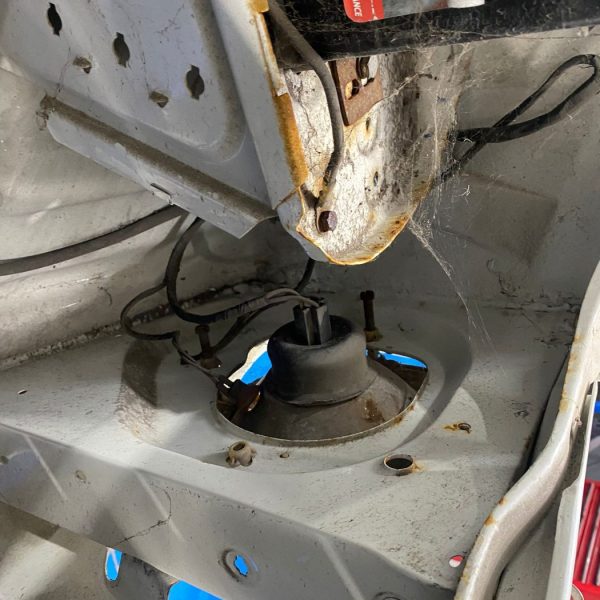
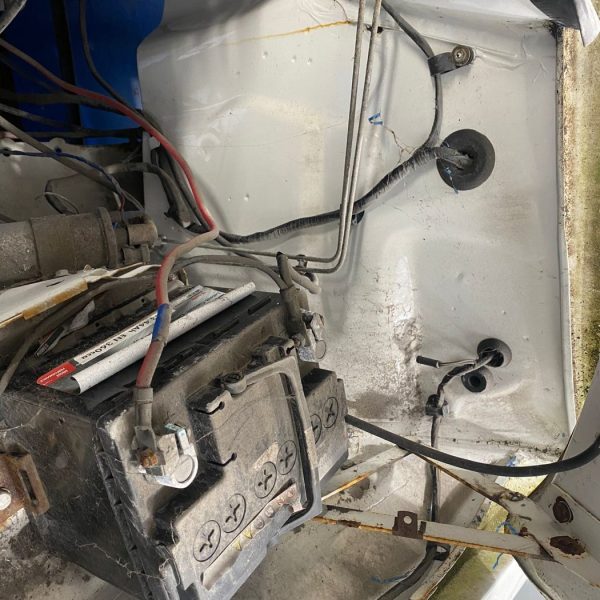

After being stripped and undergoing some repairs on its bodywork, our 1964 Daimler 250 V8 has continued its time in the Bridge Classic Cars paintshop with Chris.
Chris first stripped the paint from the classic Daimler in preparation for it to have epoxy primer applied. There was also some filler work that needed to be completed before the car moved into final primer.
After being primed, our Daimler 250 was prepped for its final coat of paint. Once all of Chris’s preparations were complete, he then moved on to applying the colour to the freshly primed body.
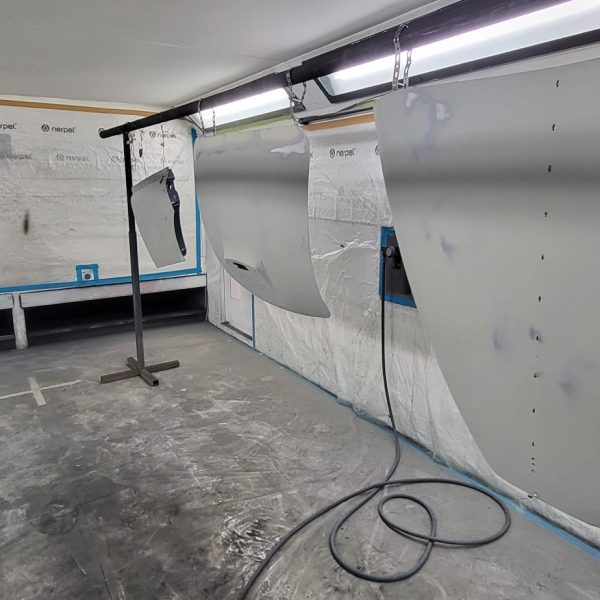


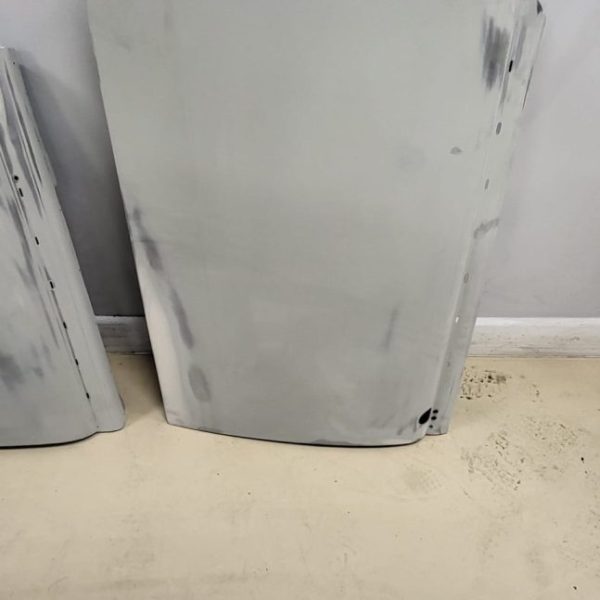

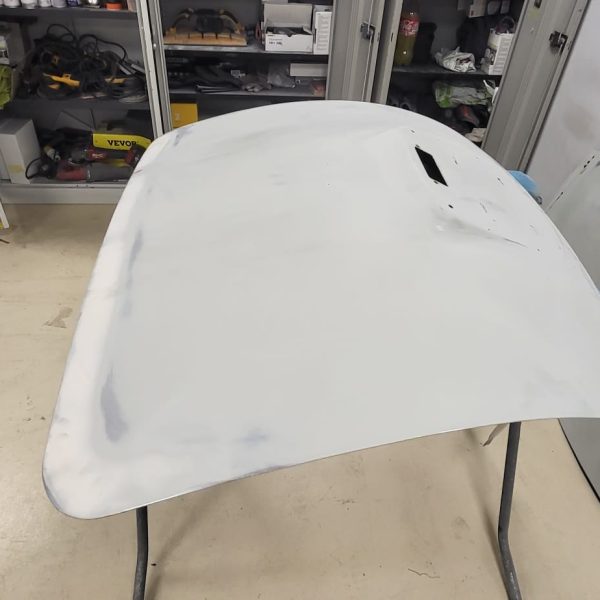

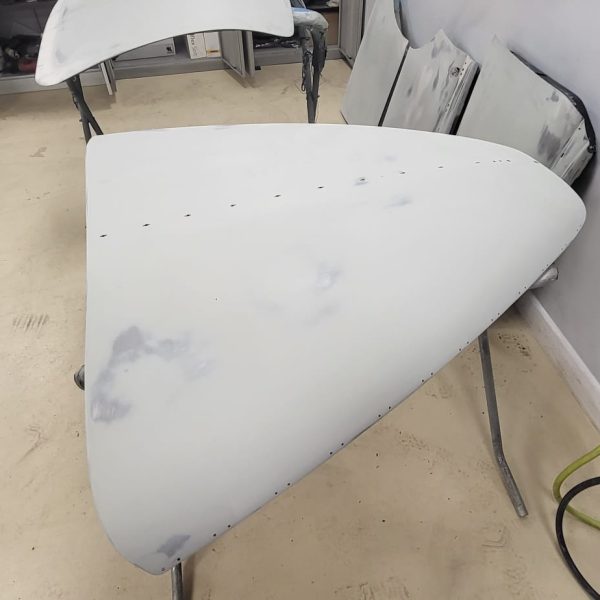




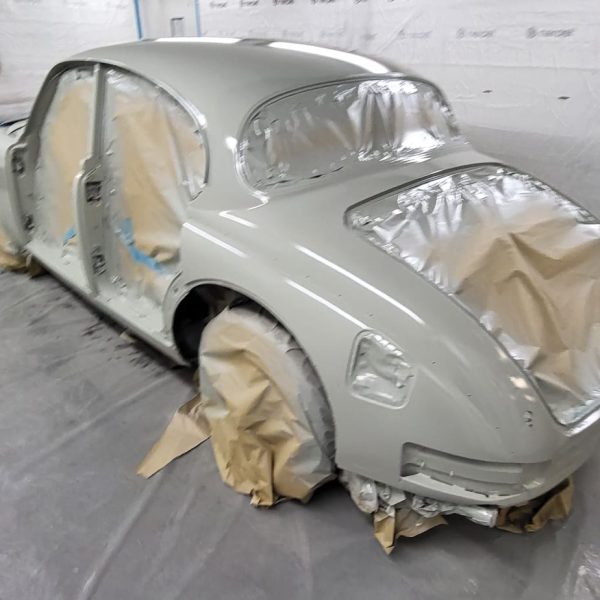

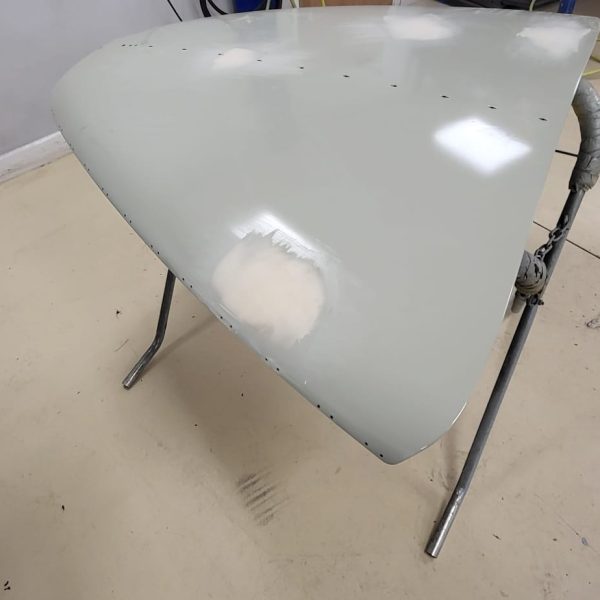
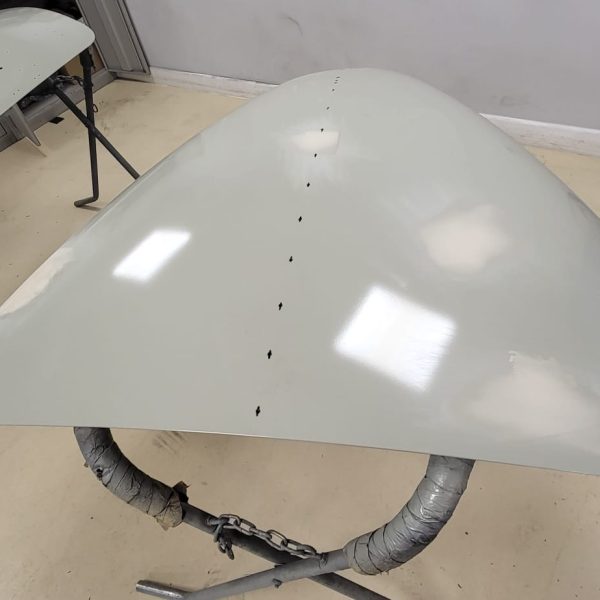


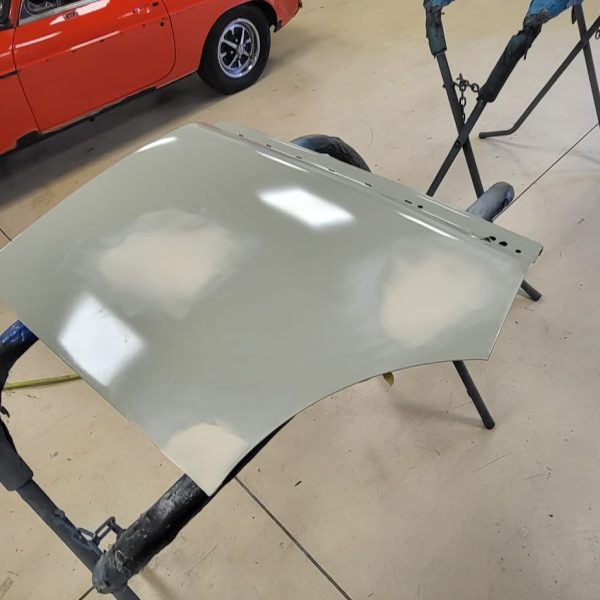


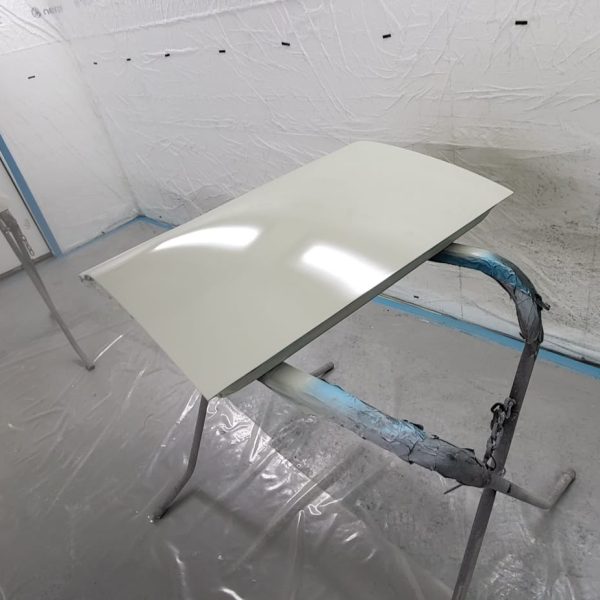


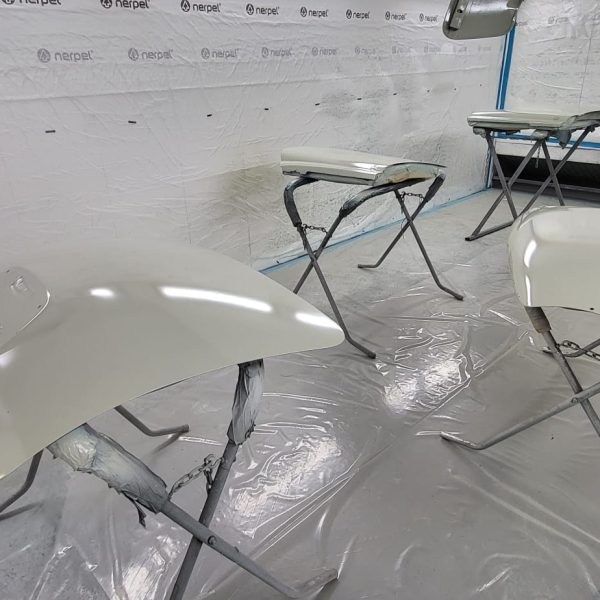


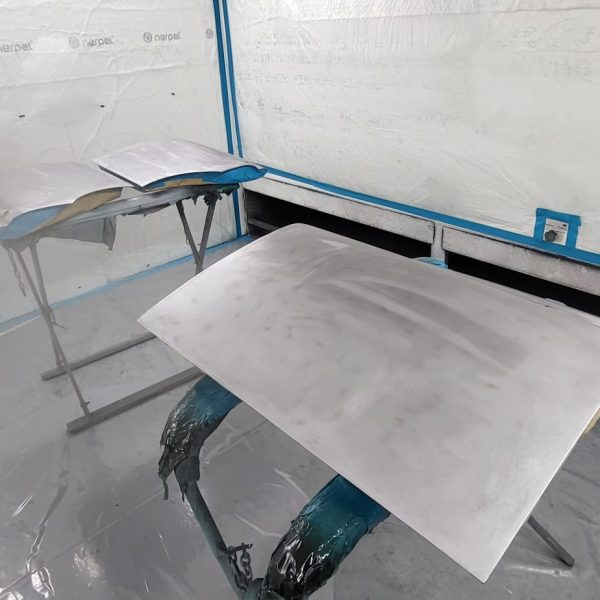
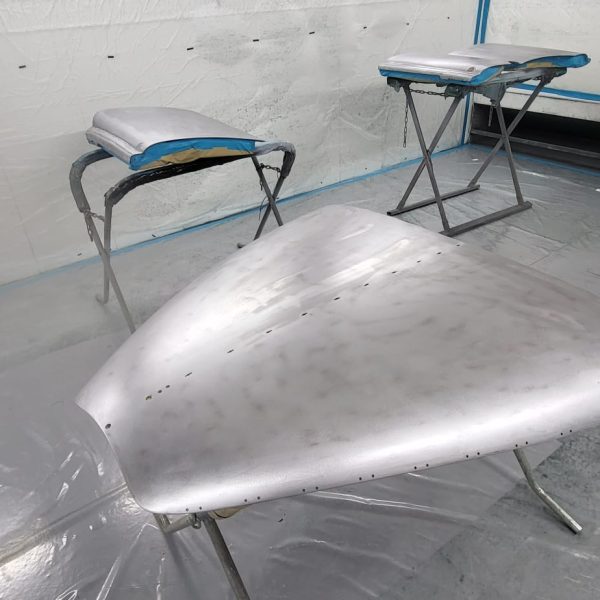


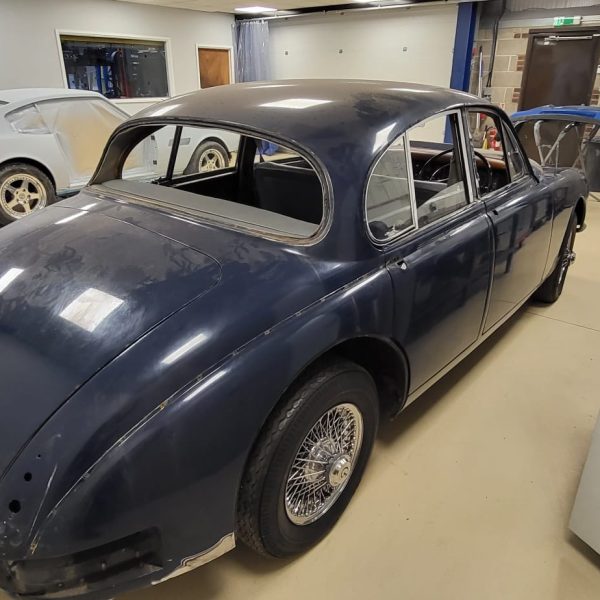


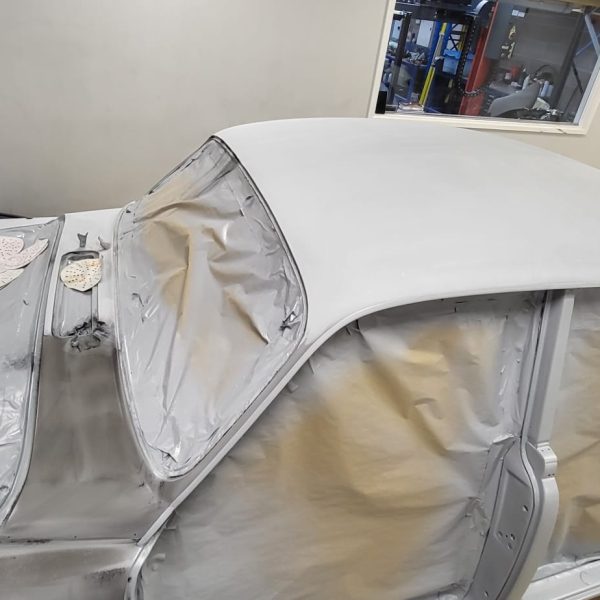
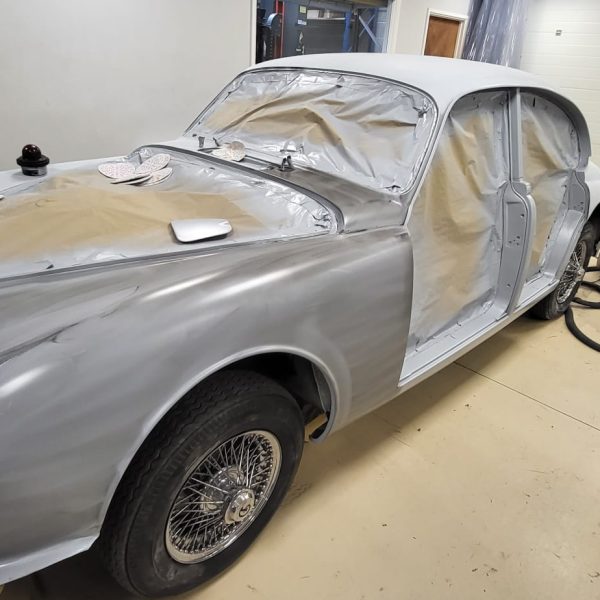



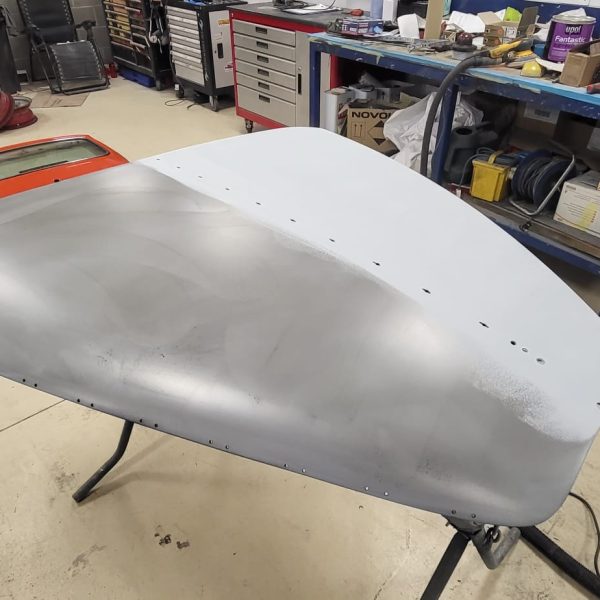

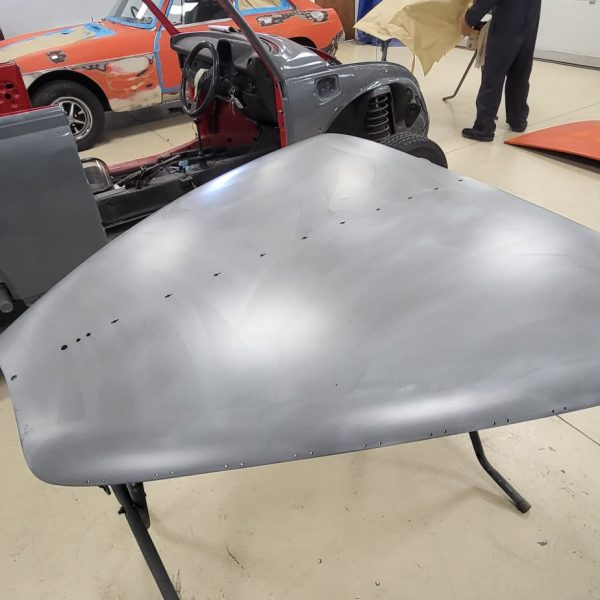


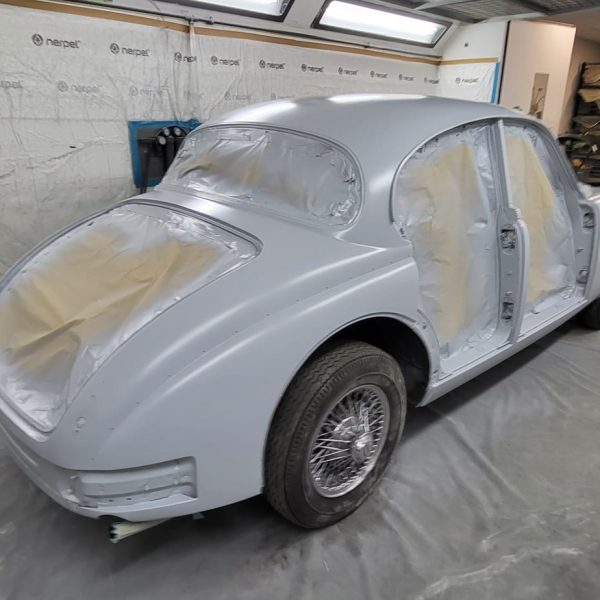
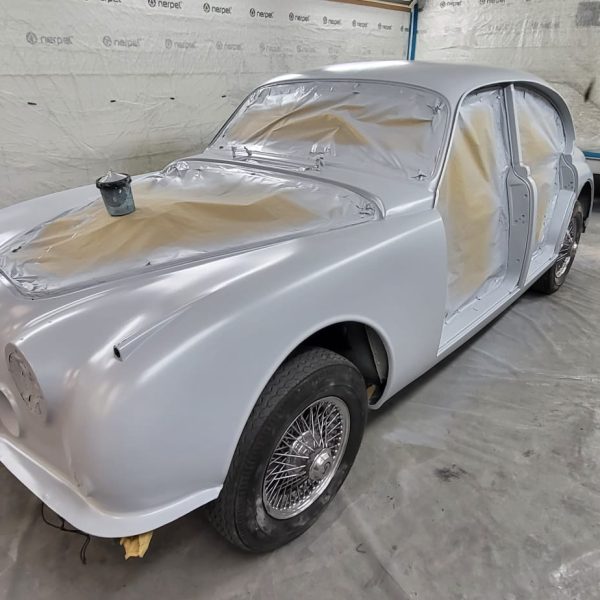

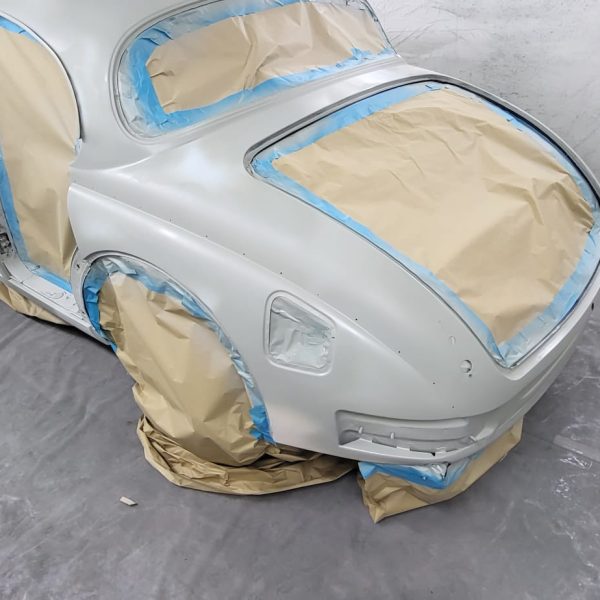

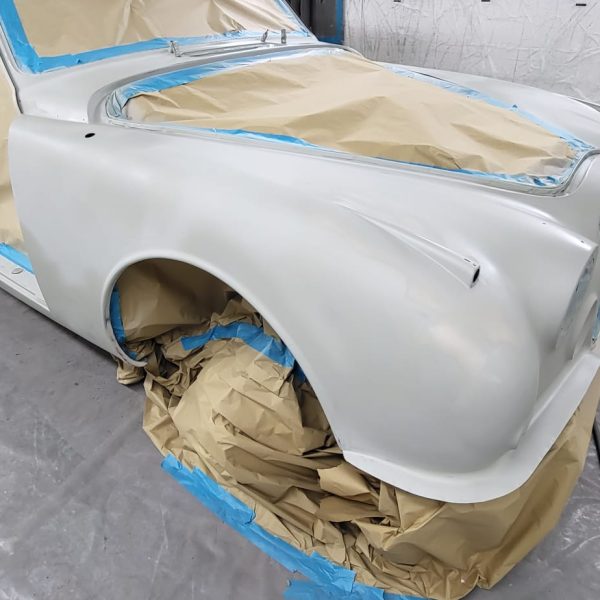




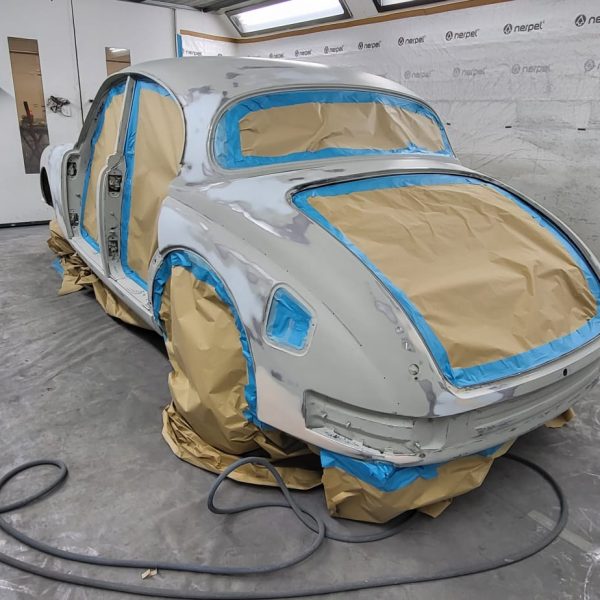

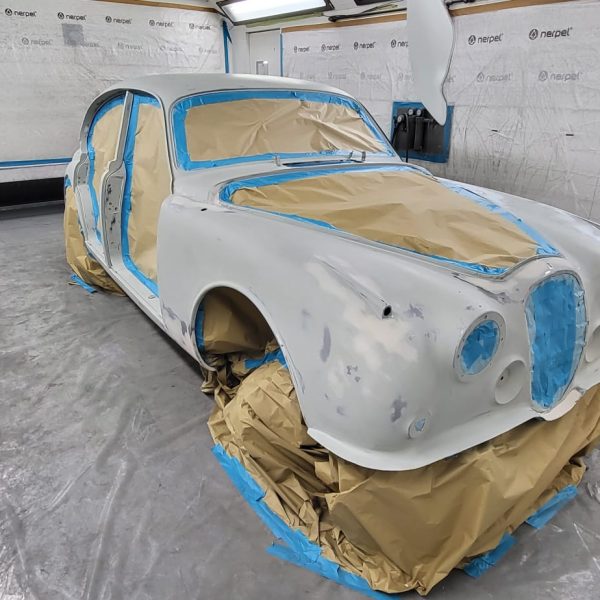



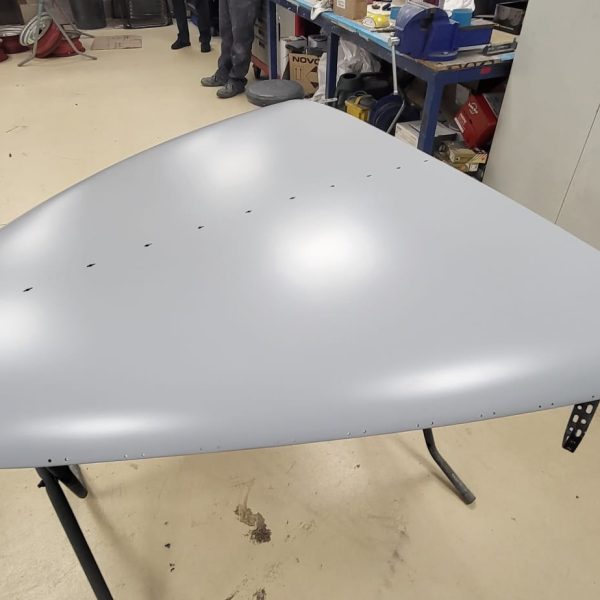

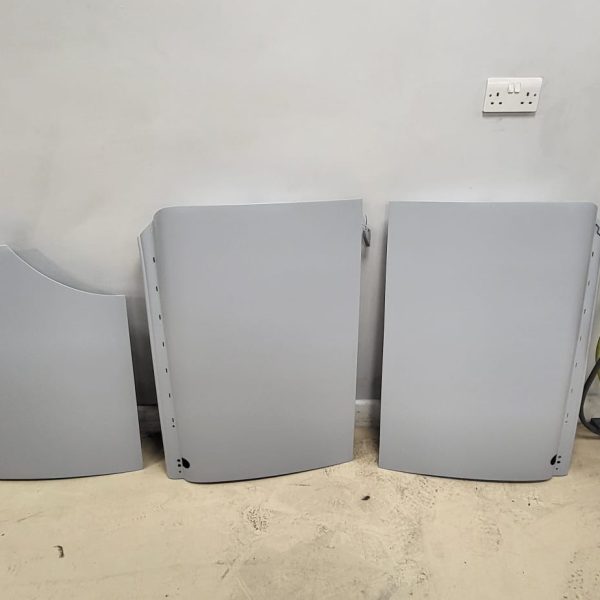

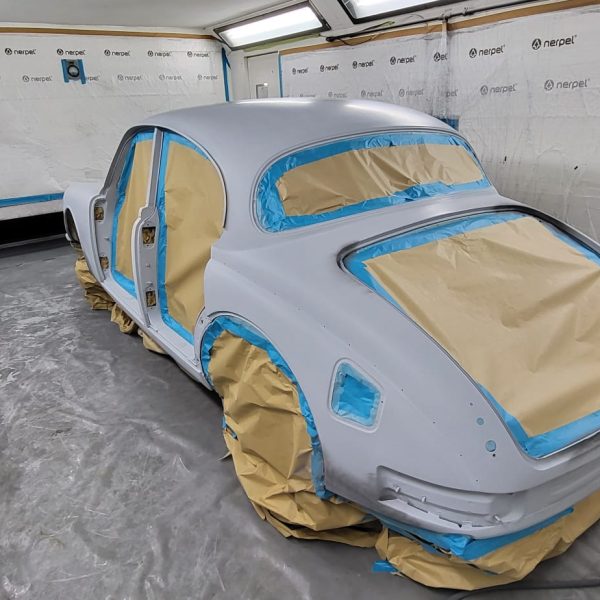


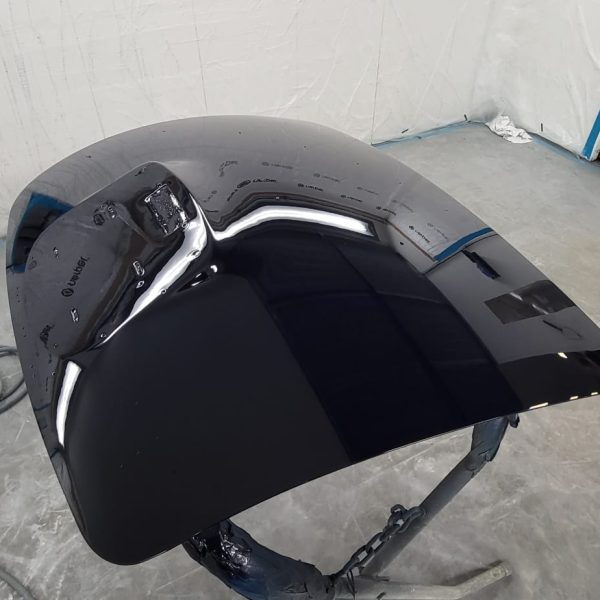
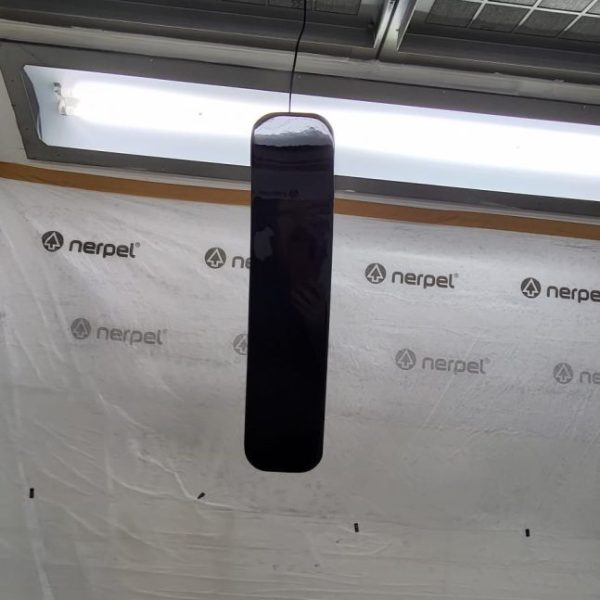





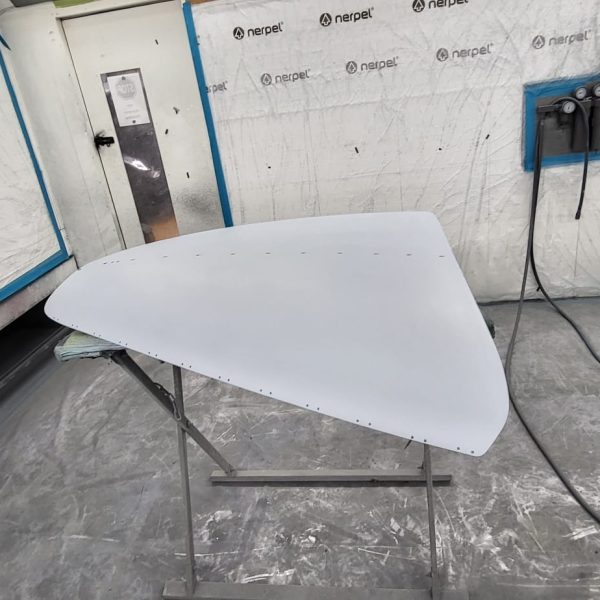


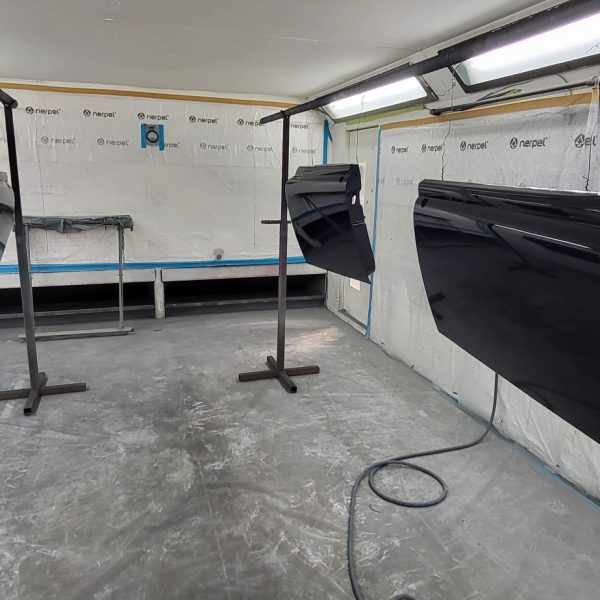
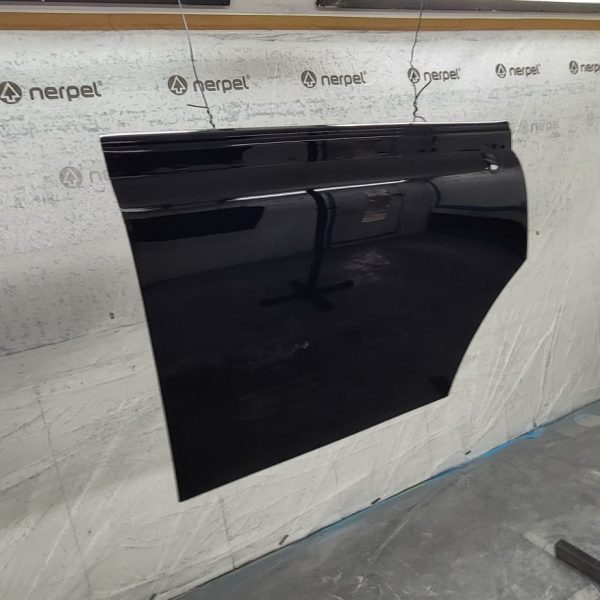
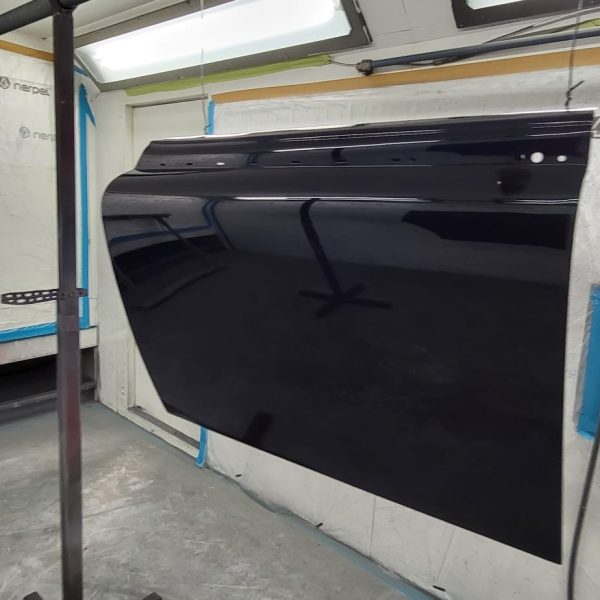

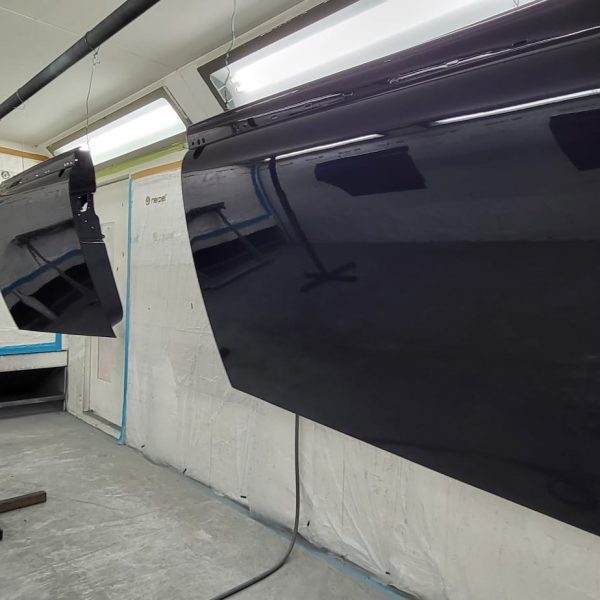
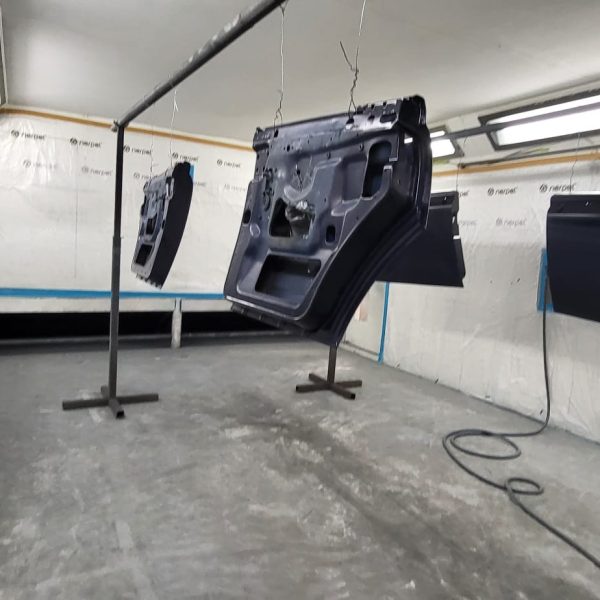
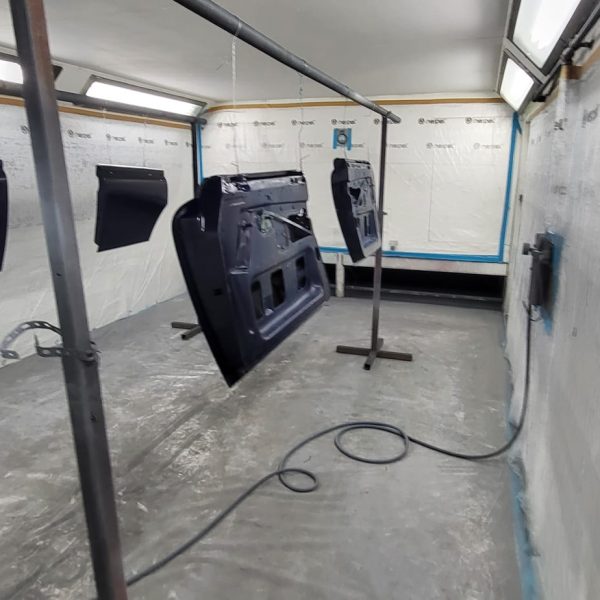

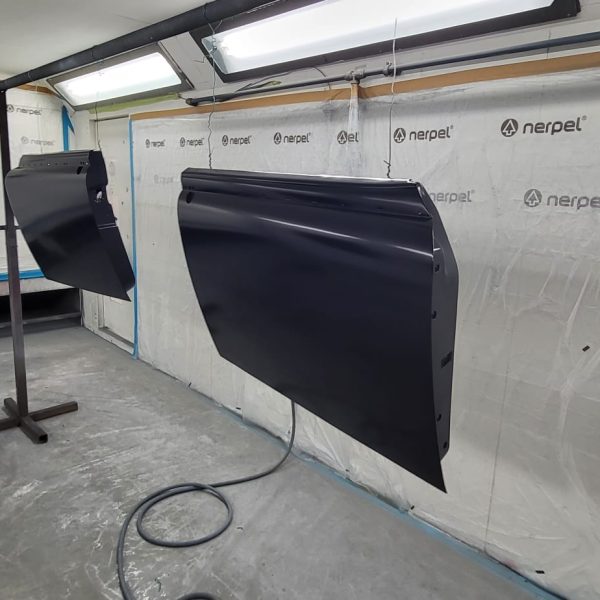
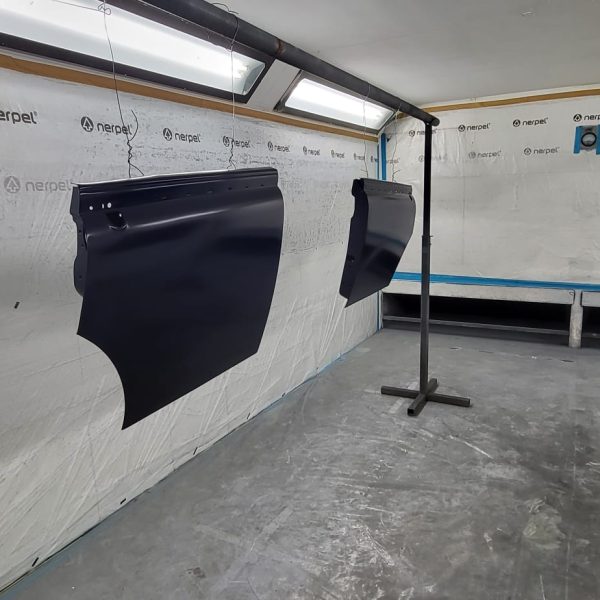

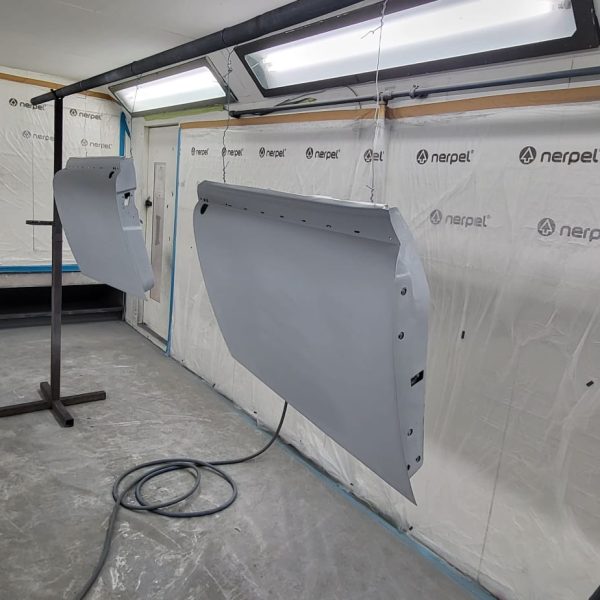


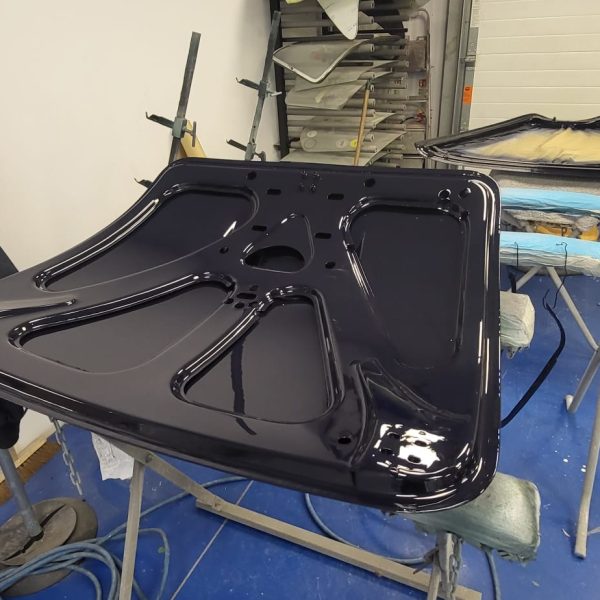

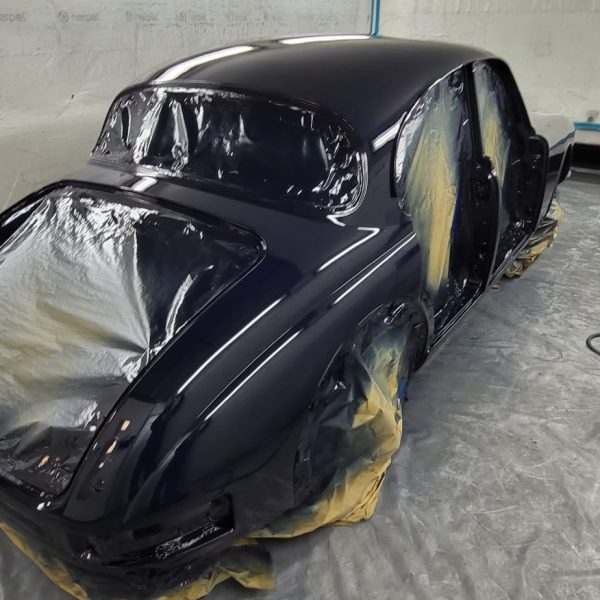
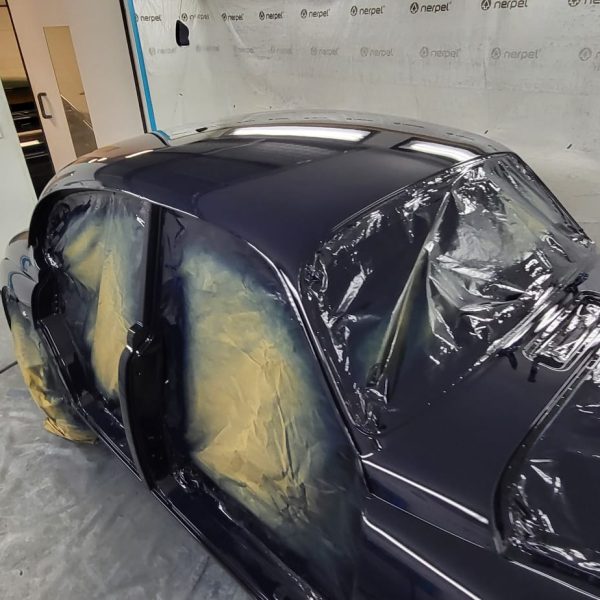
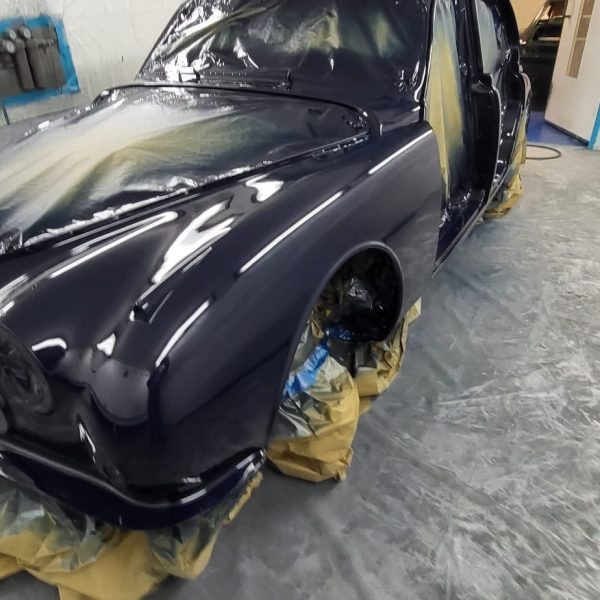


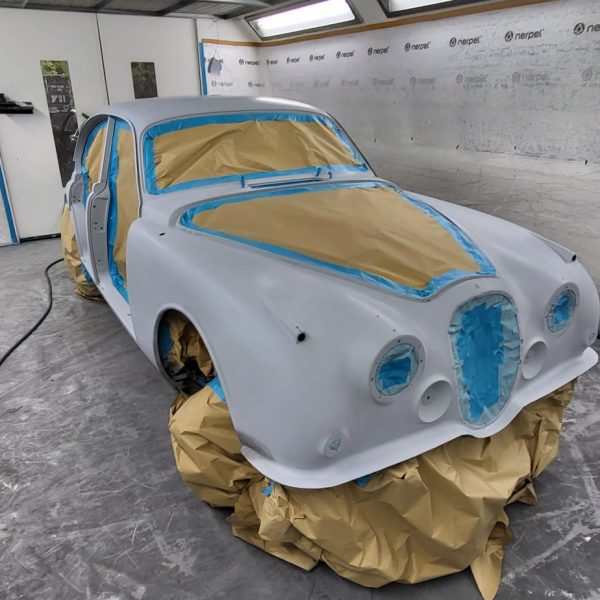
Episode 2 of Talking Classics with Bridge Classic Cars goes live tonight at 7 pm.
Nick talks about our 1998 Lotus Elise S1, Craig talks to Elisa Artioli – the namesake of the Elise, and Molly and Nick discuss their 3 favourite Lotus cars.
We also take a look back at the very special competition for Lotus Elise Sport 240 Final Edition that helped us raise £100,000 for charity.
You can watch the new and previous episodes on the Bridge Classic Cars YouTube Channel.
Unfortunately, since returning to the Bridge Classic Cars workshop, our 2005 Aston Martin DB9 has picked up a little bit of damage.
However, our team of technicians will be able to repair the small area that has been affected and our DB9 will soon be looking as good as ever.
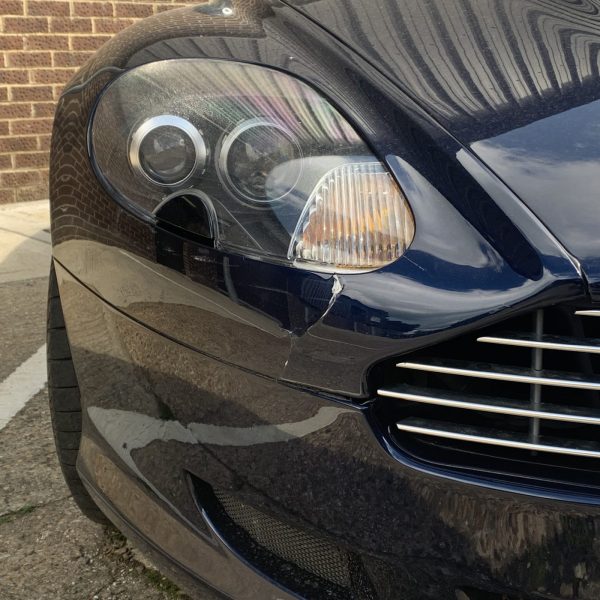
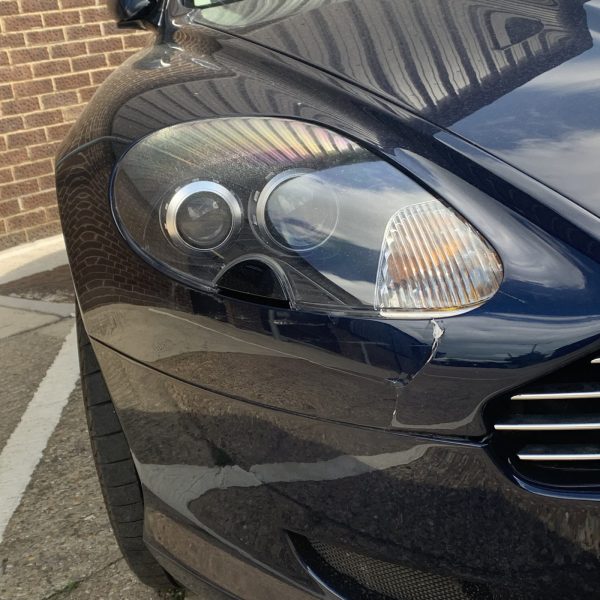


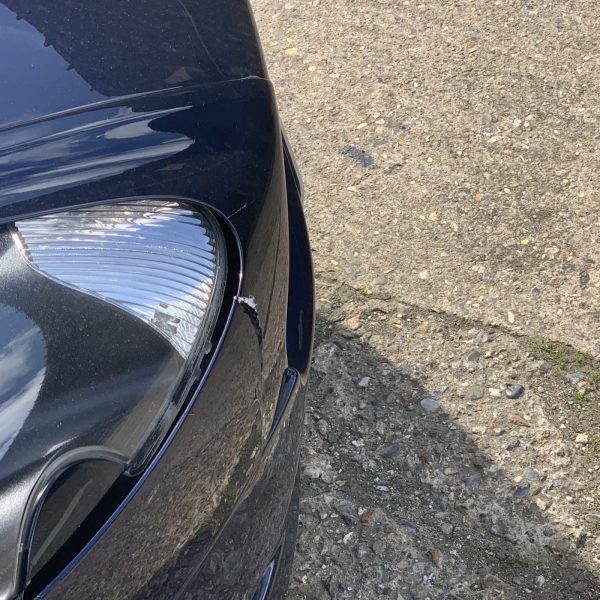
The wooden body of our 1905 Riley 9HP has returned and has been put in place on the chassis of this potential prototype vehicle.
After finding out that our Riley is likely even rarer than we initially thought, it’s great to be able to preserve so much of the original bodywork as we work to restore and bring this historic vehicle back to life.
As the bodywork was carefully lifted into place, you can clearly see the shape of the car really starting to come together.
Now that the body is back with us, the restoration can continue as our Riley 9 gets one step closer to driving out of the Bridge Classic Cars workshop.

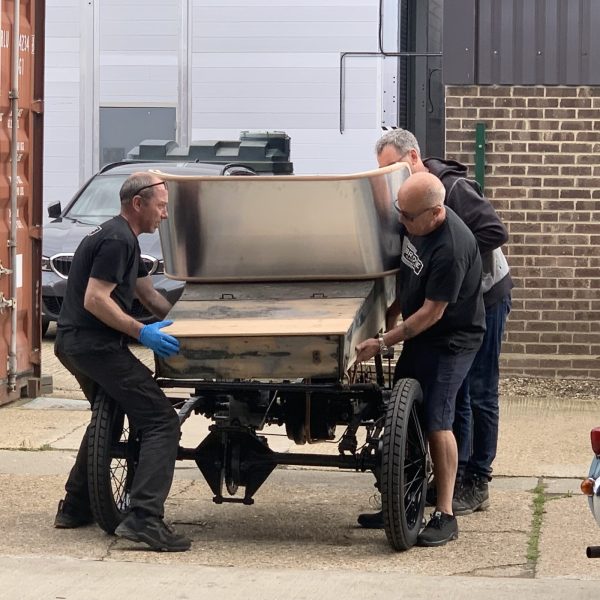


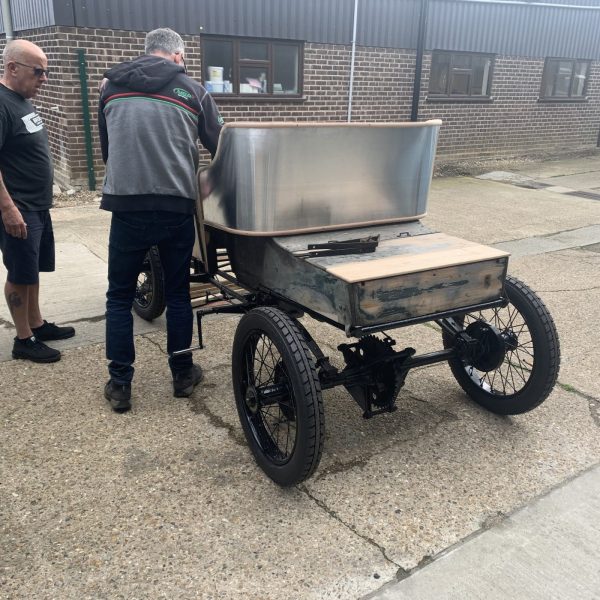

Our very own Molly and our 2000 Toyota Regius Camper were recently featured on the Badass Customs International Facebook Page.
It’s always nice to see our vehicles and stories being shared so we appreciate this a lot.
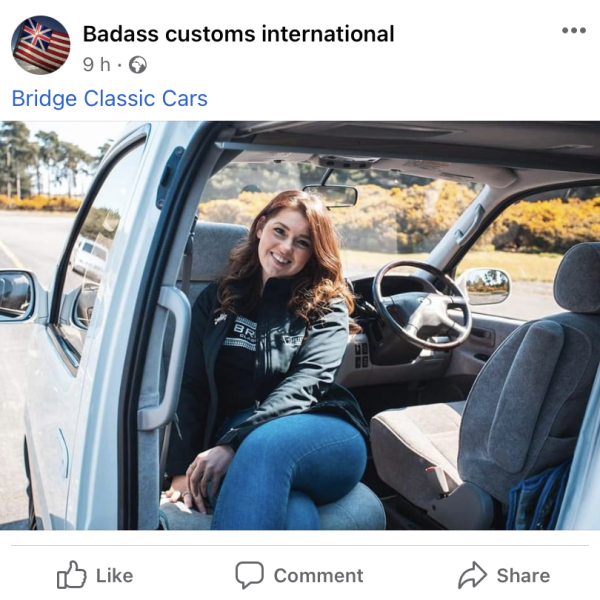
When William Gordon won our 1958 Austin-Healey ‘Frogeye’ Sprite through Bridge Classic Cars Competitions, we took a long drive up to Scotland to deliver his new classic car to him.
When we arrived, it wasn’t long until we noticed another Frogeye quietly poking its head out from inside William’s garage.
What eventually happened was that William’s new Frogeye (that he had recently won) left our trailer, and the Frogeye he already owned was put on the now empty trailer and made the journey back down to Suffolk with us.
Now that it is here in the Bridge Classic Cars workshop, it will undergo a thorough assessment and inspection before hopefully becoming another competition car in the very near future.




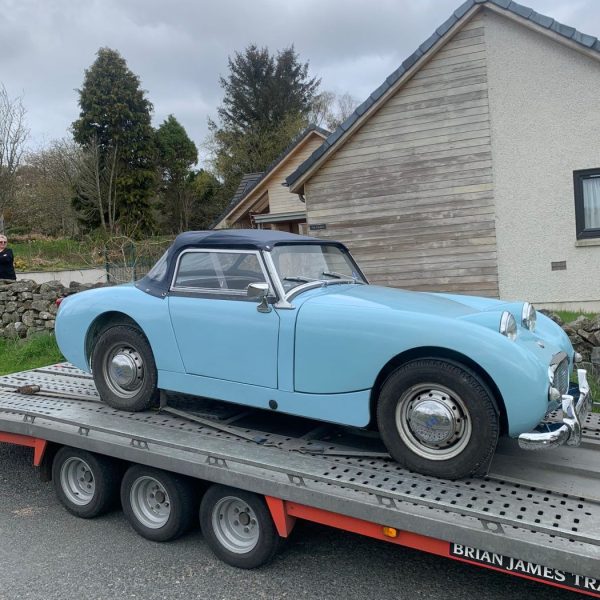
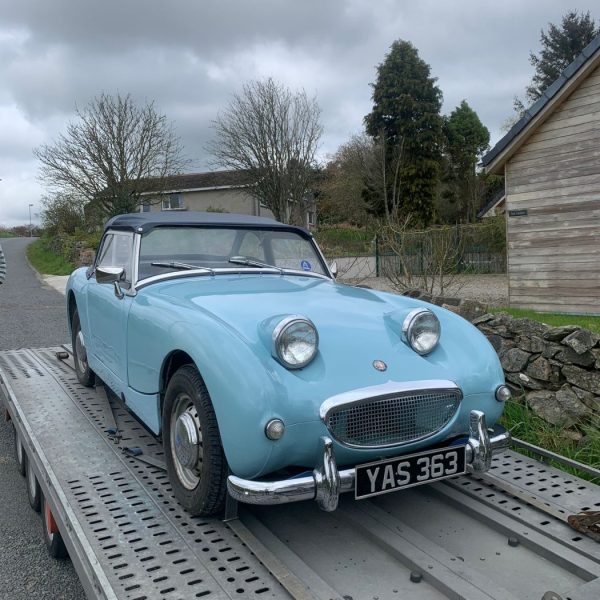
Bridge Classic Cars Competitions lucky winner, Steve Edge, is now the proud owner of his 2000 Toyota Regius Camper.
After his winning ticket number of 3009 was randomly selected in our live draw held on 9th May 2023, we delivered the camper to Steve at his home and he was very happy with it.
Everyone here at Bridge Classic Cars would like to congratulate Steve again and we hope that he enjoys plenty of summer days out in his camper!

Our 1968 Jaguar E-Type Series 1.5 continues to make progress as it moves closer to becoming a competition car through Bridge Classic Cars Competitions.
In this video, you can see what happened when it spent some time in the Bridge Classic Cars paintshop.
Bridge Classic Cars are award winning Classic Car Restoration and Maintenance specialists. Your pride and joy is in safe hands with our expert Classic Car Technicians. Take a look at our awards here.